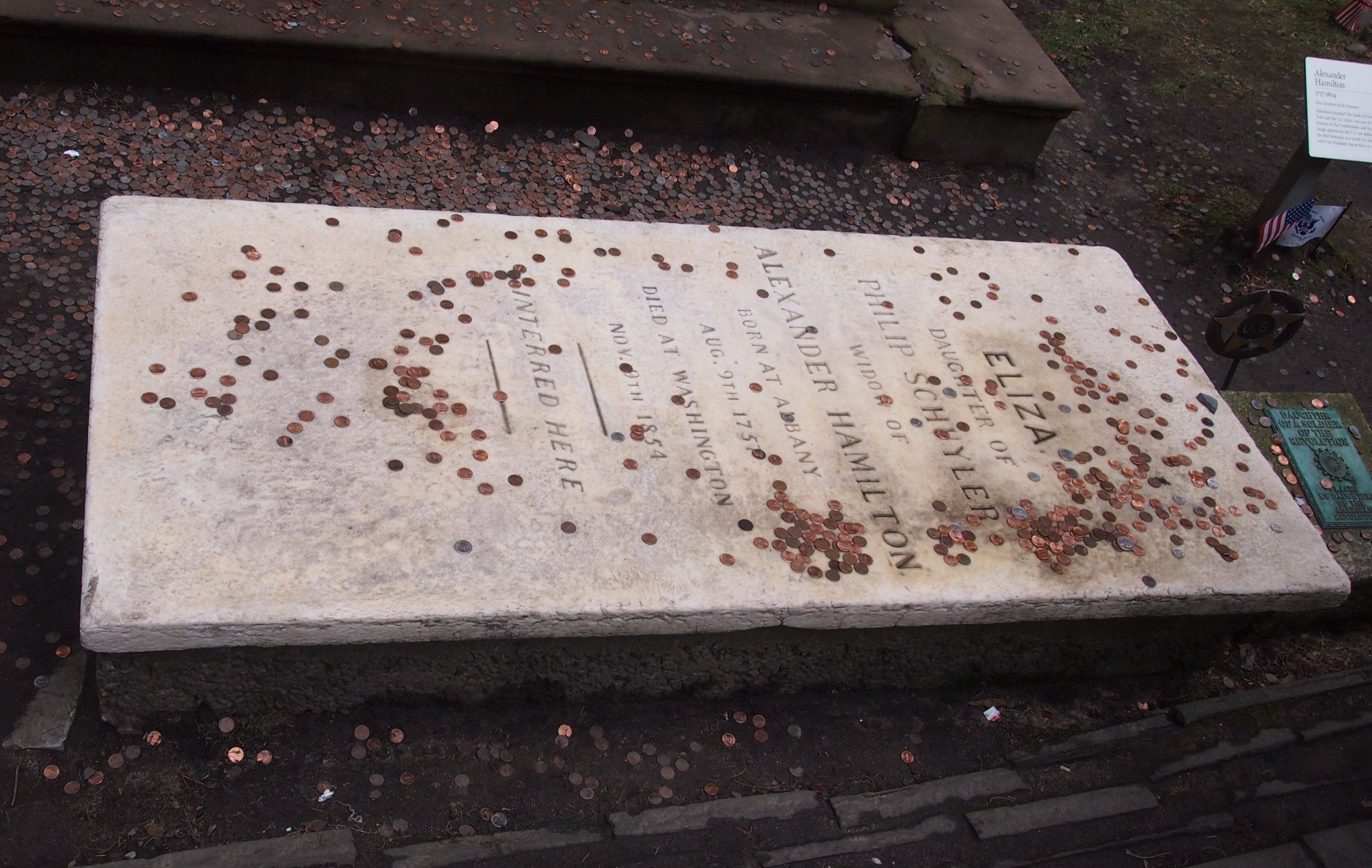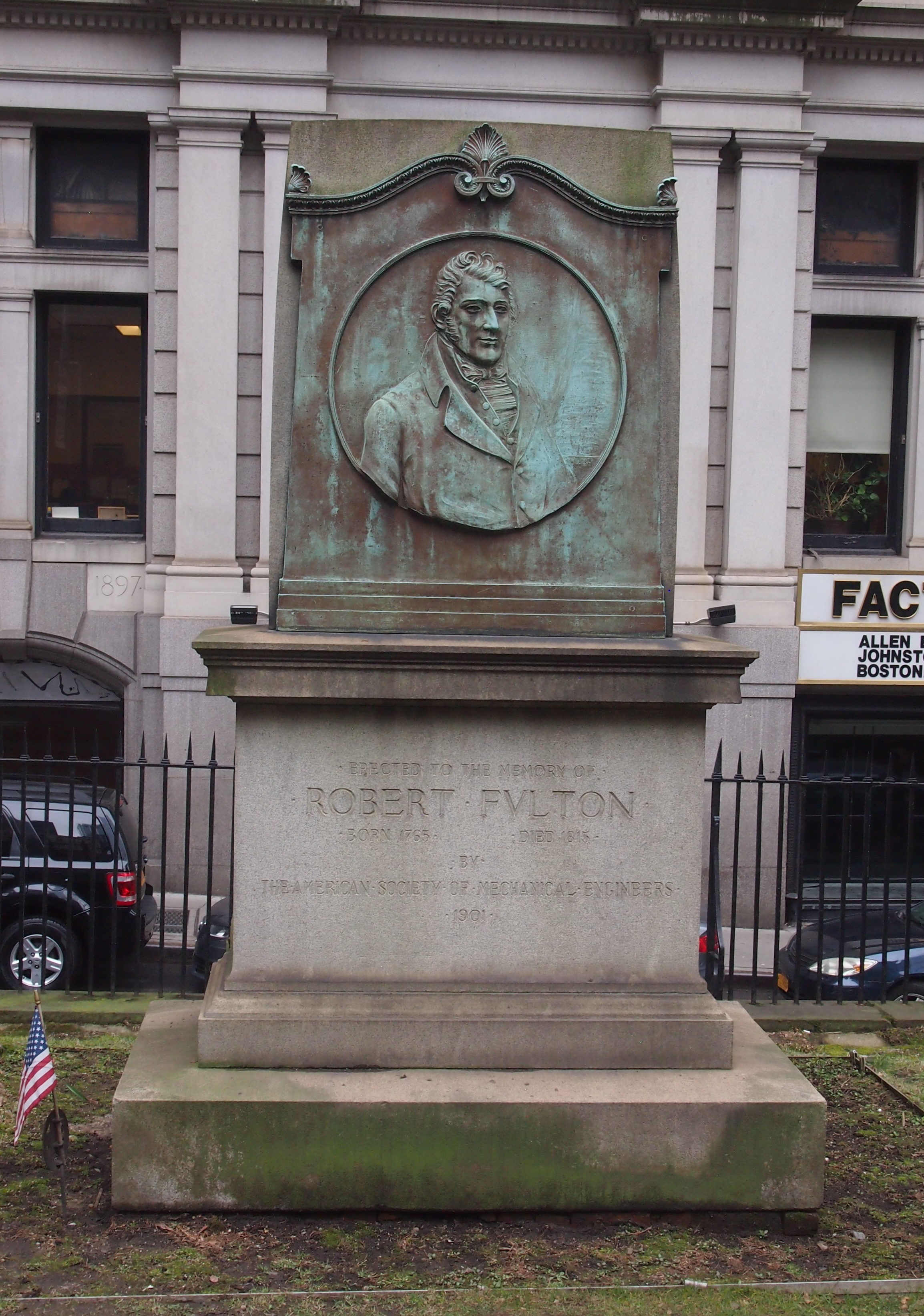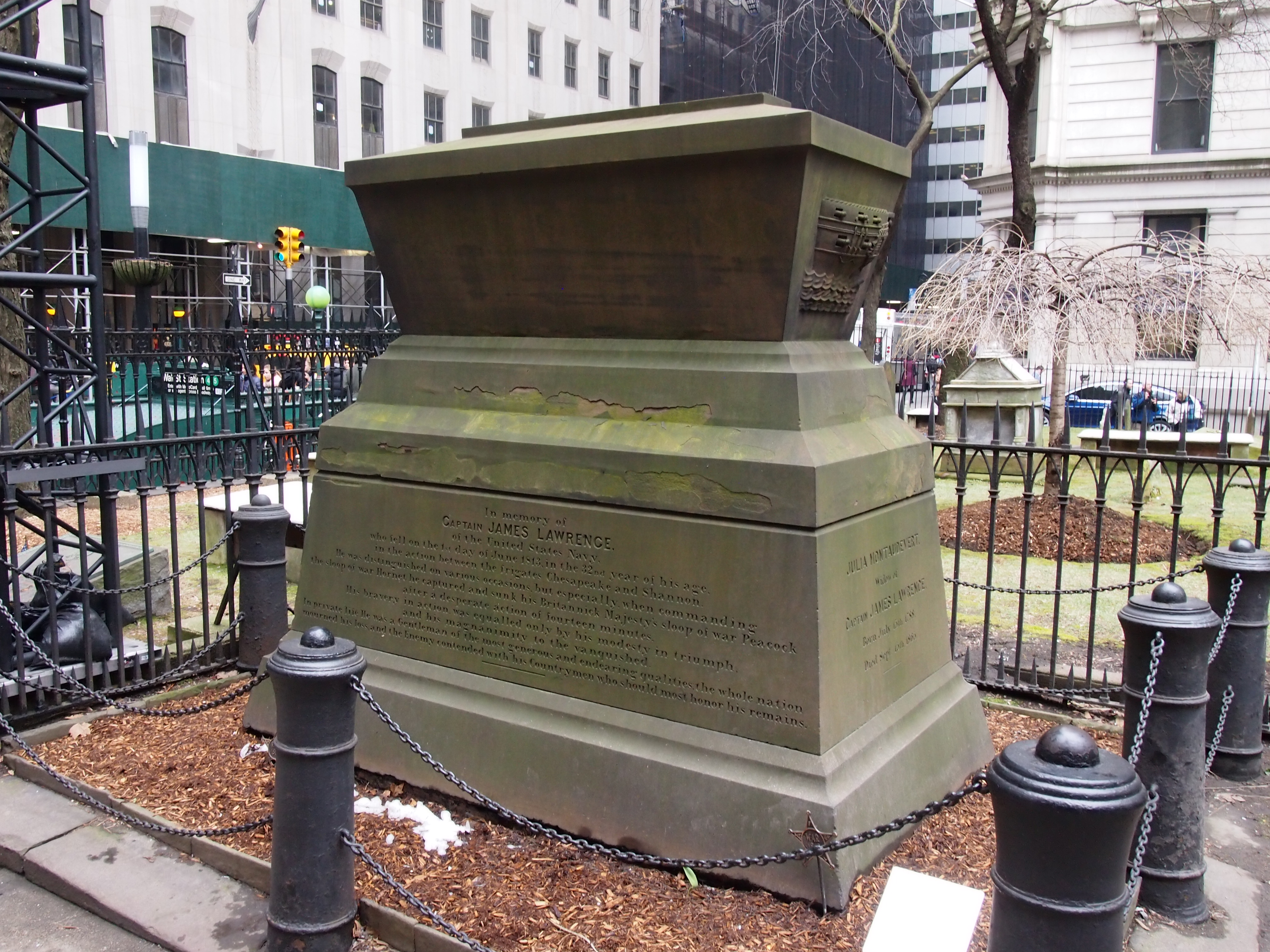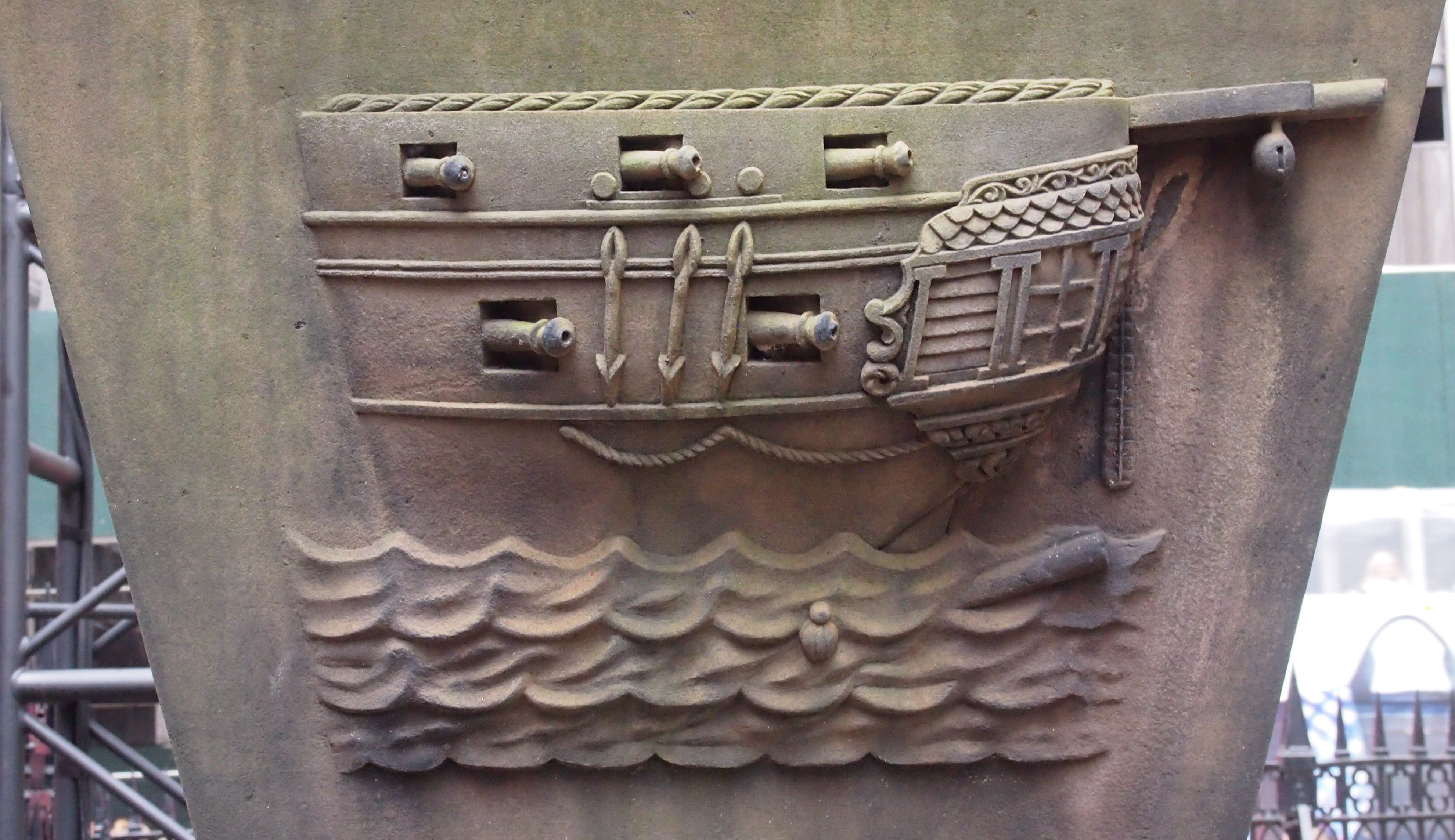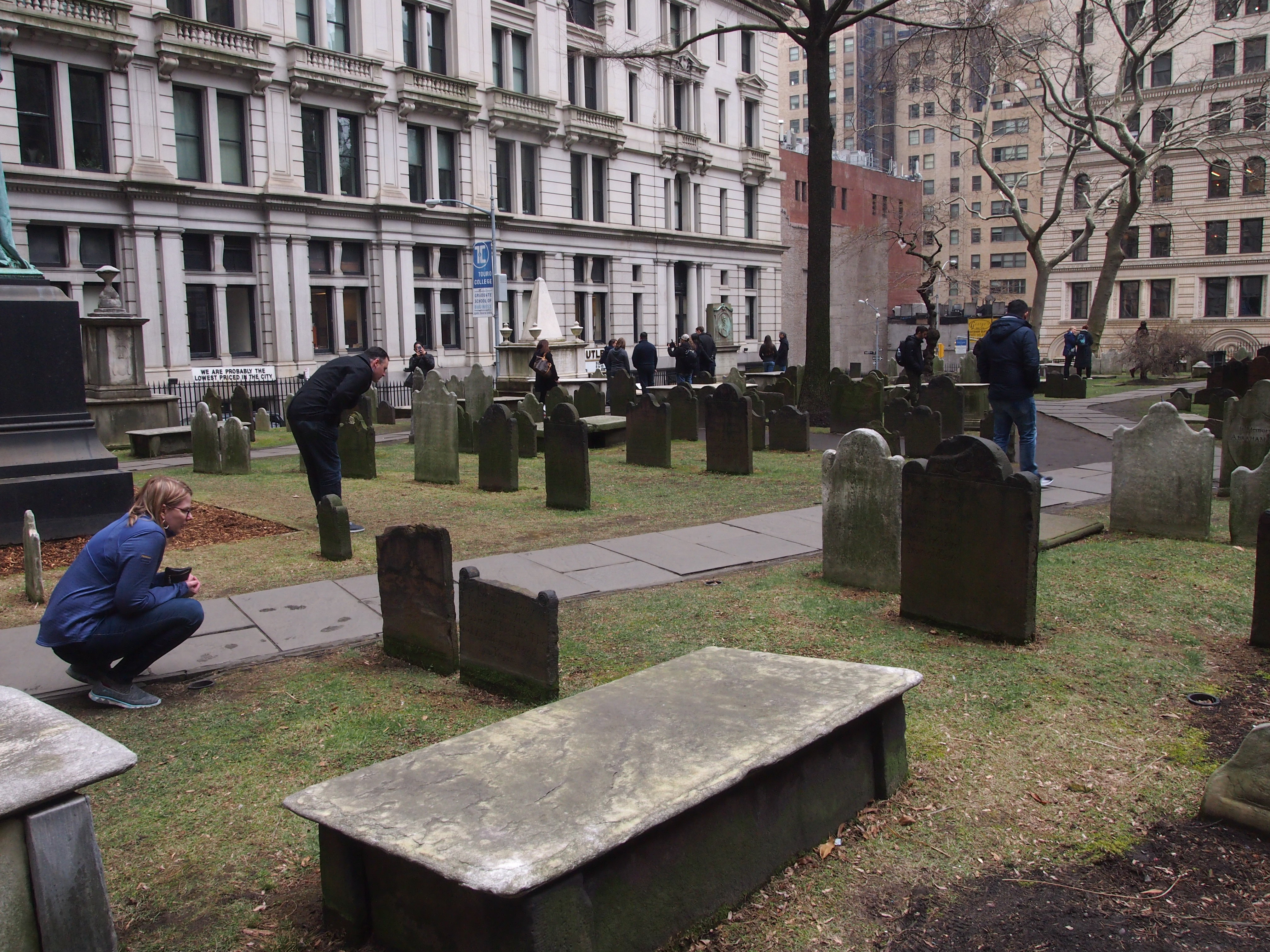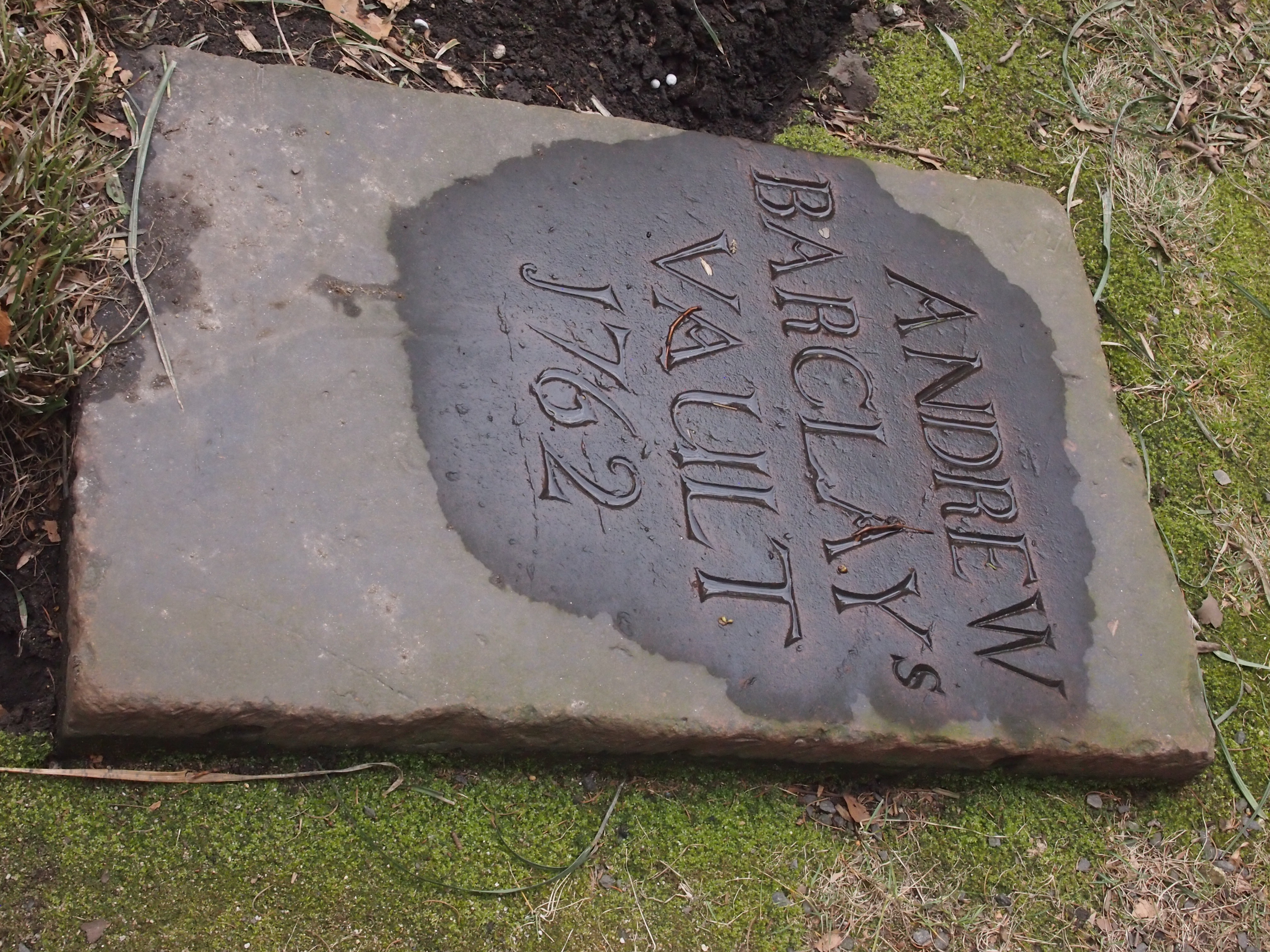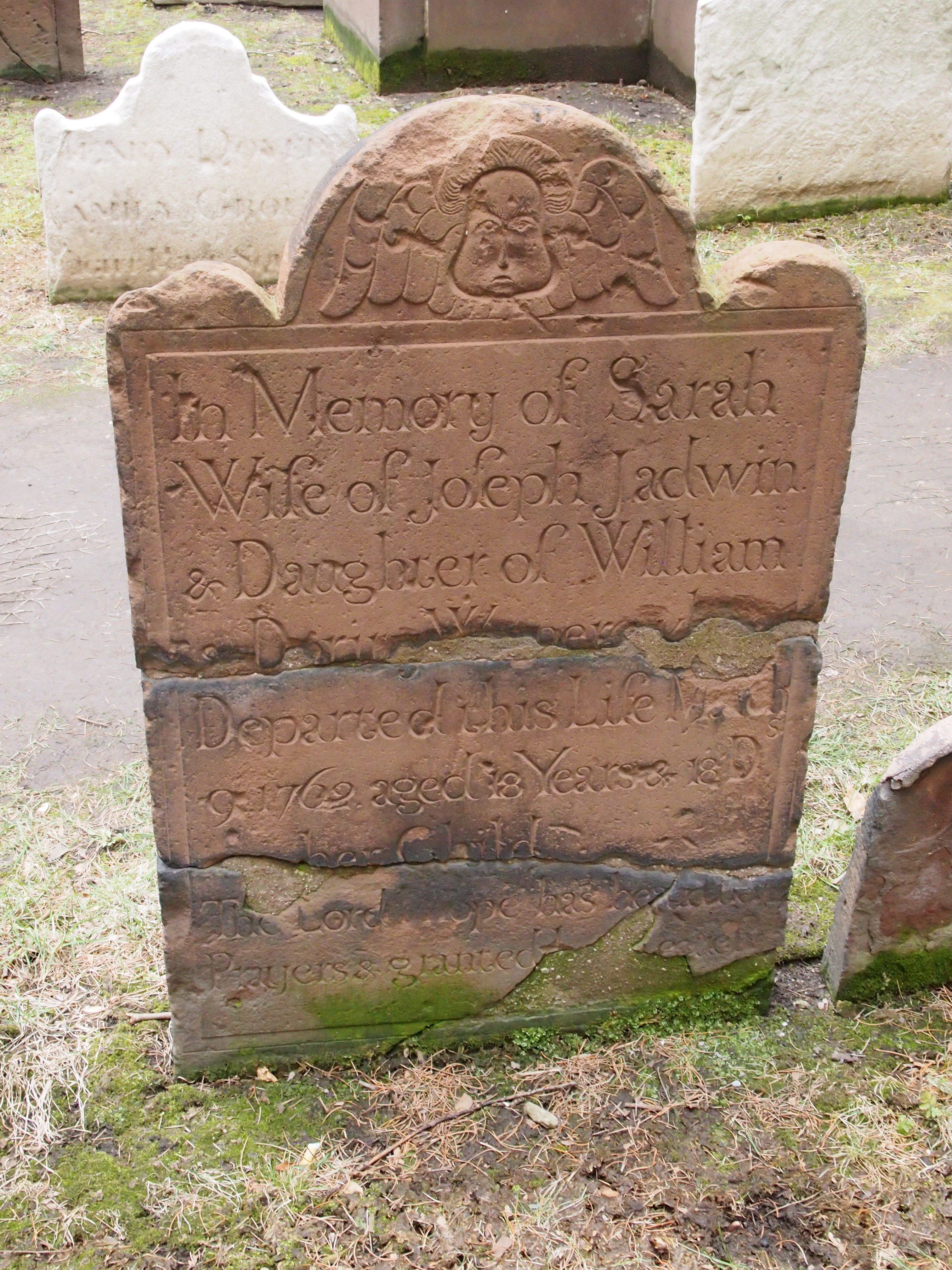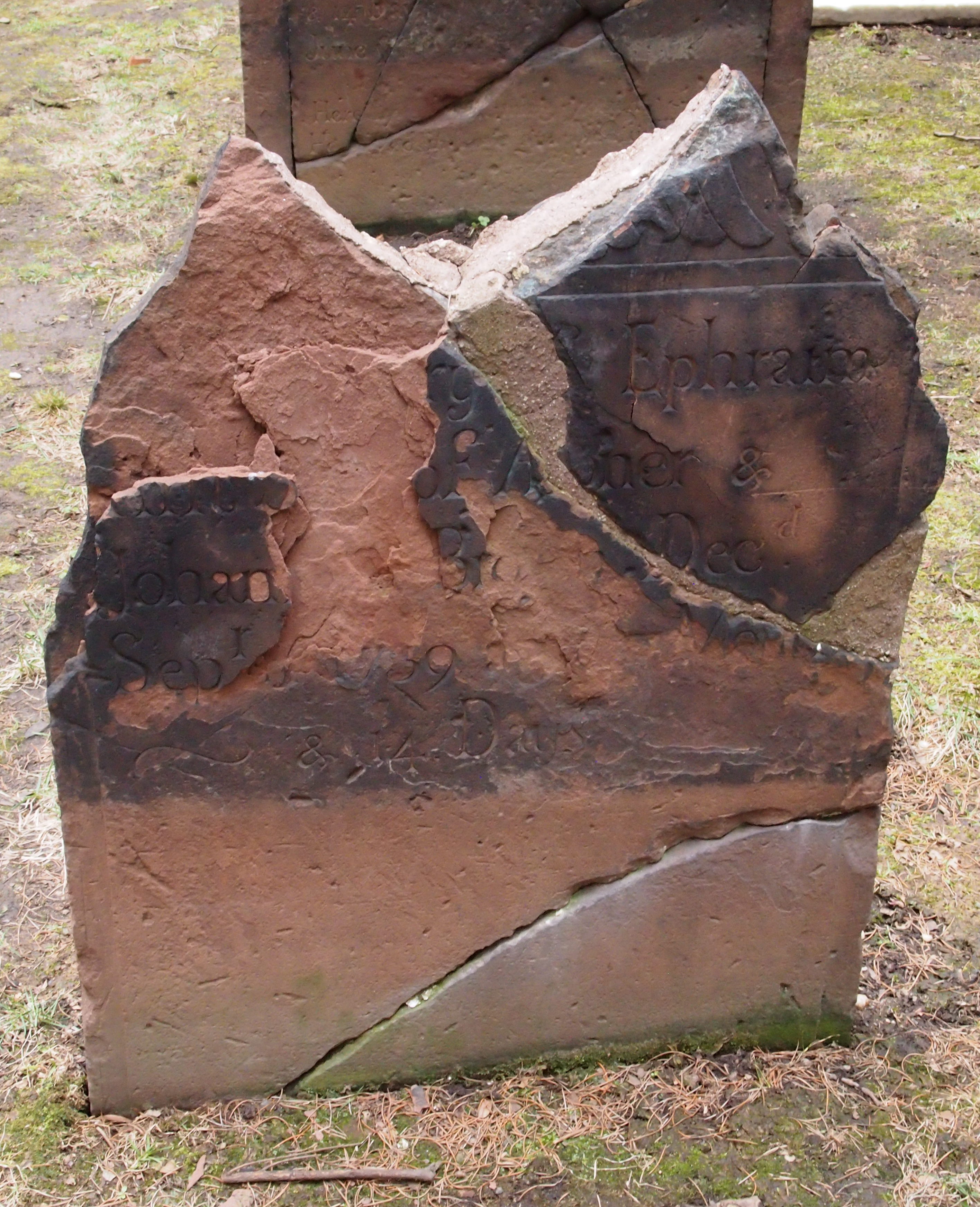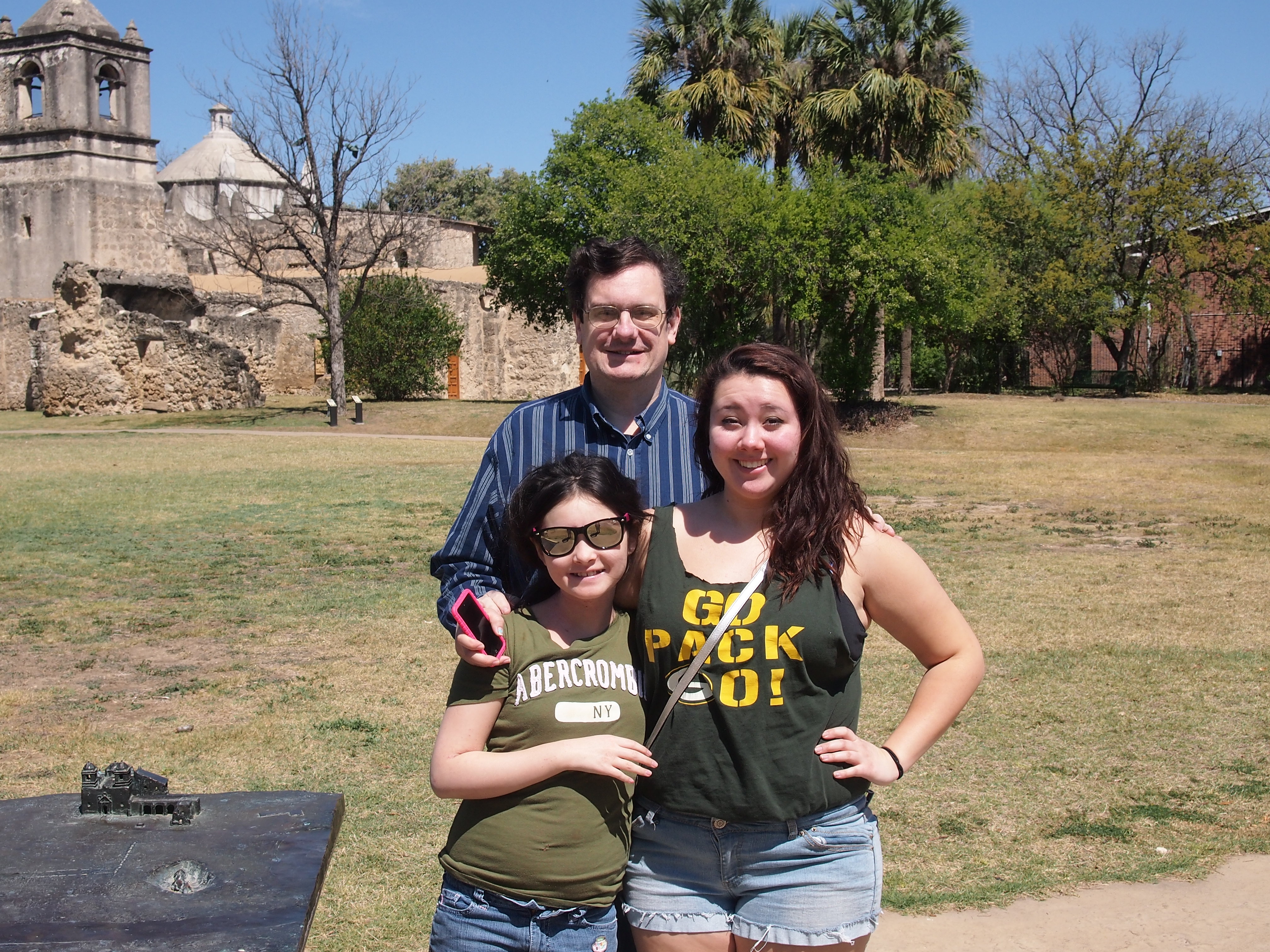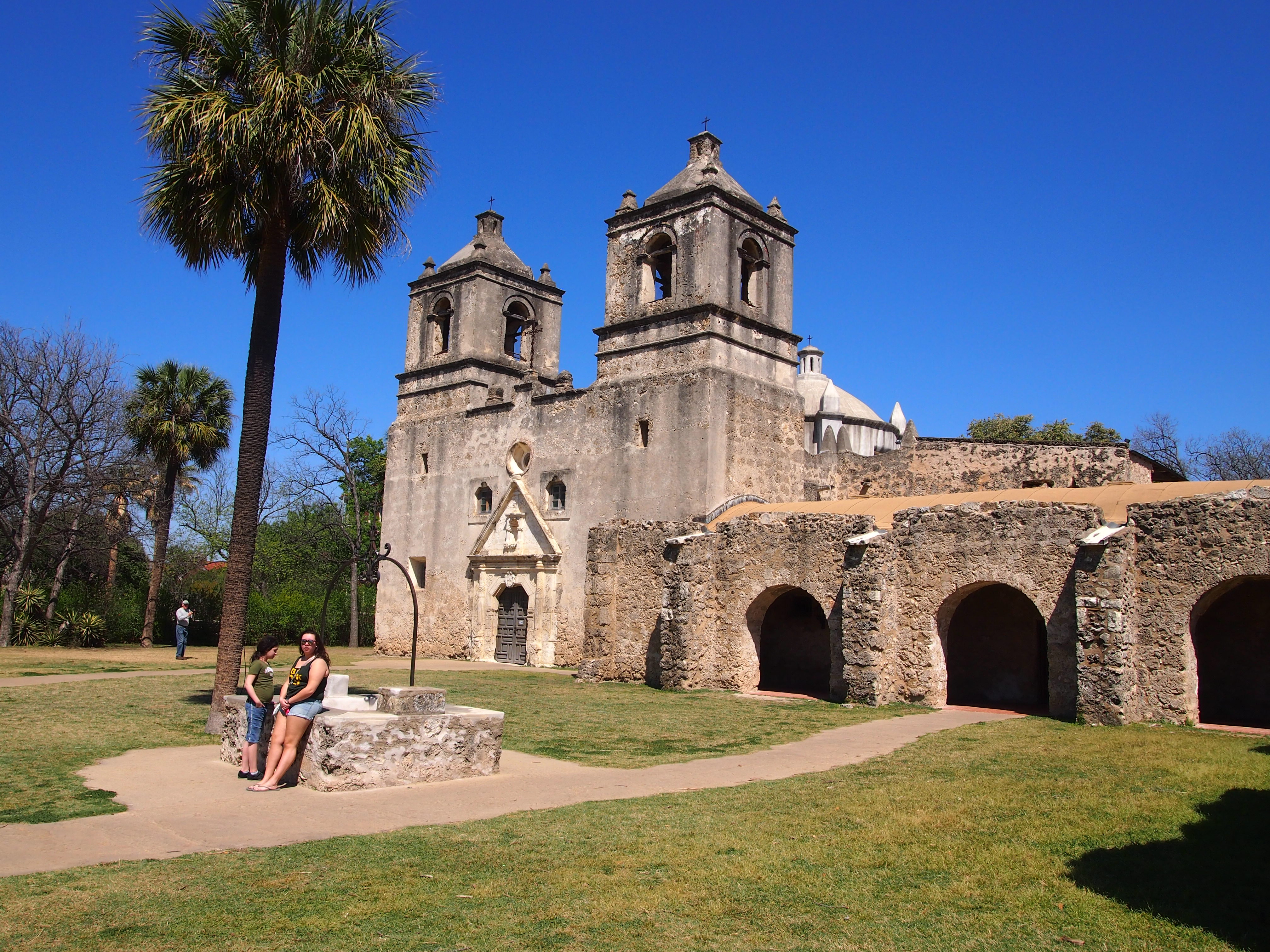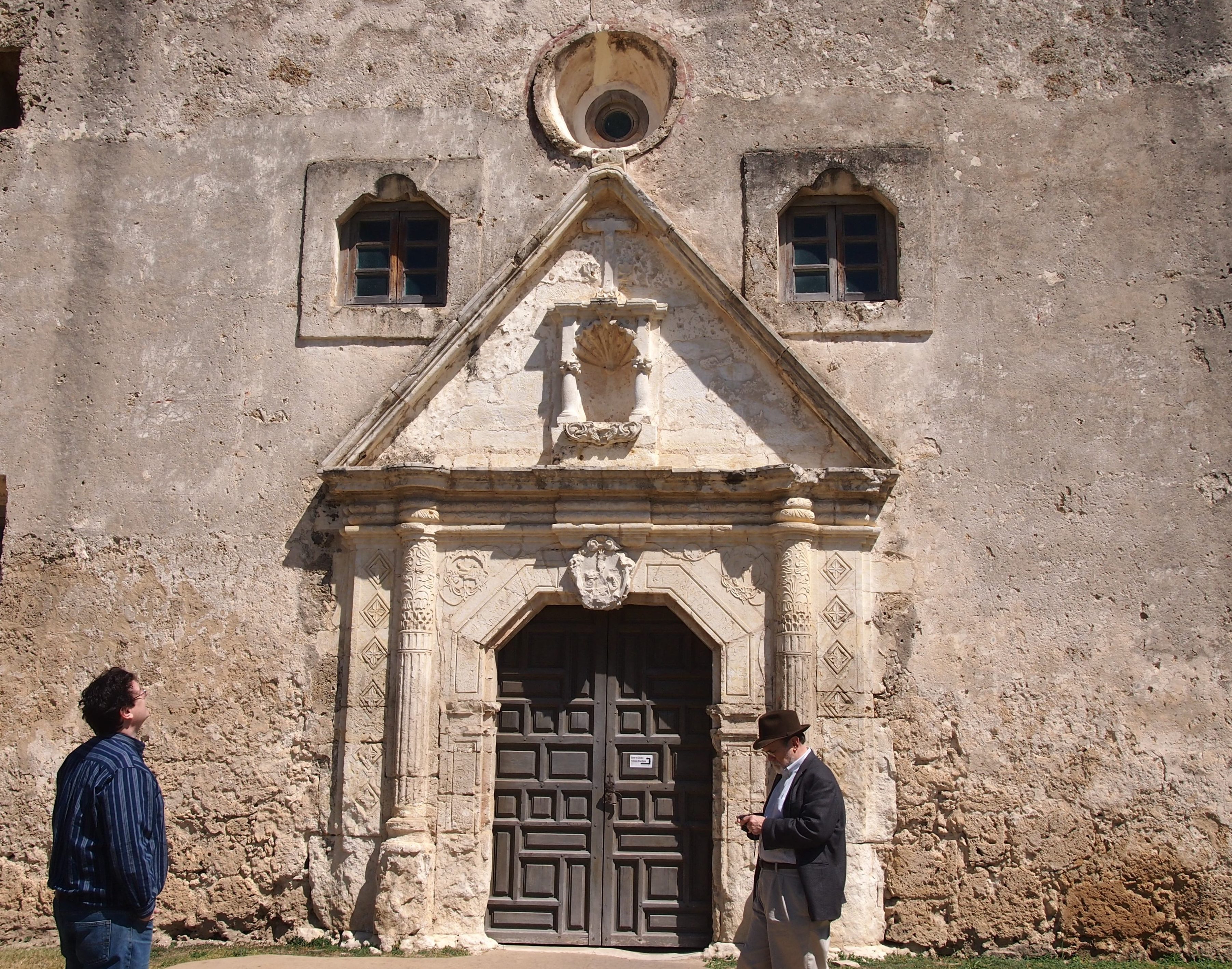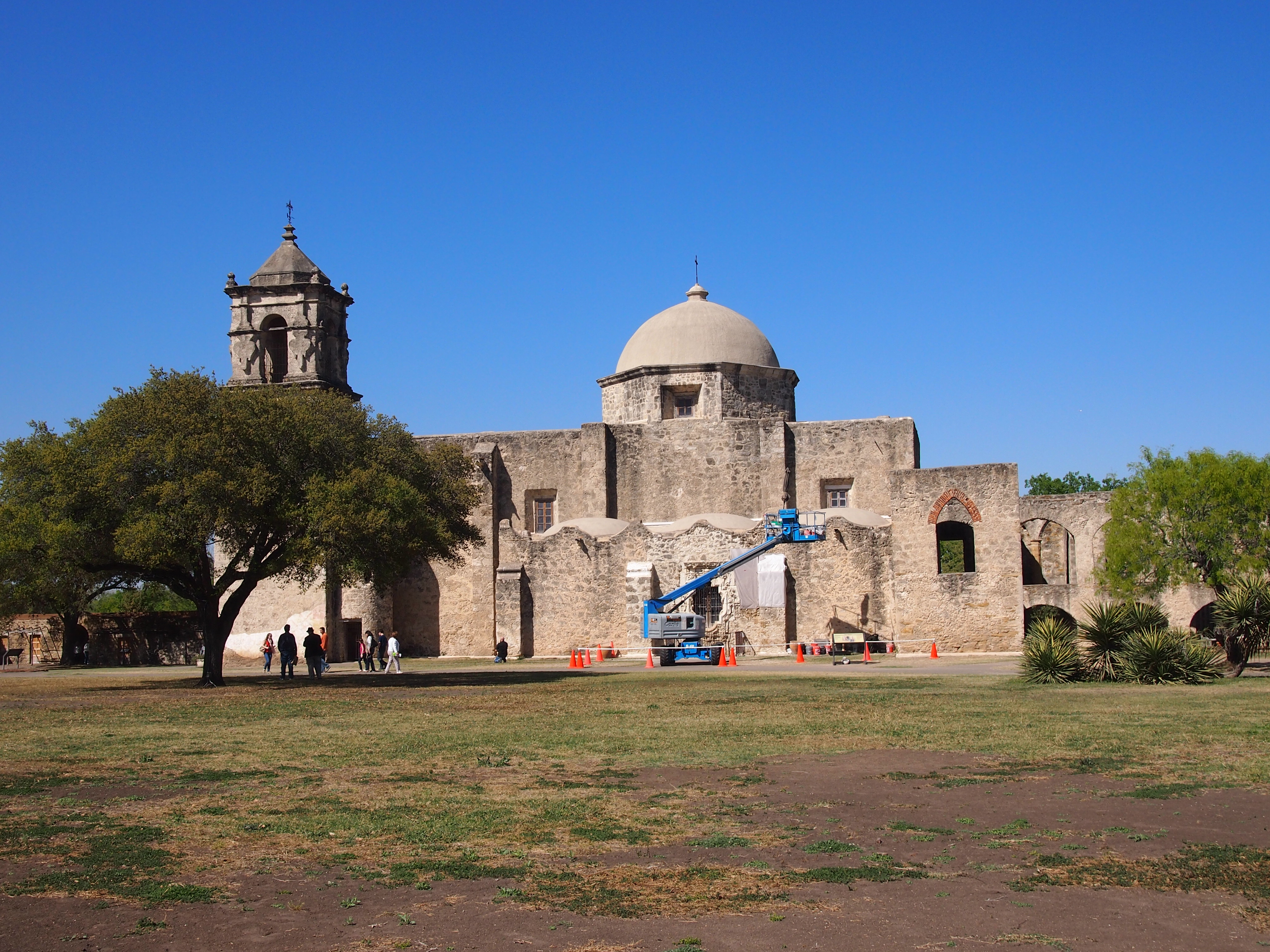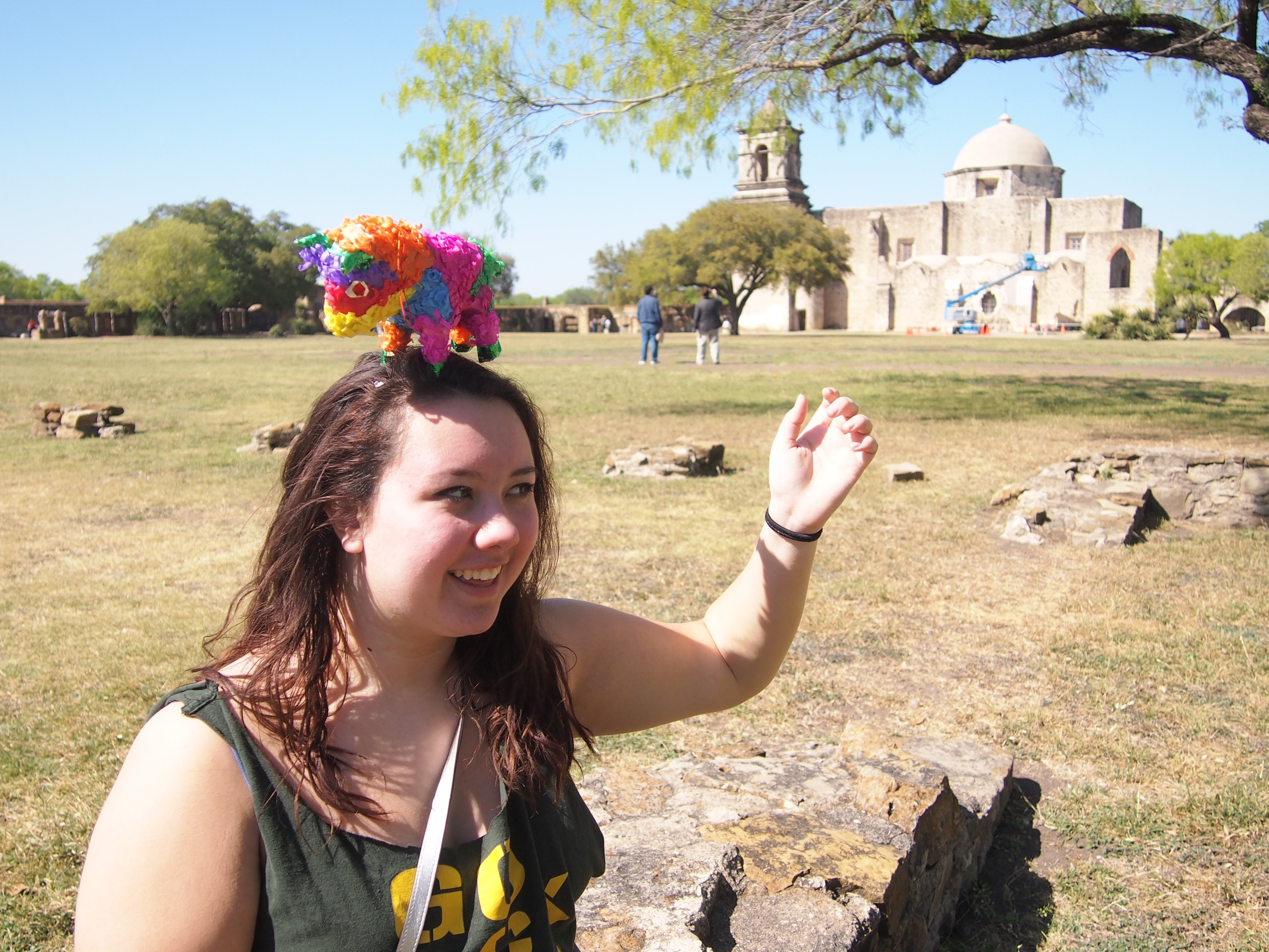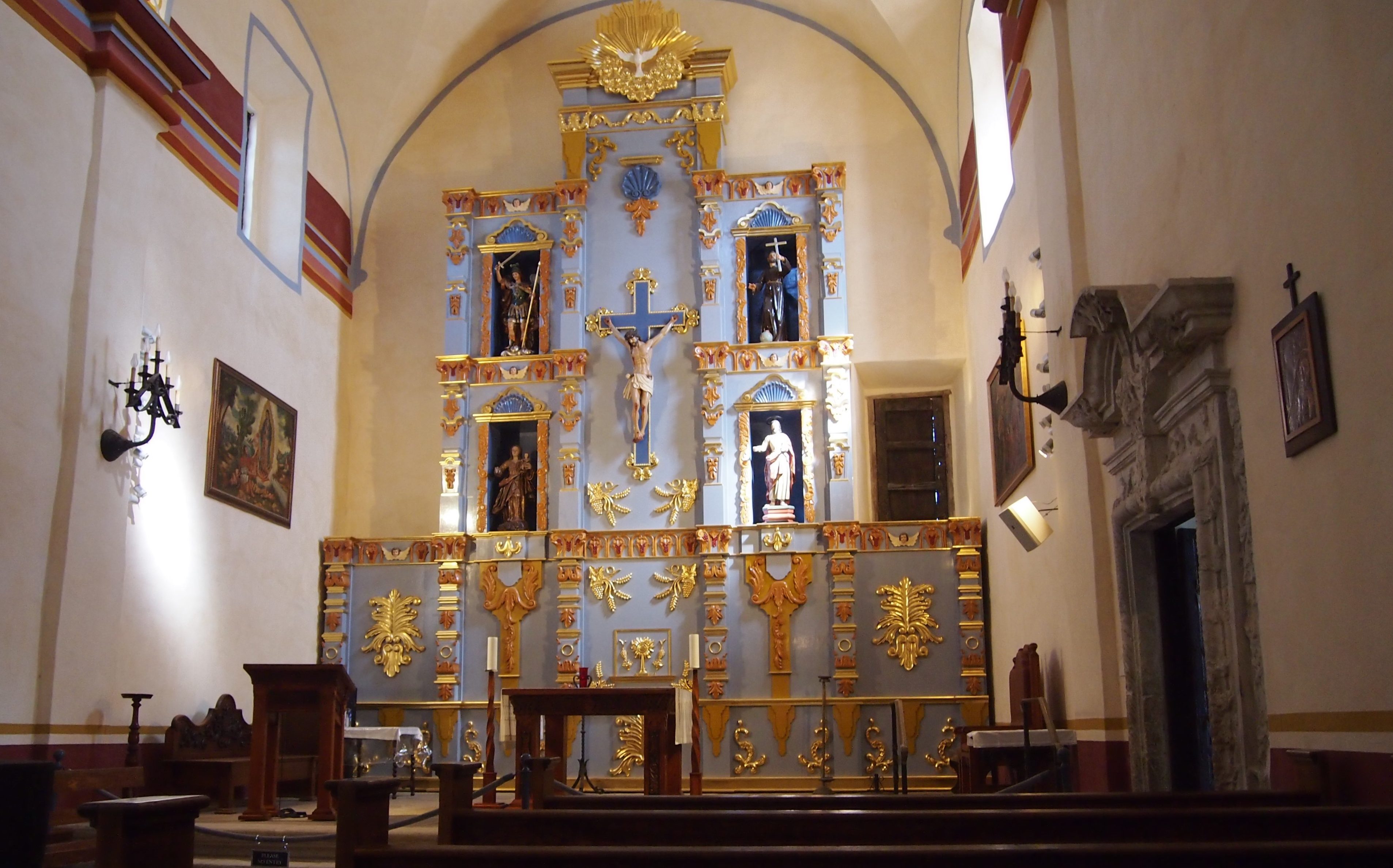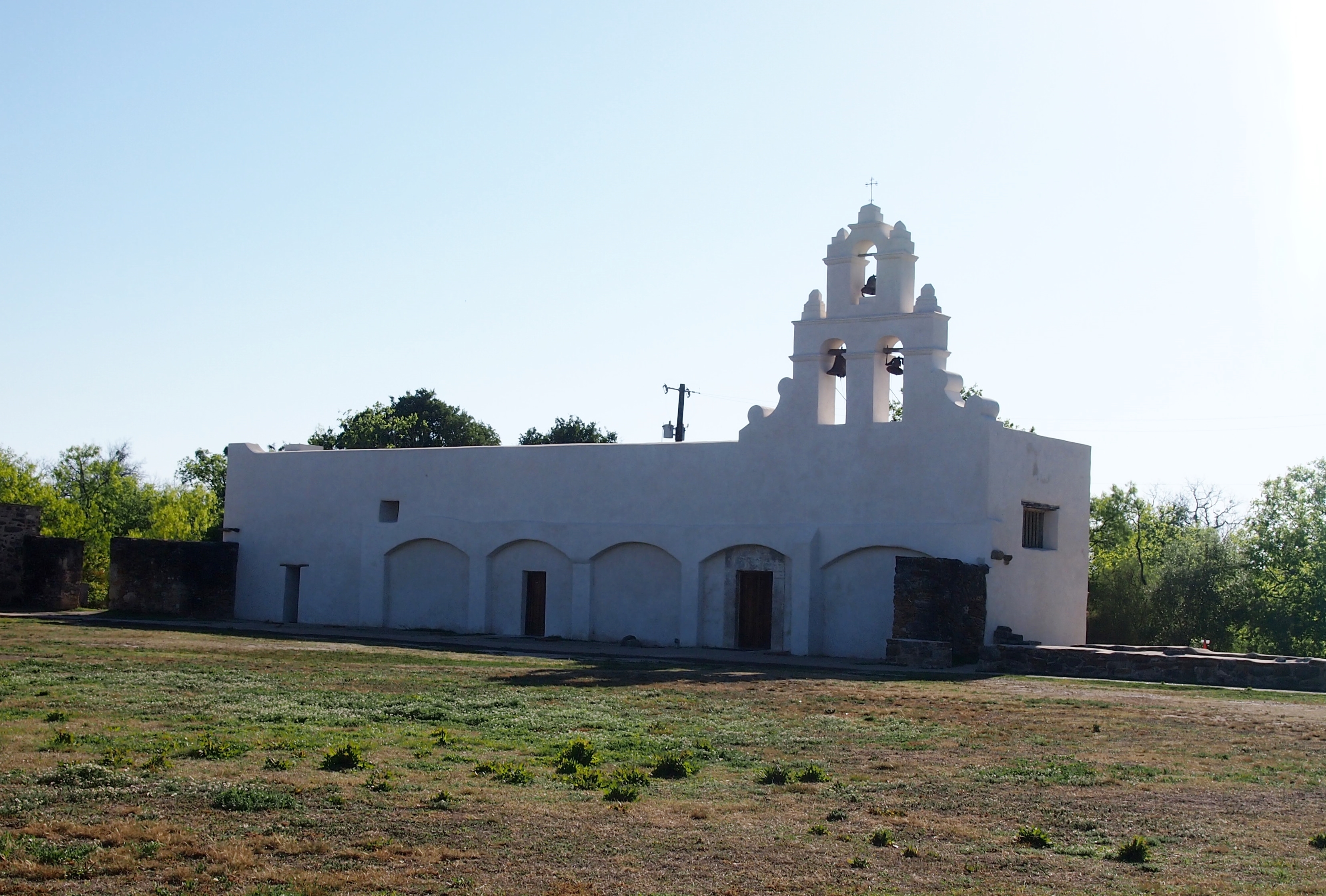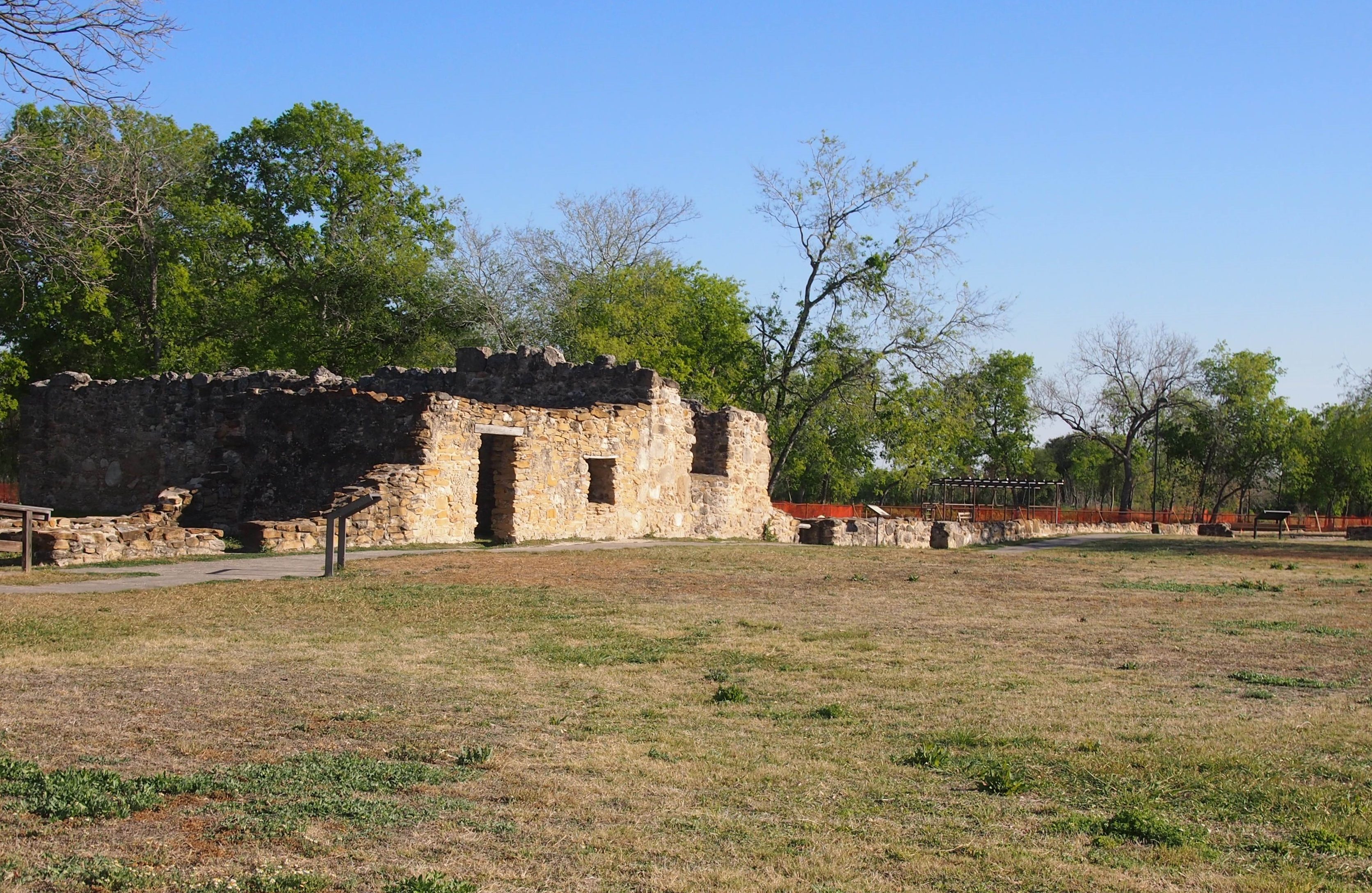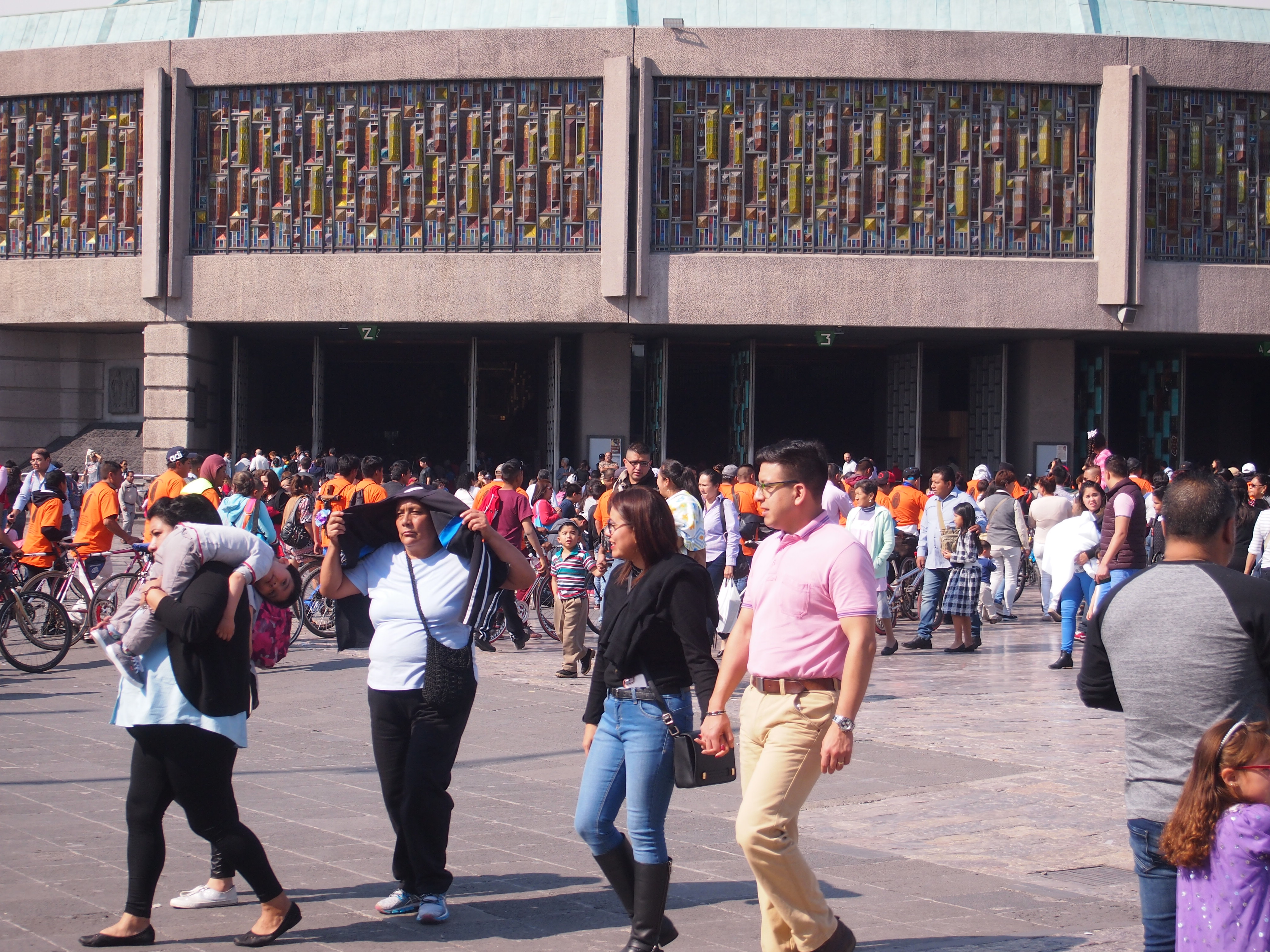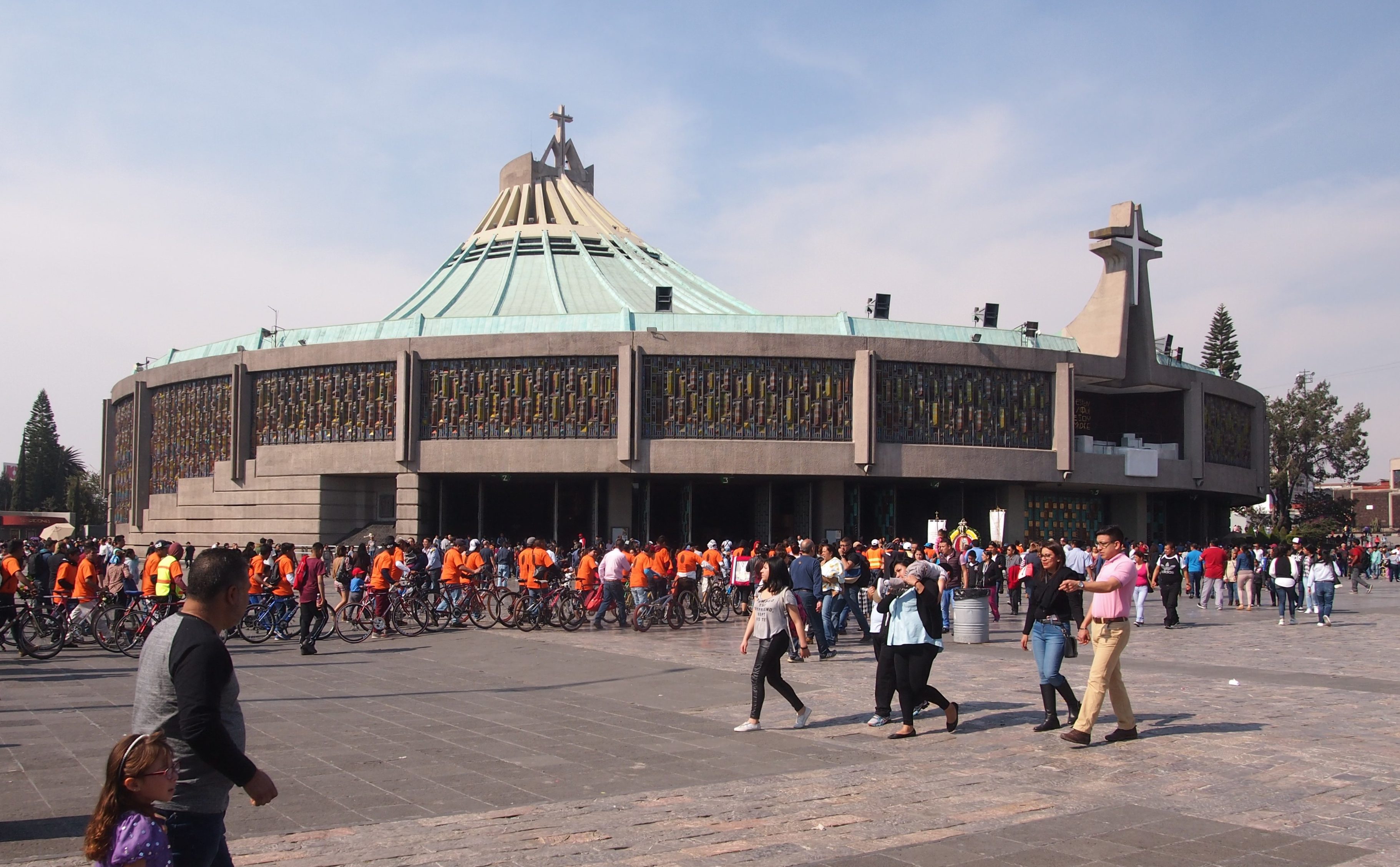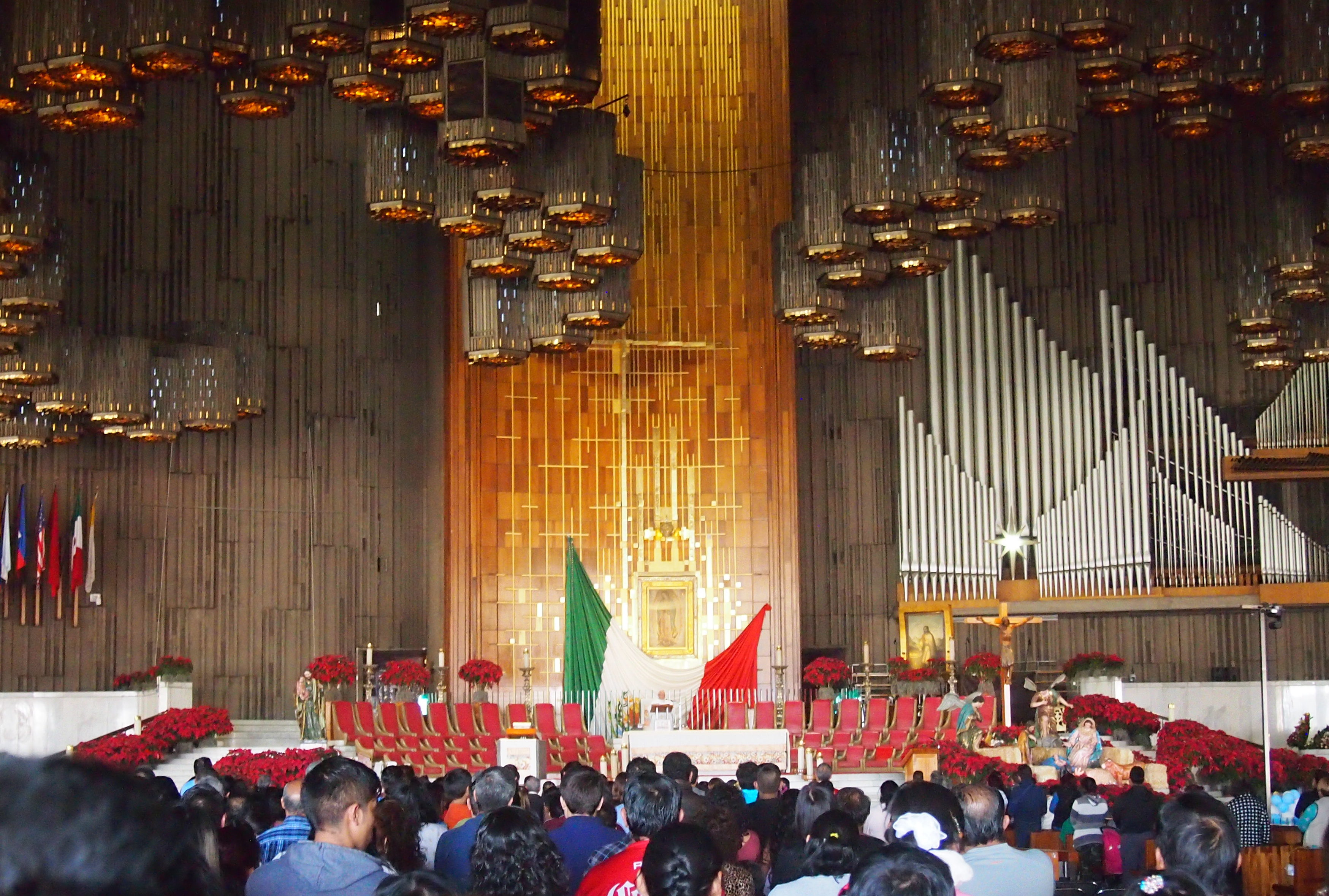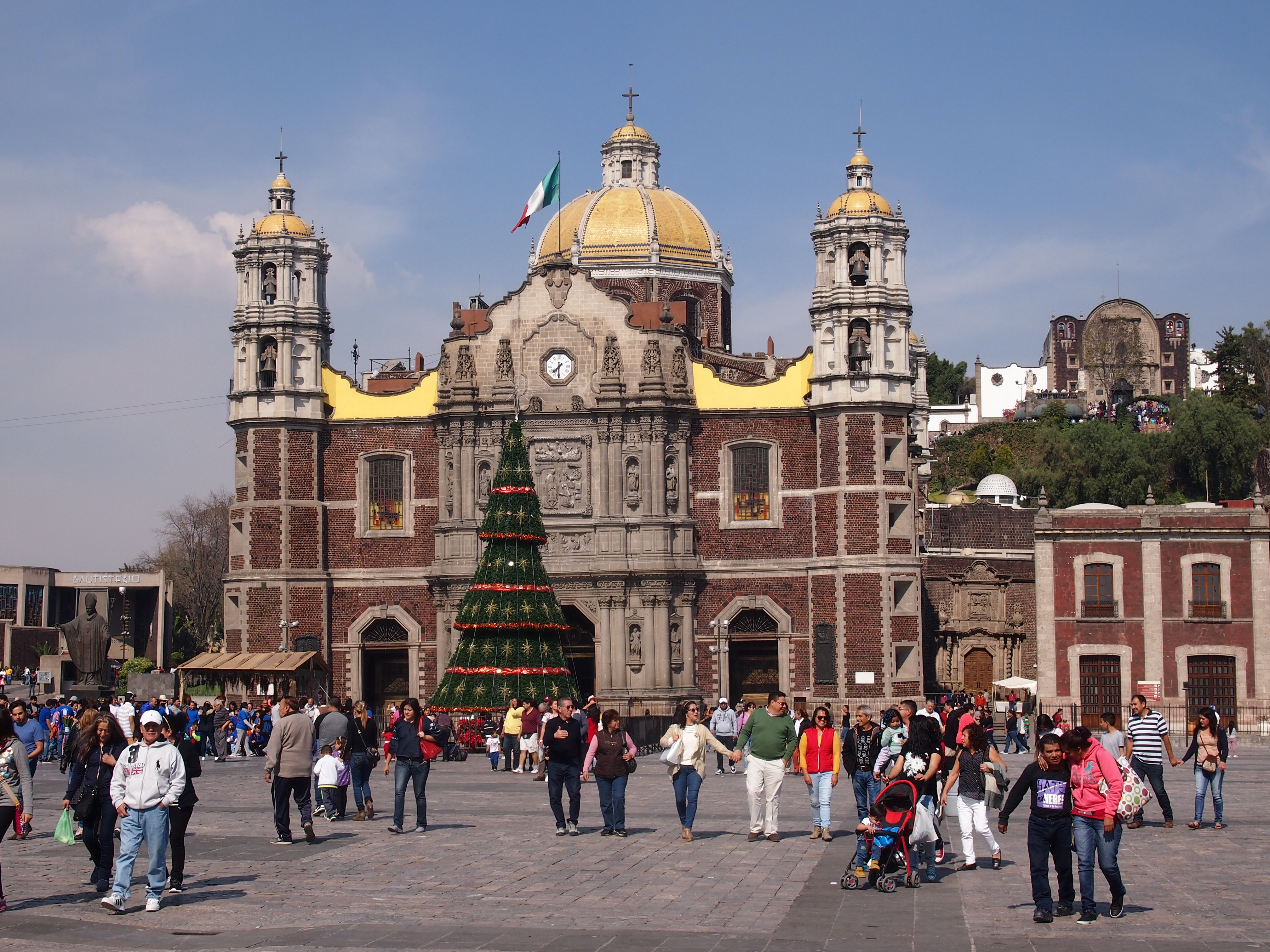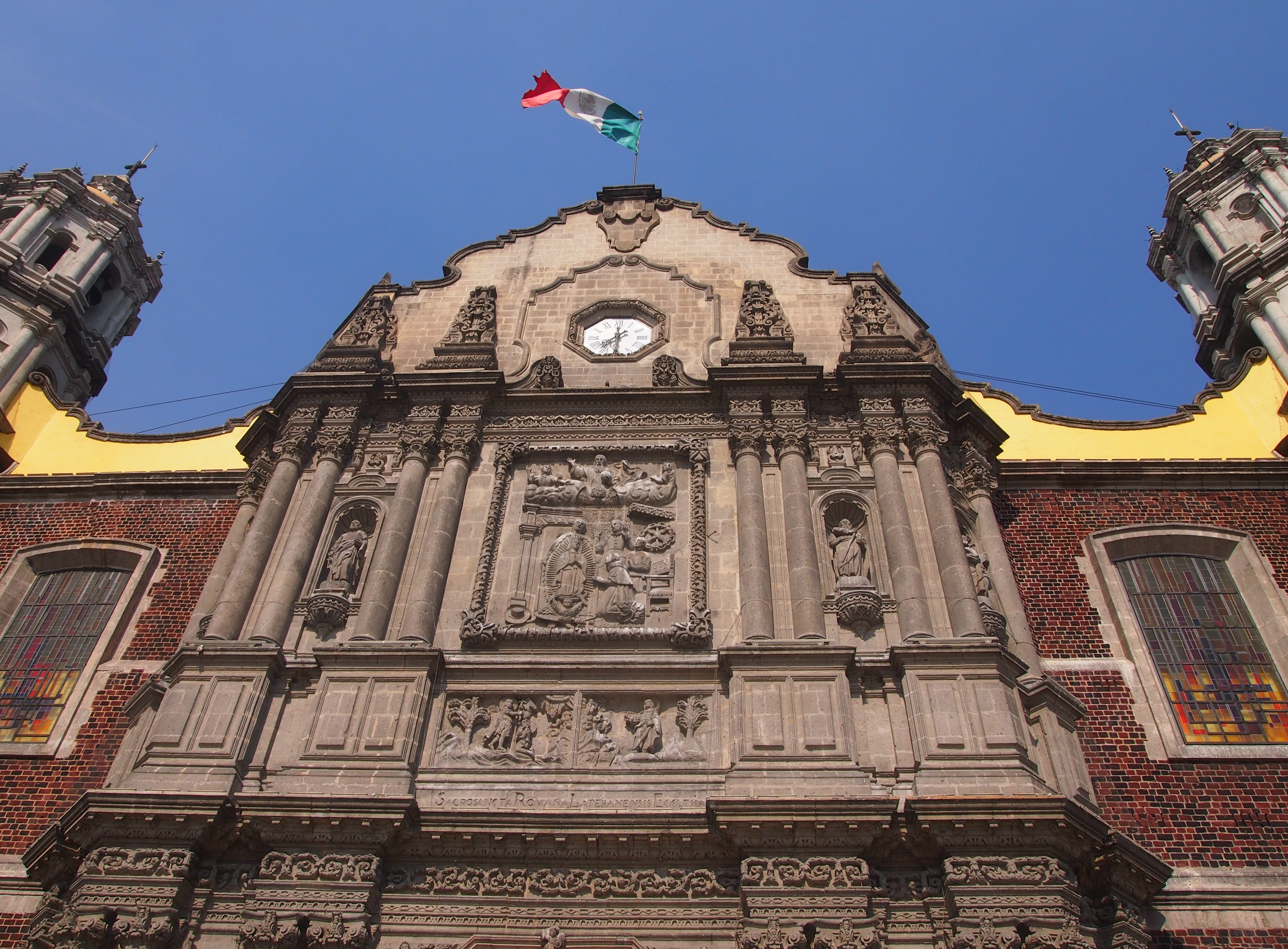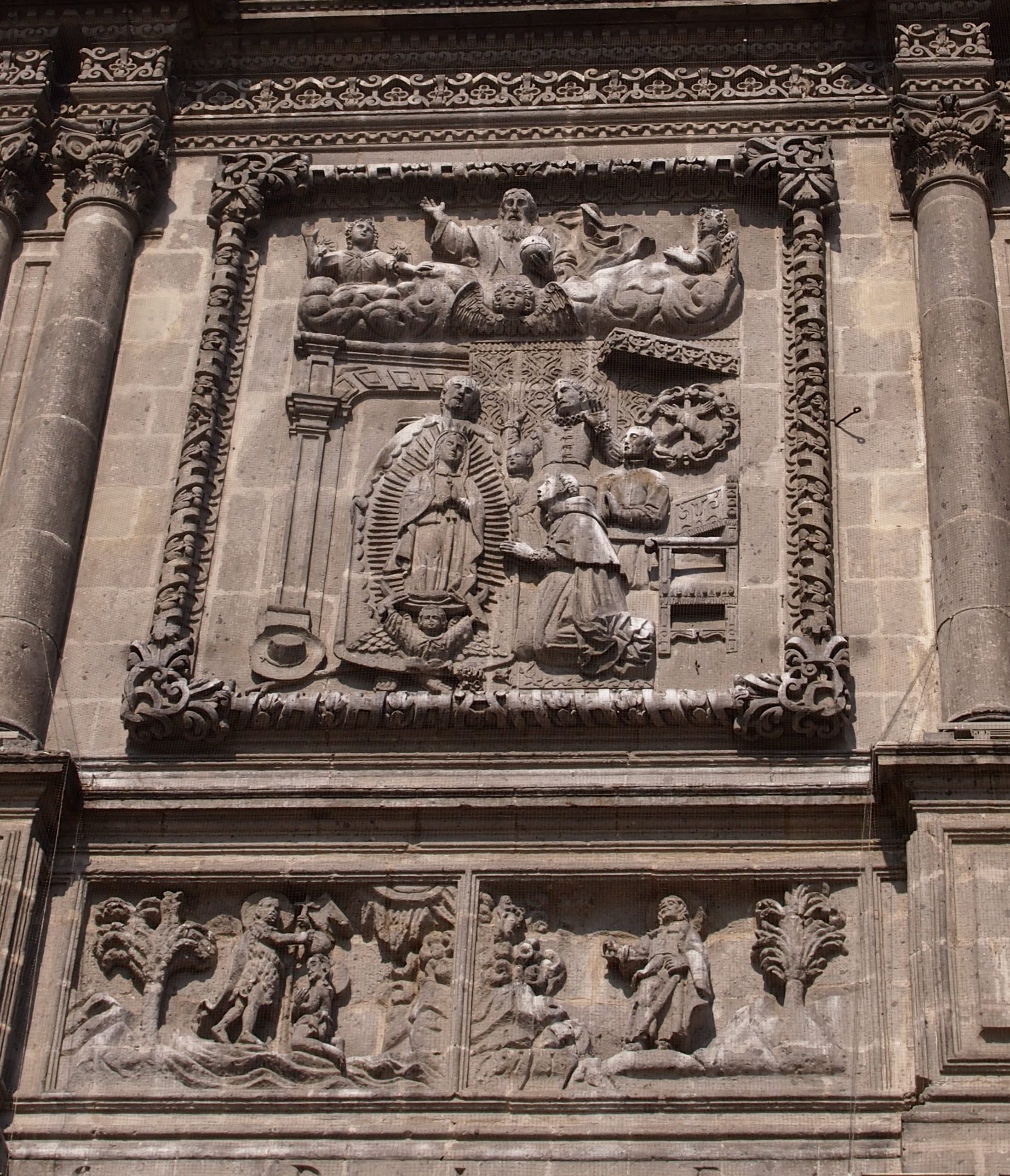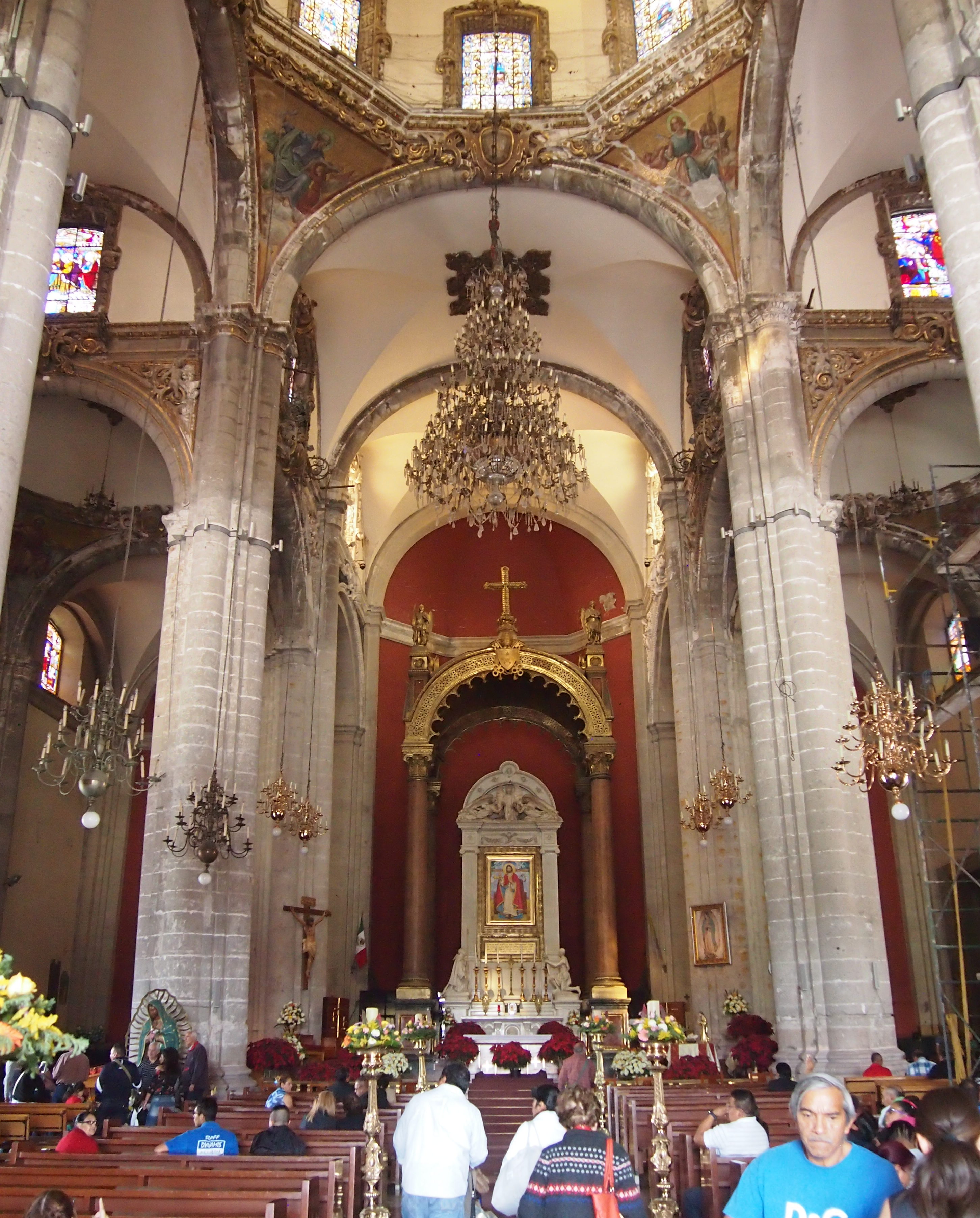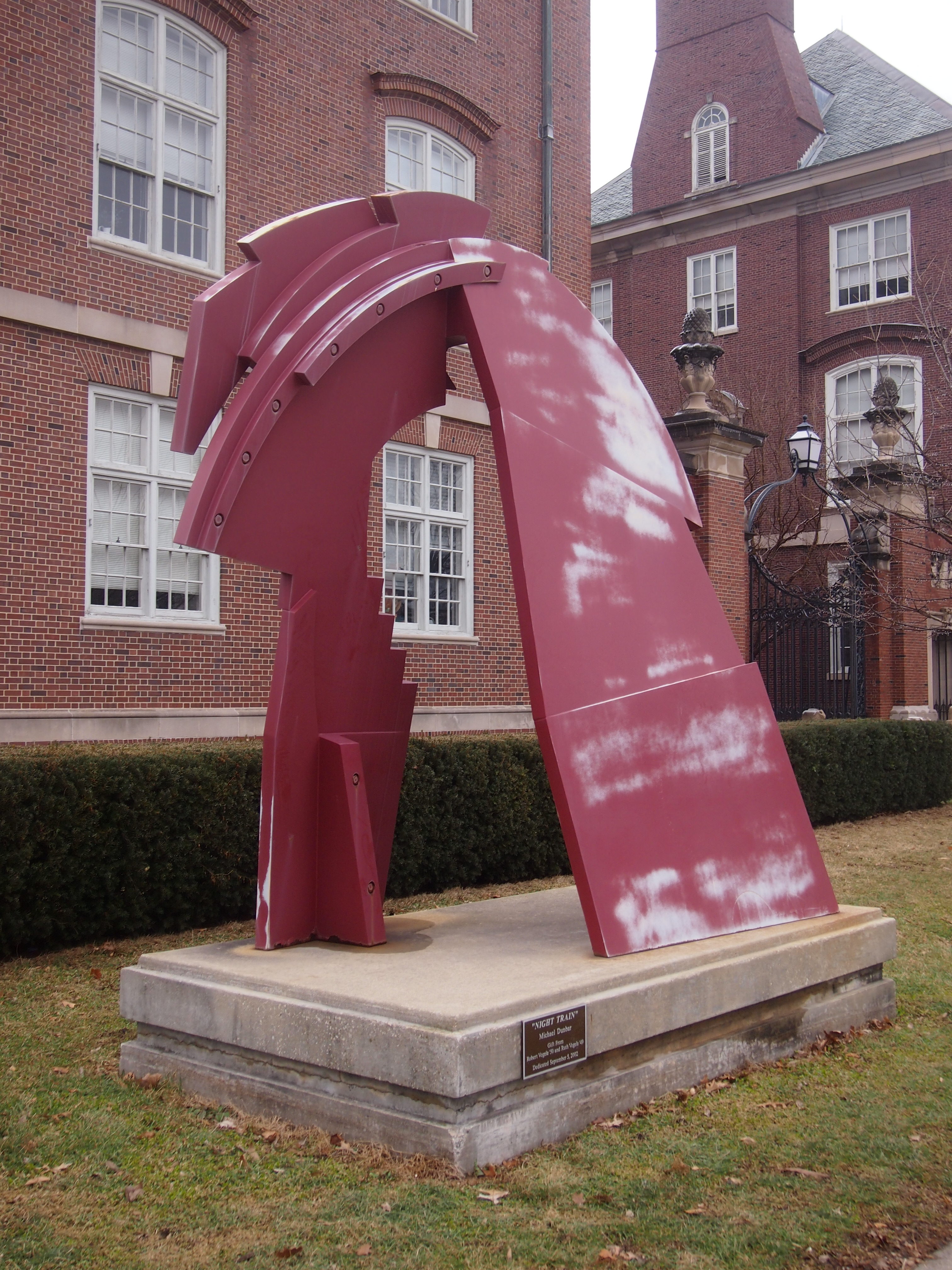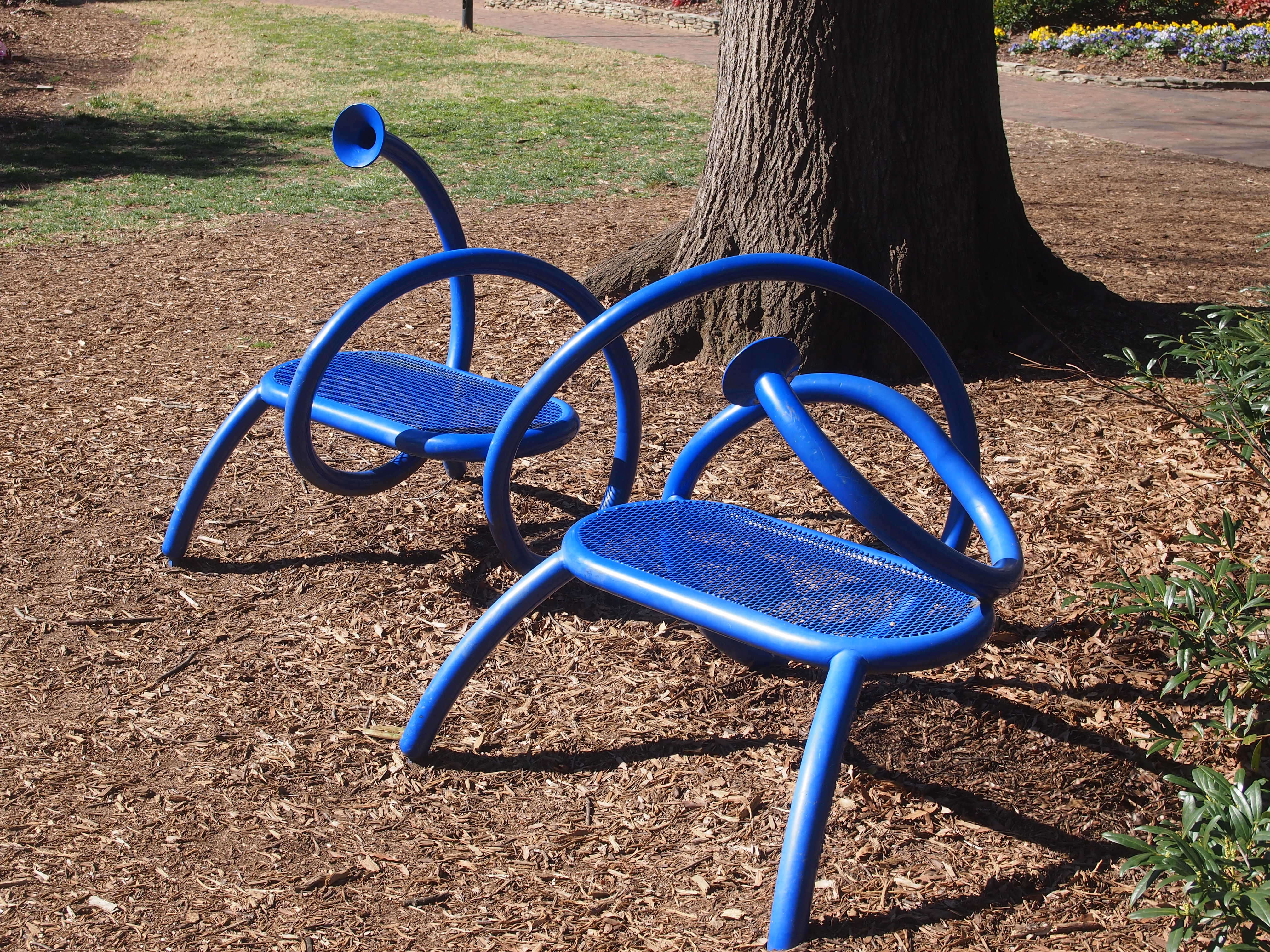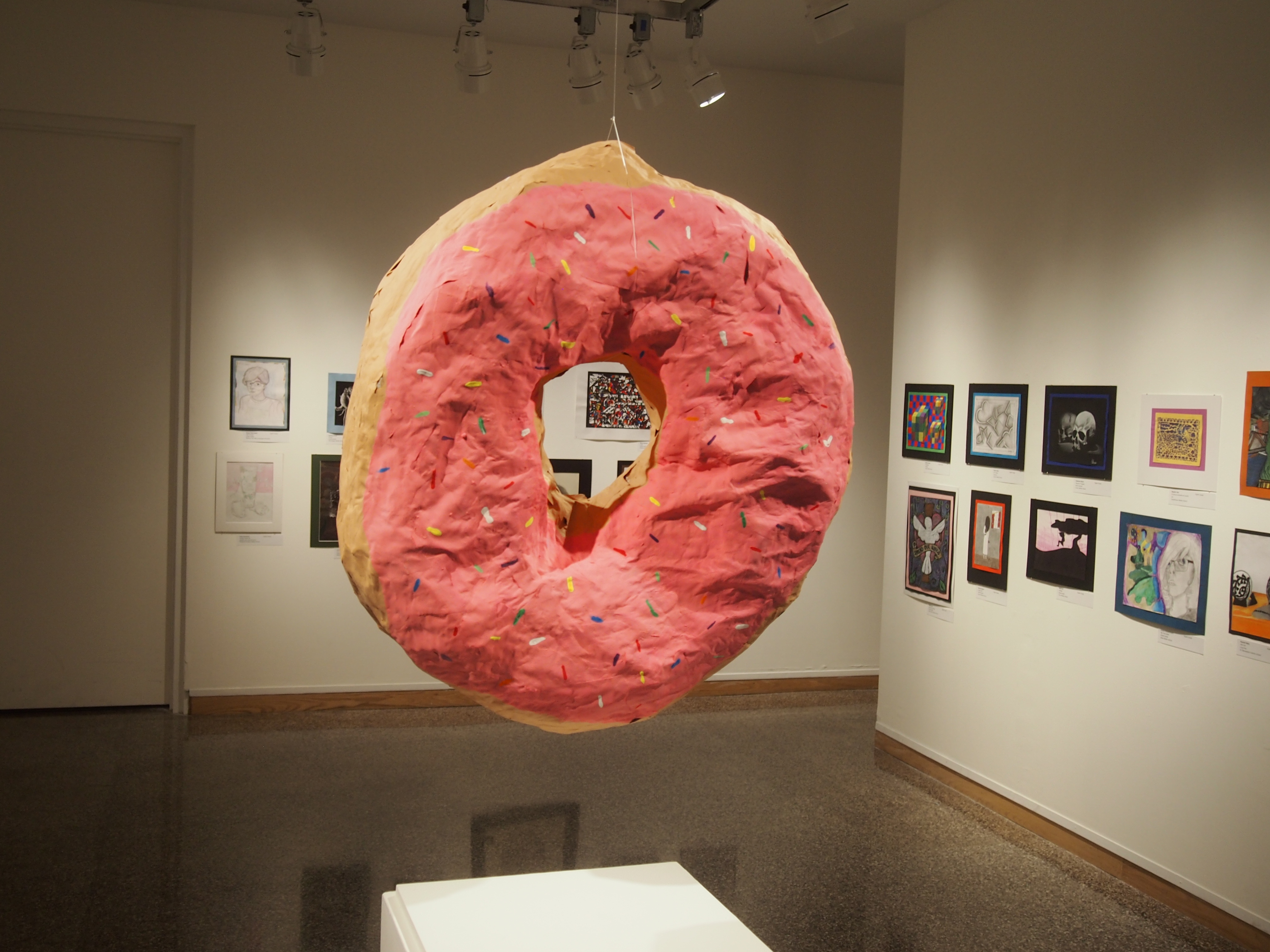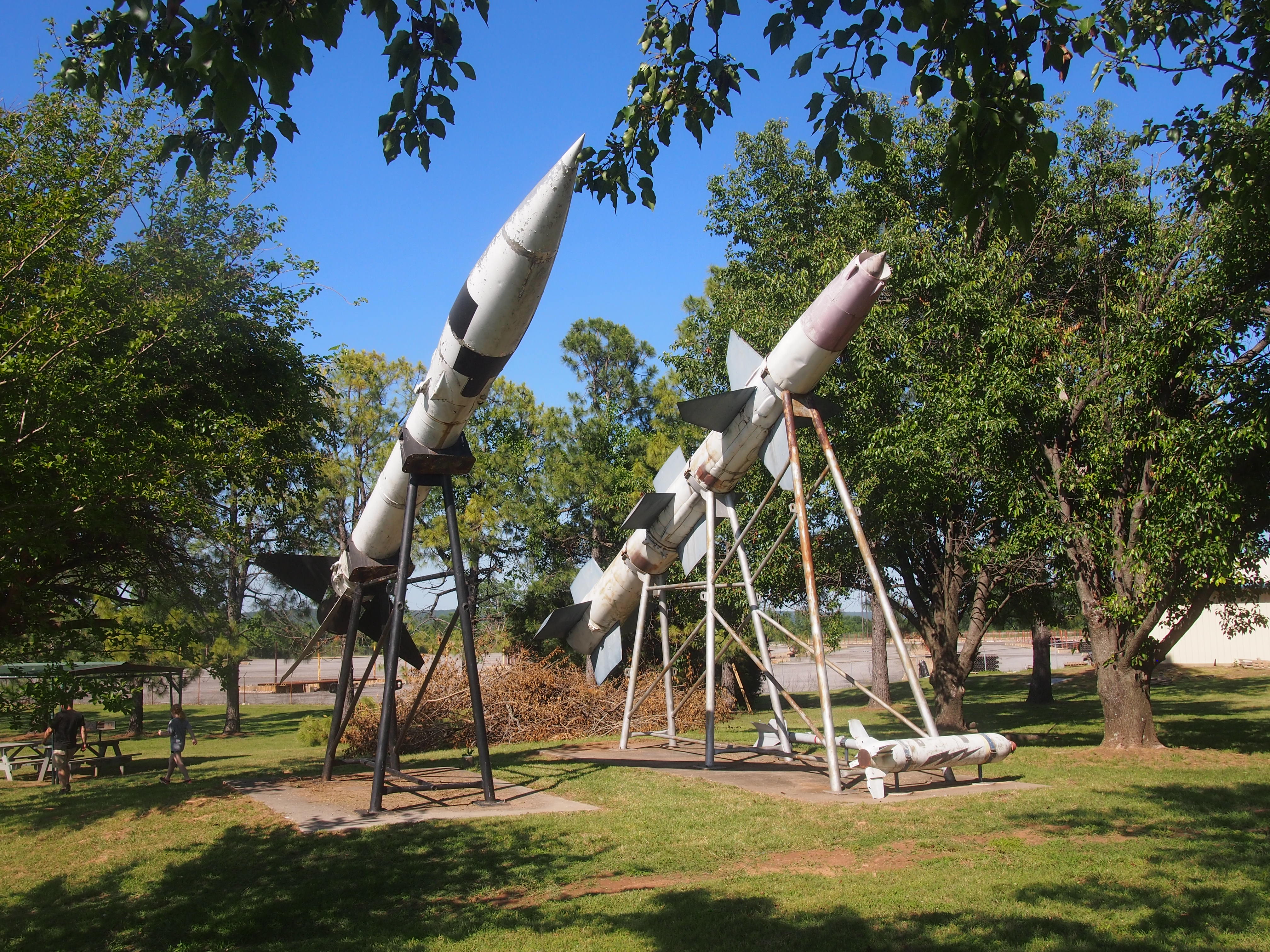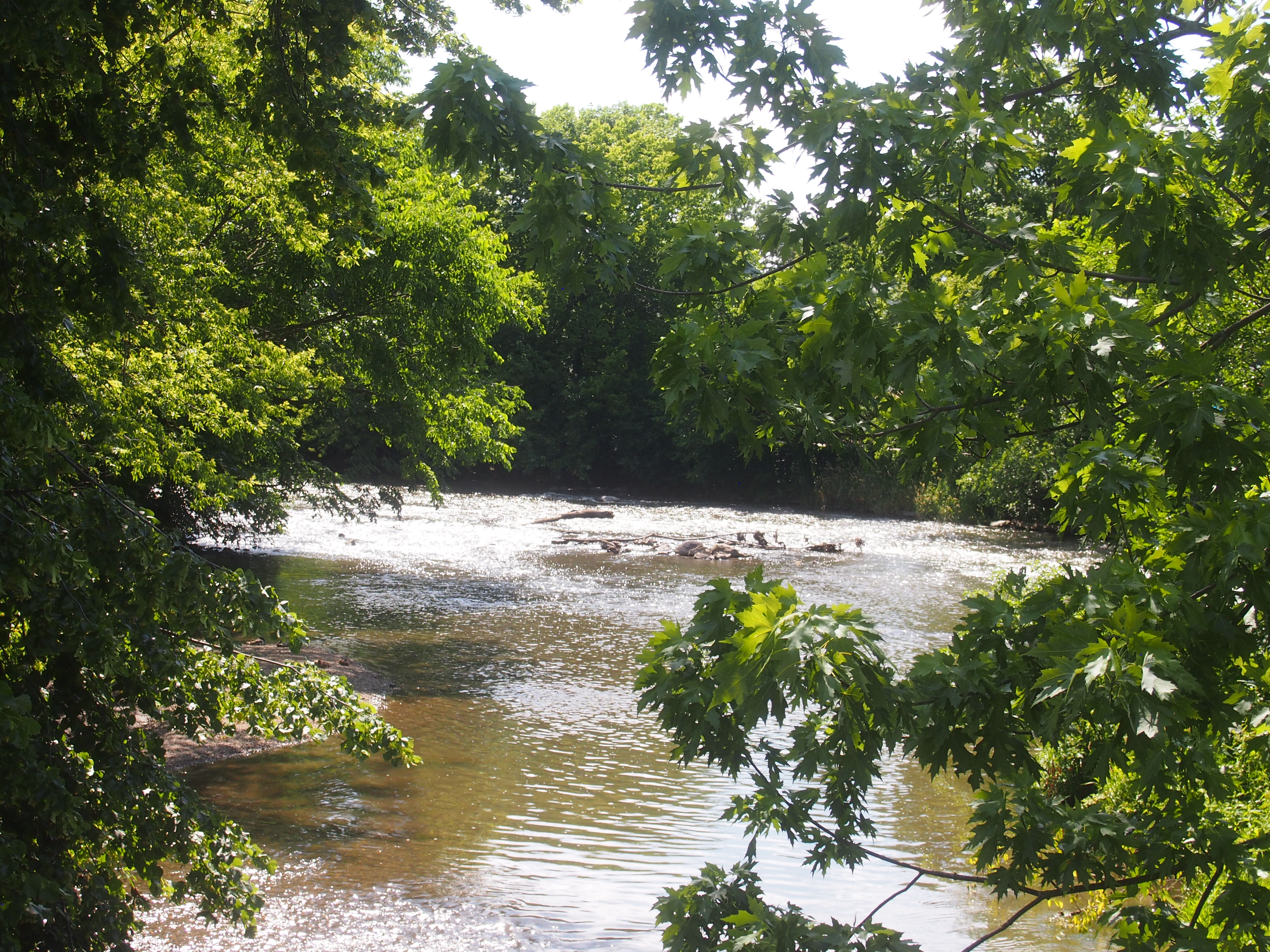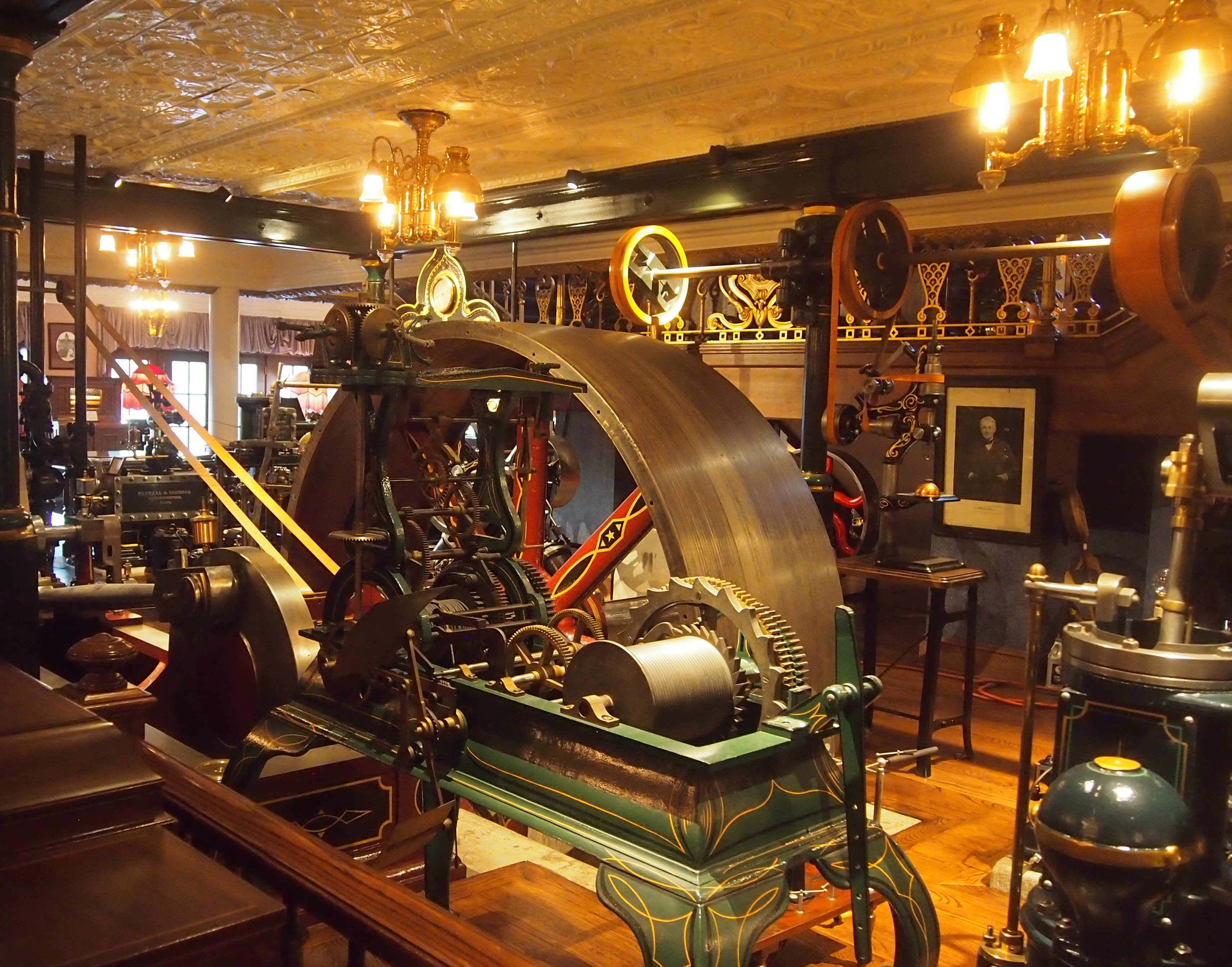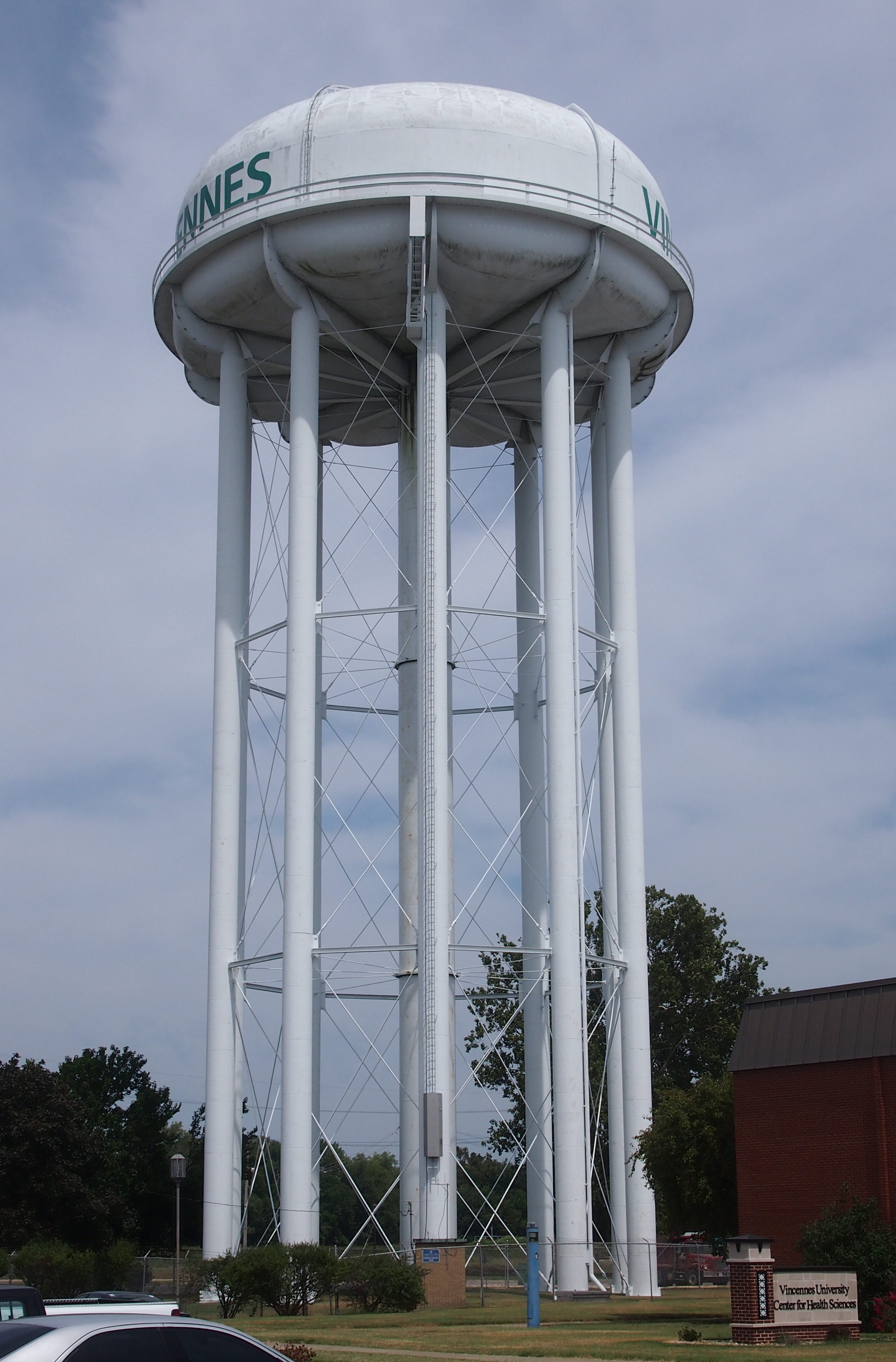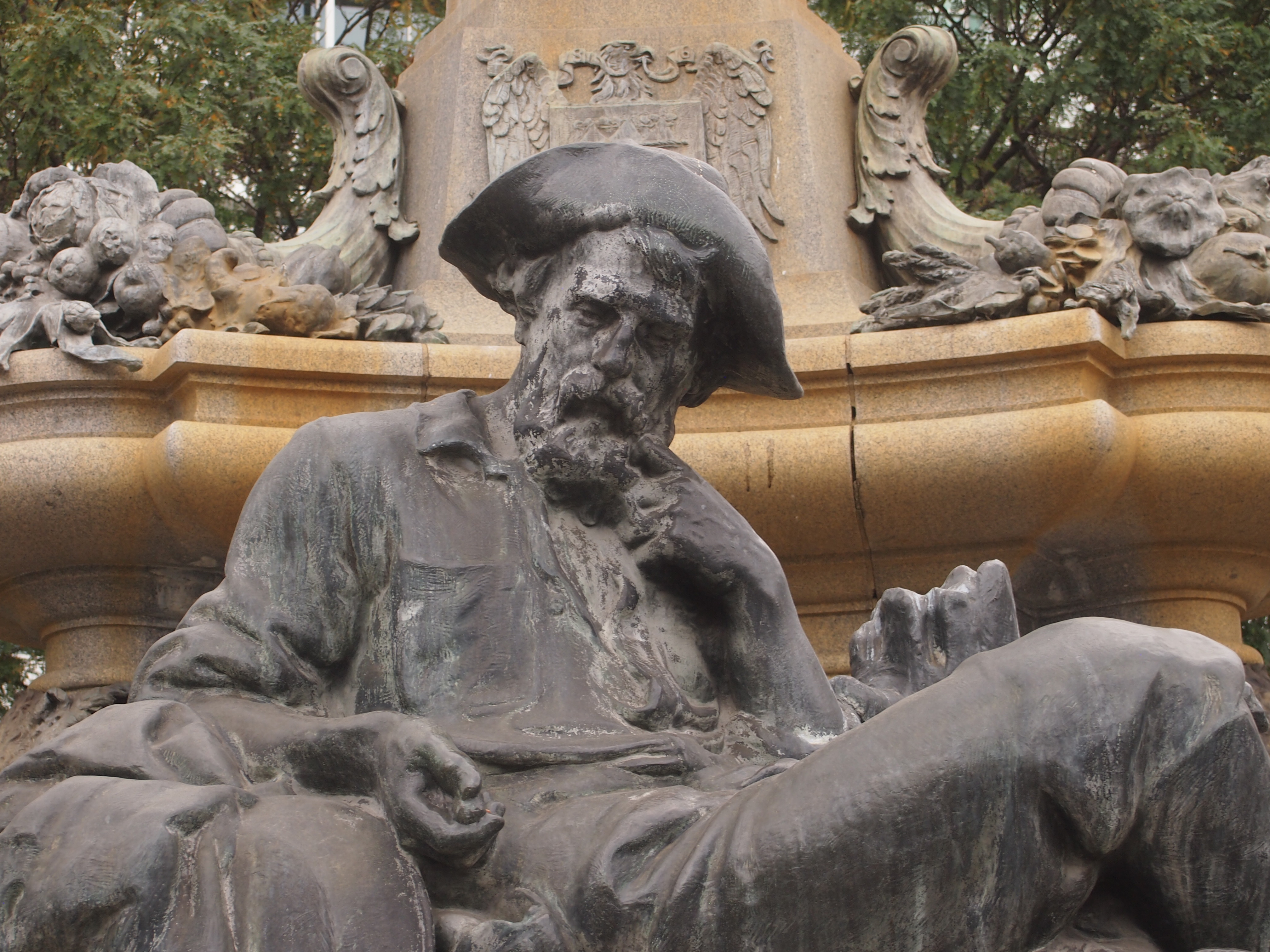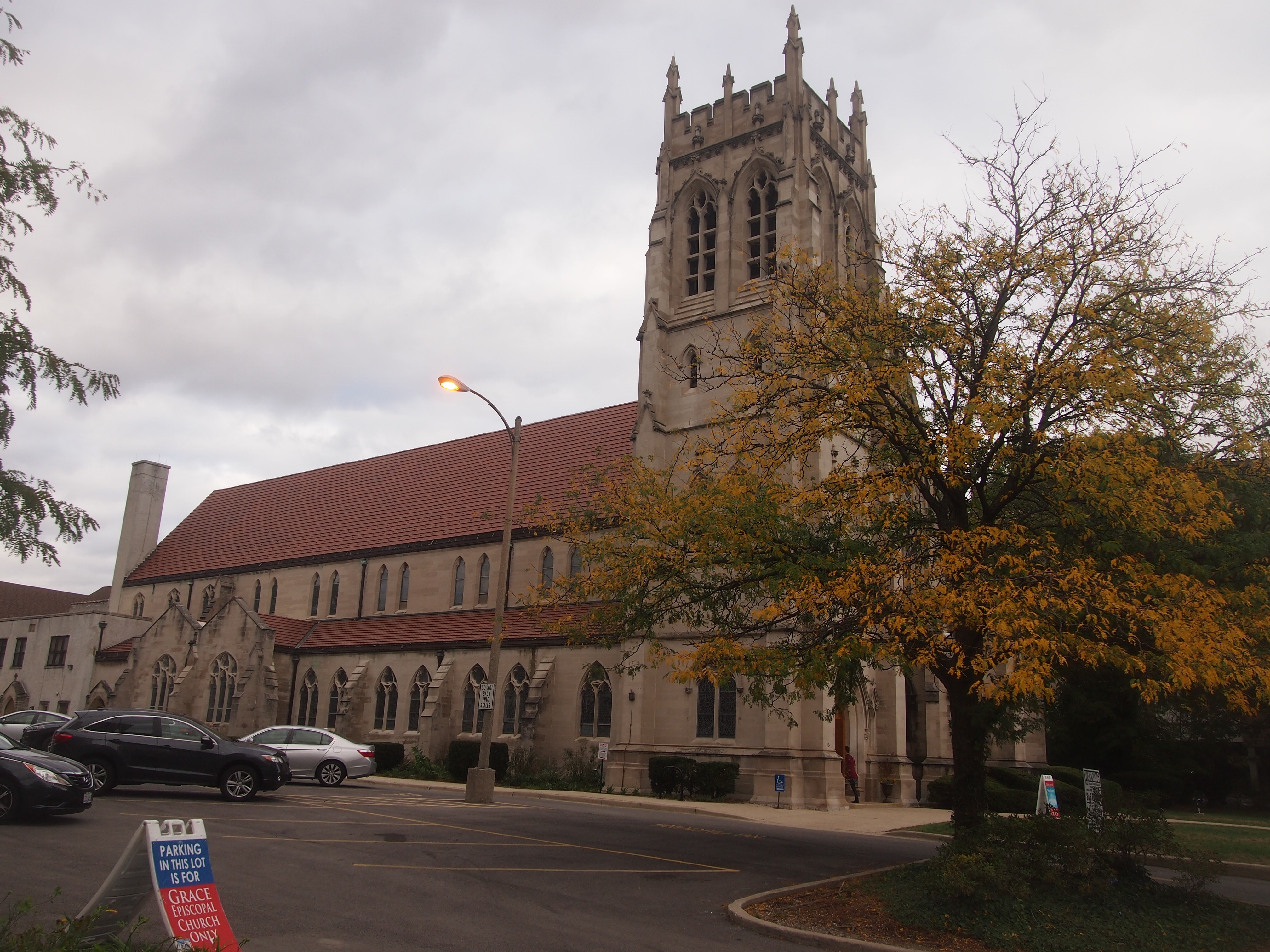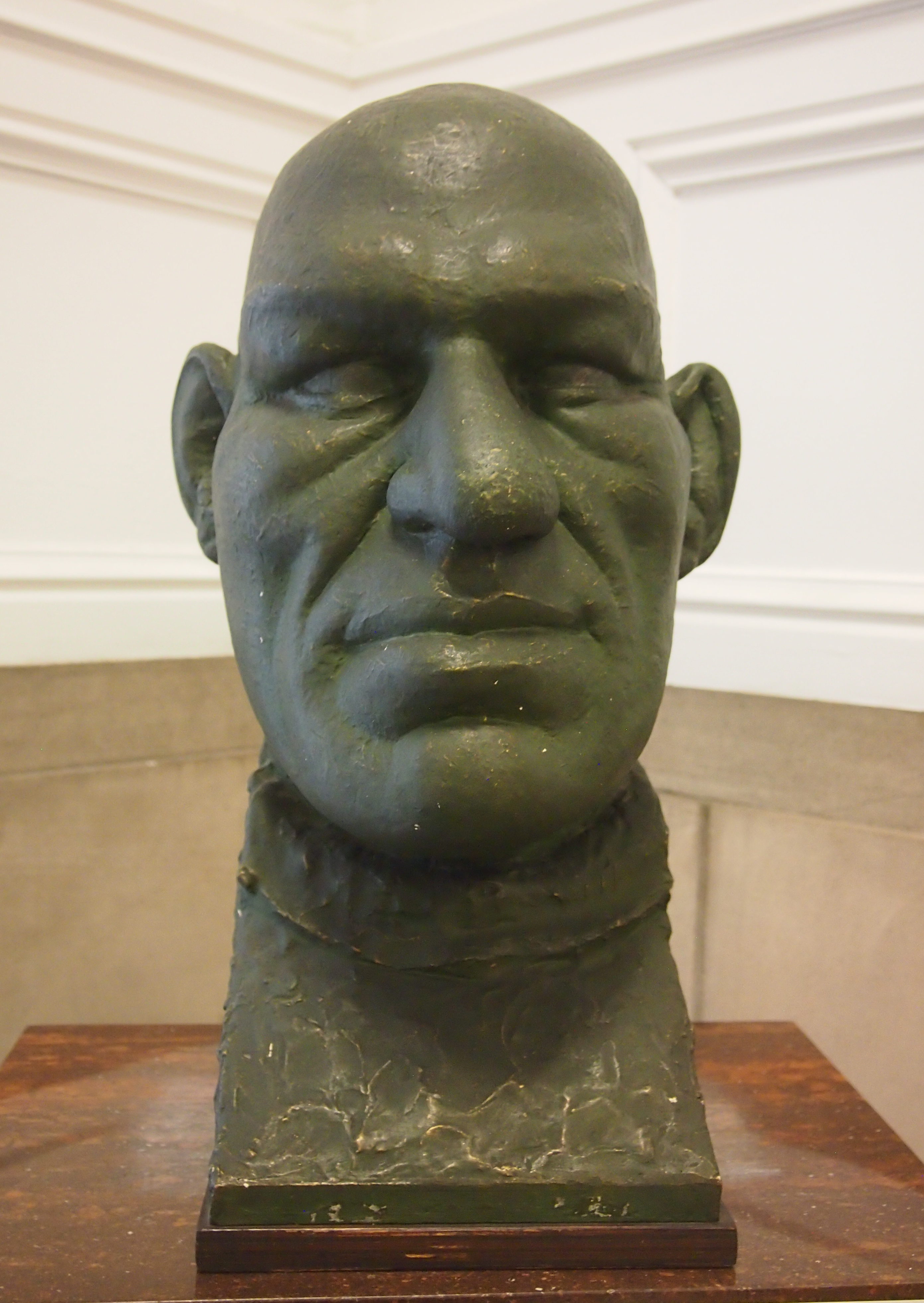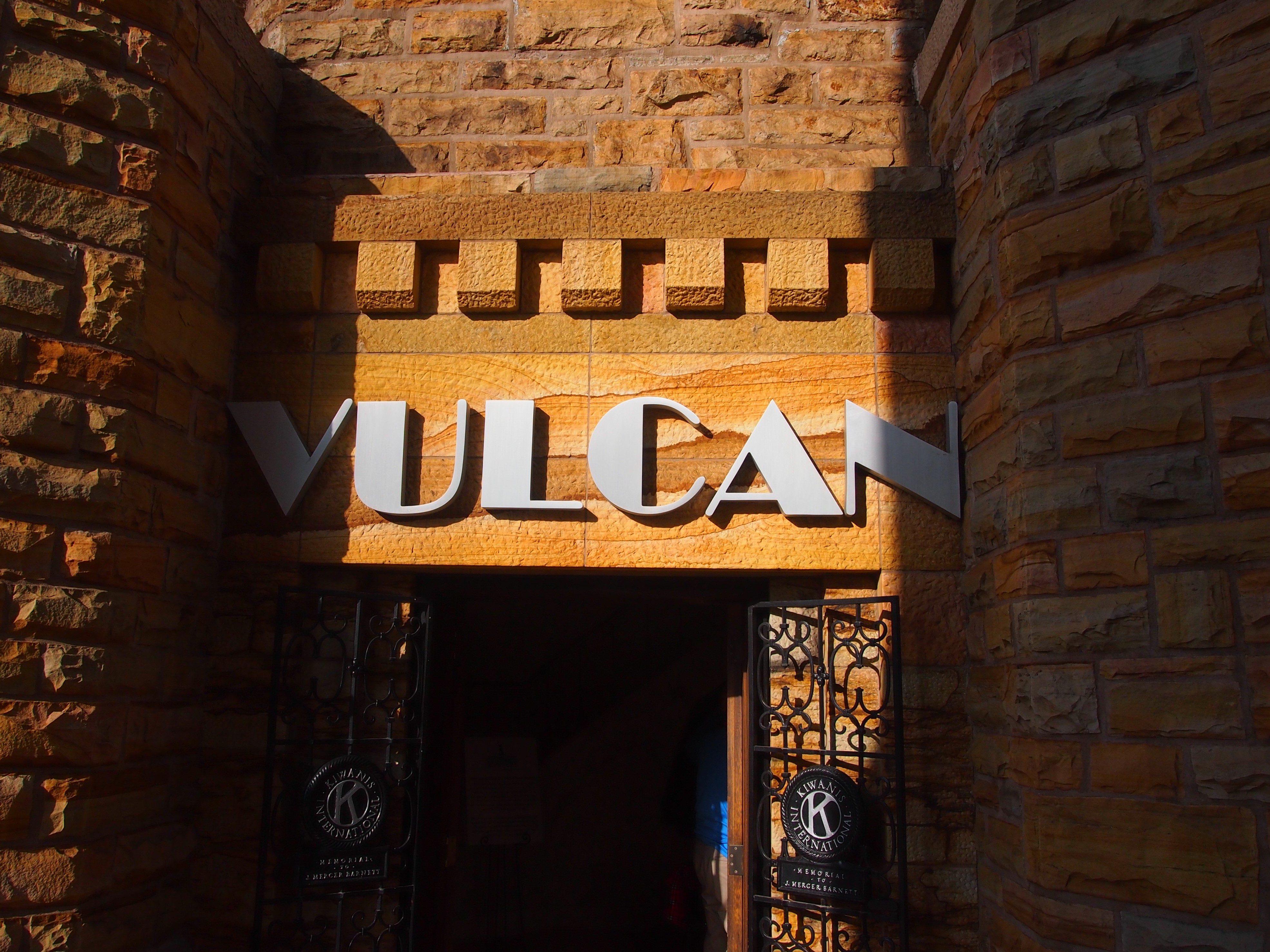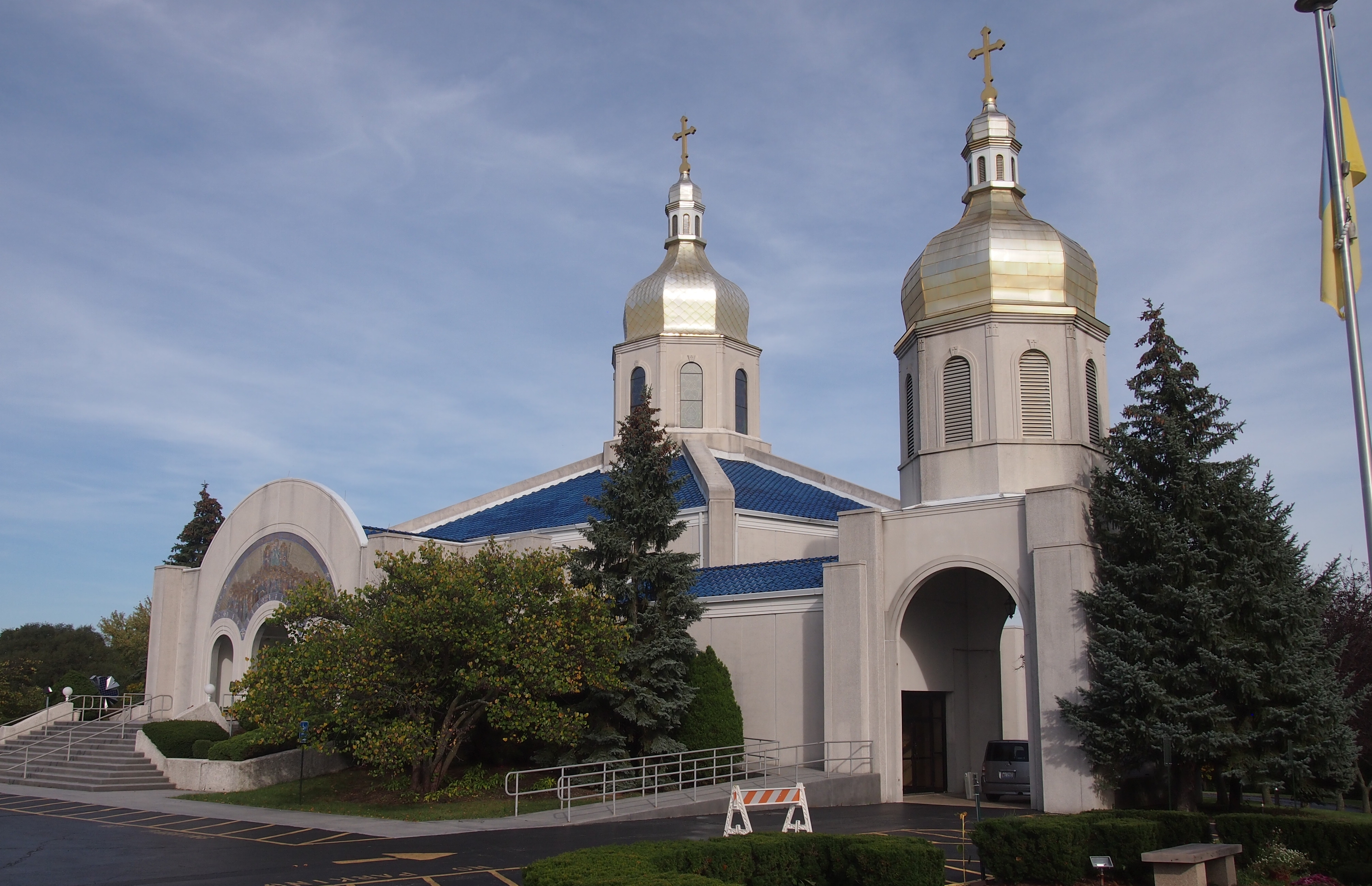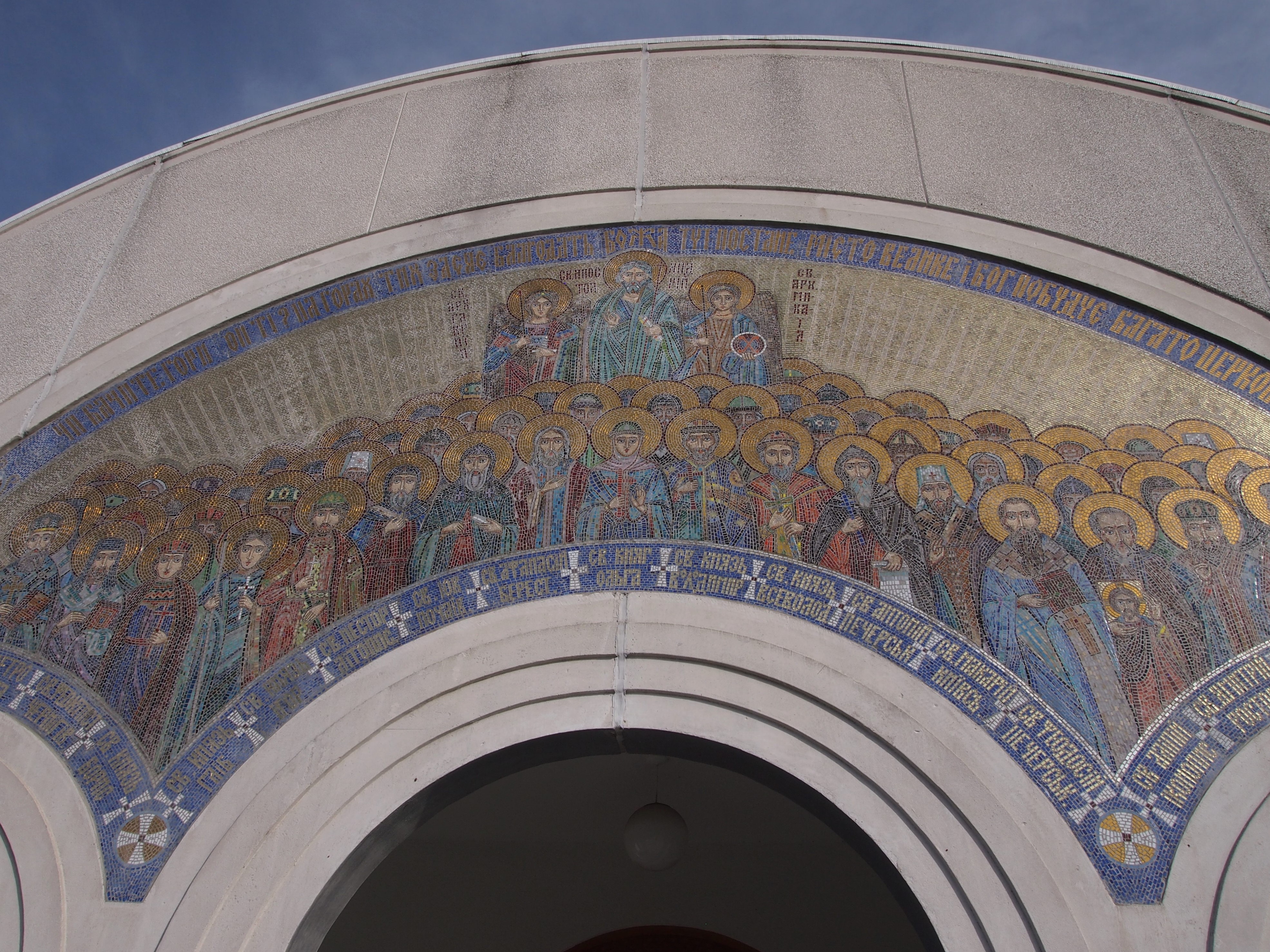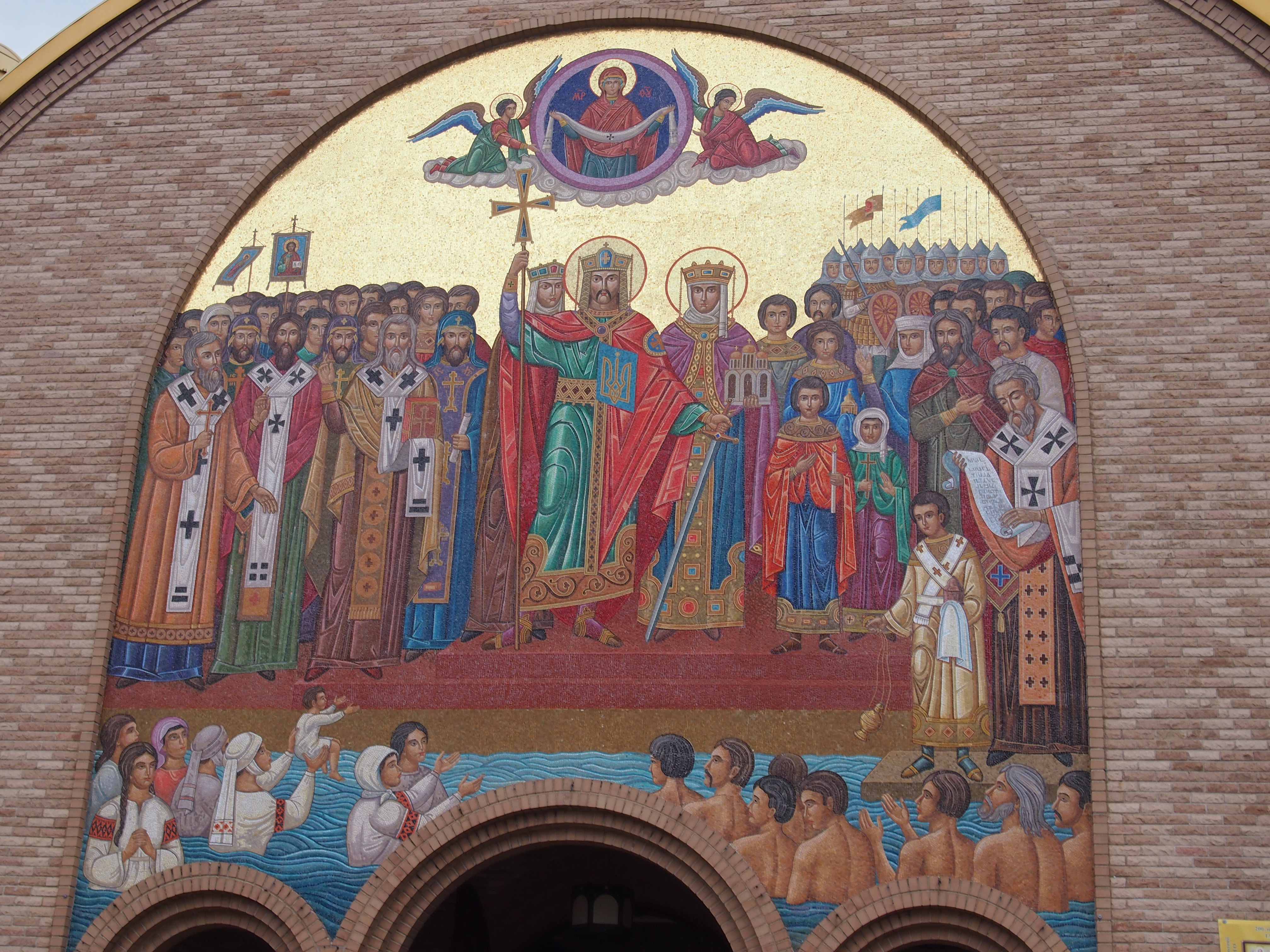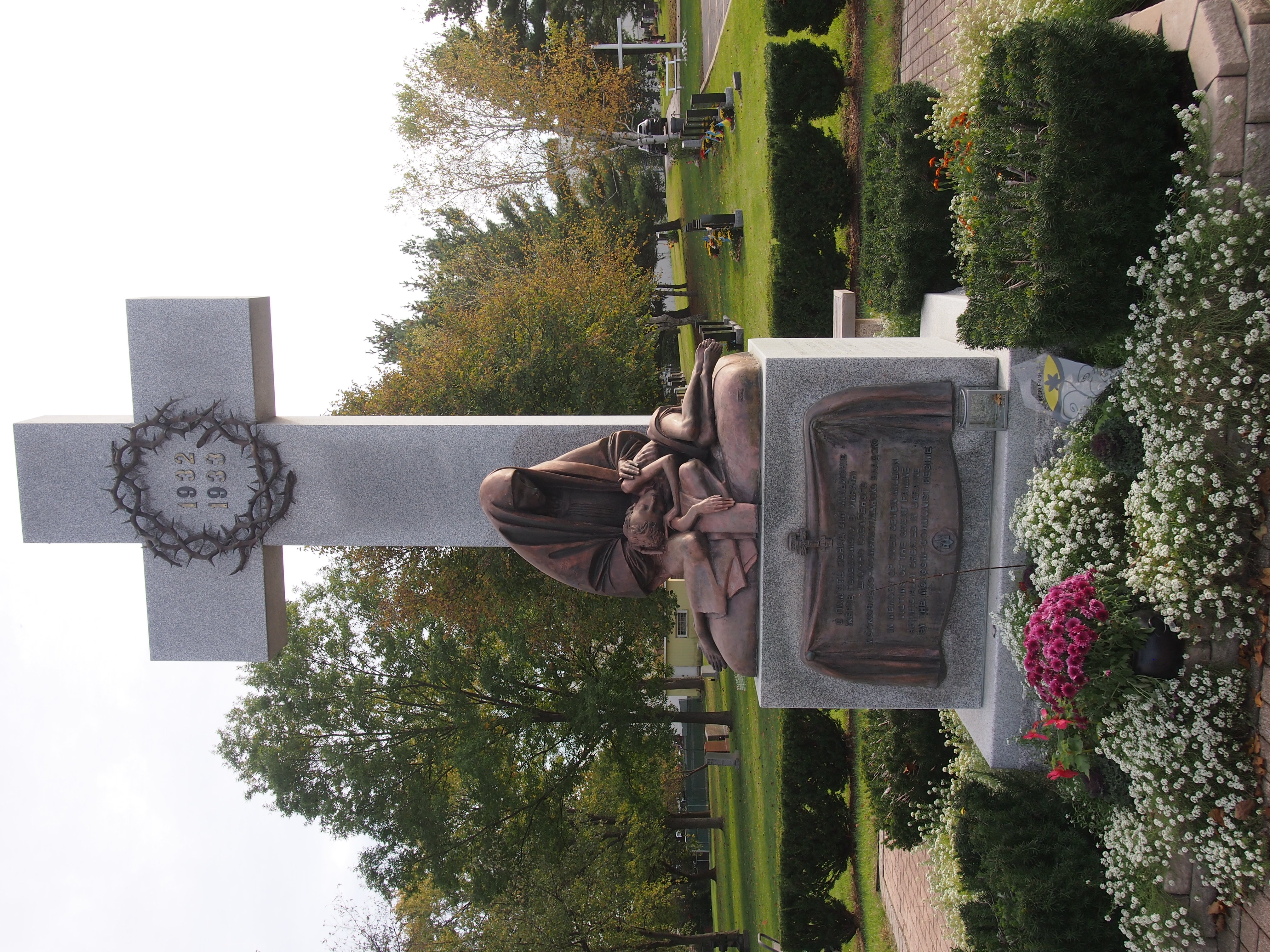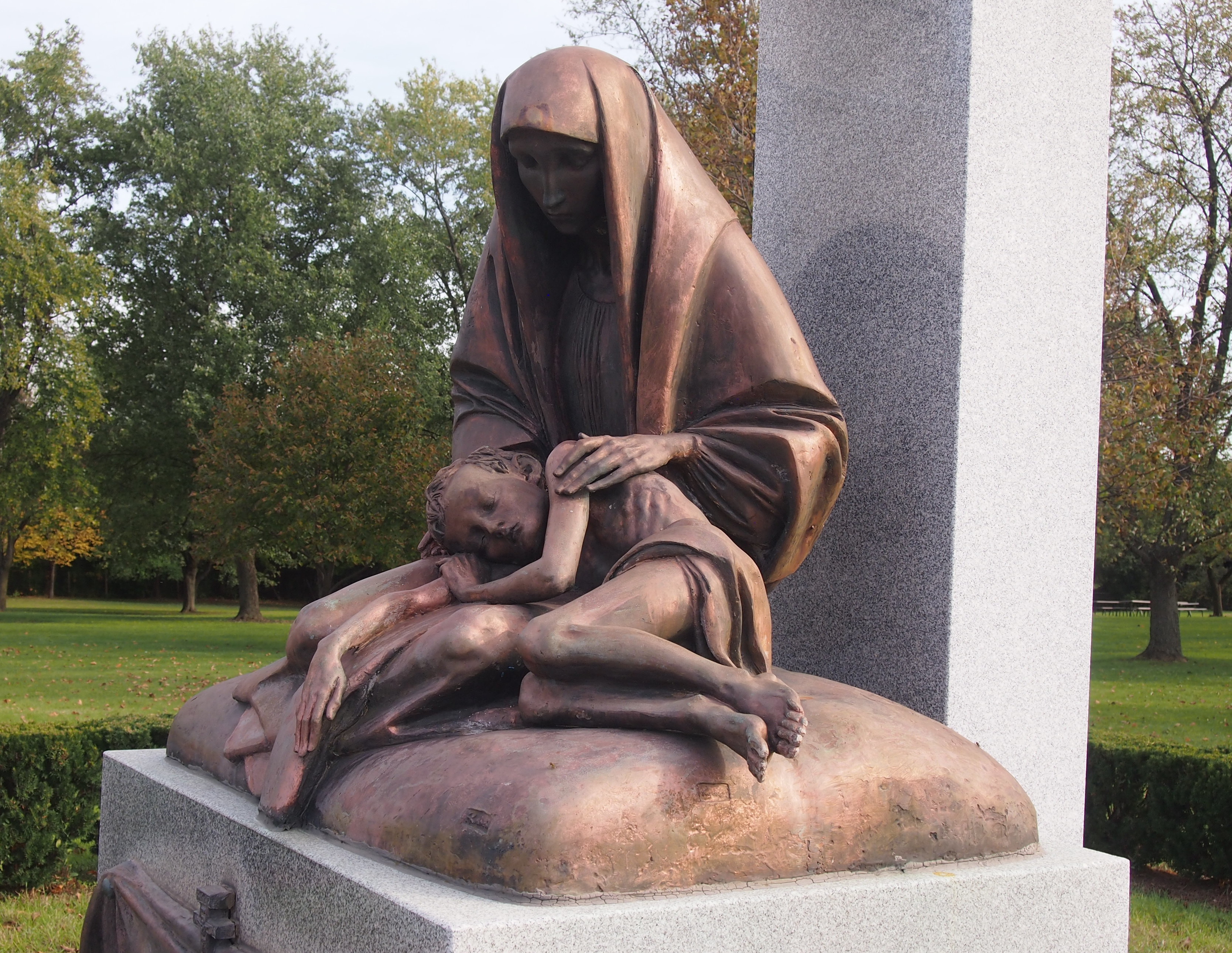Various things my computer has told me lately:
Object reference not set to an instance of an object.
Description: An unhandled exception occurred during the execution of the current web request. Please review the stack trace for more information about the error and where it originated in the code.
Sure, whatever you say.
Tremendous loud thunderstorm yesterday evening. Short but dramatic. The yard needed the water. Been a dryish August so far. But not too hot. I try to enjoy lunch on my deck daily, and sometimes breakfast, because soon the air will grow cold. All too soon.
Cicadas are in full voice during the day now. Crickets are on the night shift, singing their songs. Sounds just the same — to my human ears — as it did in 2015. But for all I know, the songs have morphed since then, and are as different to the insects as Middle English compared with Modern English.
Presidential sites are pretty thin on the ground up on the north shore of Lake Superior, but I did find one place during our recent trip that has the vaguest connection to a U.S. president. Its name: Buchanan.
Here it is.
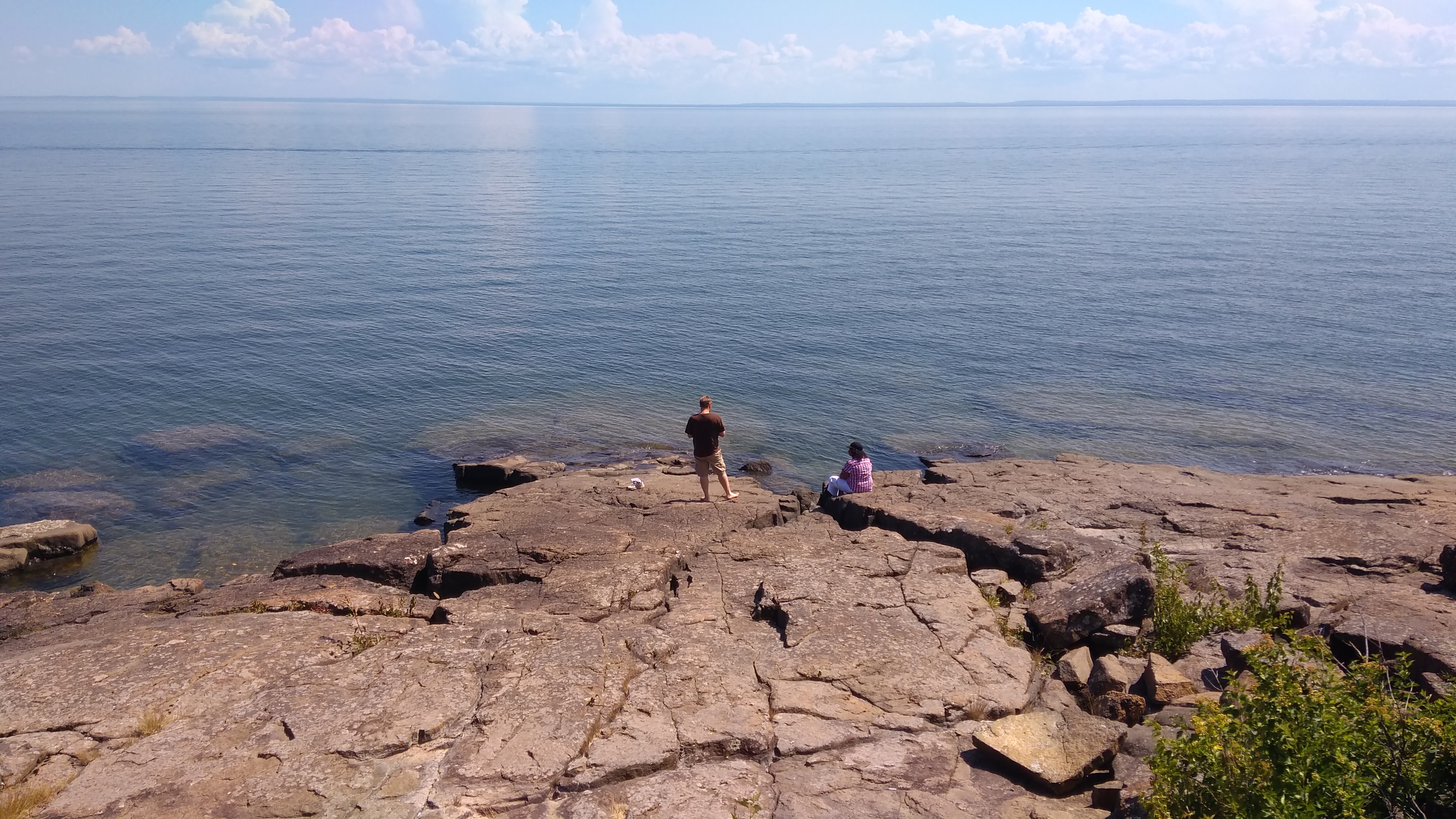 That might look like undeveloped shore on Lake Superior, and it is, but not far from shore a plaque says: This town site, named after President Buchanan, was laid out in October 1856. From September 1857 until May 1859 the place, though little less than wilderness, was the seat of the U.S. land office for the northeastern district of Minnesota. After the removal of the land office, the settlement disappeared.
That might look like undeveloped shore on Lake Superior, and it is, but not far from shore a plaque says: This town site, named after President Buchanan, was laid out in October 1856. From September 1857 until May 1859 the place, though little less than wilderness, was the seat of the U.S. land office for the northeastern district of Minnesota. After the removal of the land office, the settlement disappeared.
This sizable sculpture is on the campus of University of Minnesota Duluth, near that school’s planetarium. It’s called “Wild Ricing Moon.”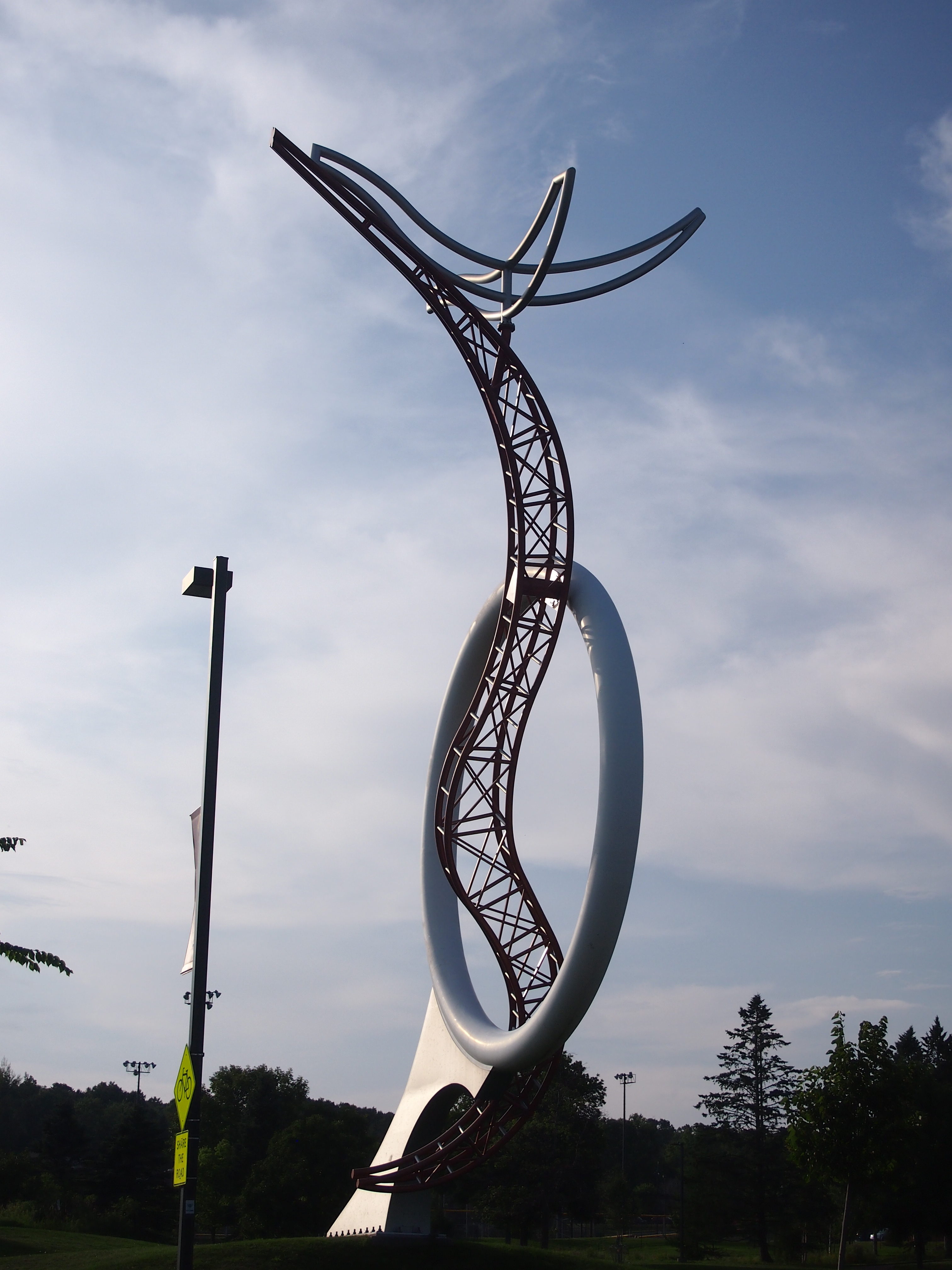 “The sculpture… was designed by John David Mooney, a Chicago sculptor with an international reputation,” the university says. “The piece is 89 feet tall. The first half of this large-scale outdoor sculpture was erected in October 2005. The first installation, a large steel circle, 40 feet in diameter, represents the full, rice-harvesting moon of late summer.
“The sculpture… was designed by John David Mooney, a Chicago sculptor with an international reputation,” the university says. “The piece is 89 feet tall. The first half of this large-scale outdoor sculpture was erected in October 2005. The first installation, a large steel circle, 40 feet in diameter, represents the full, rice-harvesting moon of late summer.
“A ‘rice stalk’ section and bird was included in the pieces that arrived in June. Mooney described the sculpture as reflecting the North Shore of Lake Superior and natural features of the region.”
Here’s the pleasant open area behind the Allyndale Motel in Duluth.
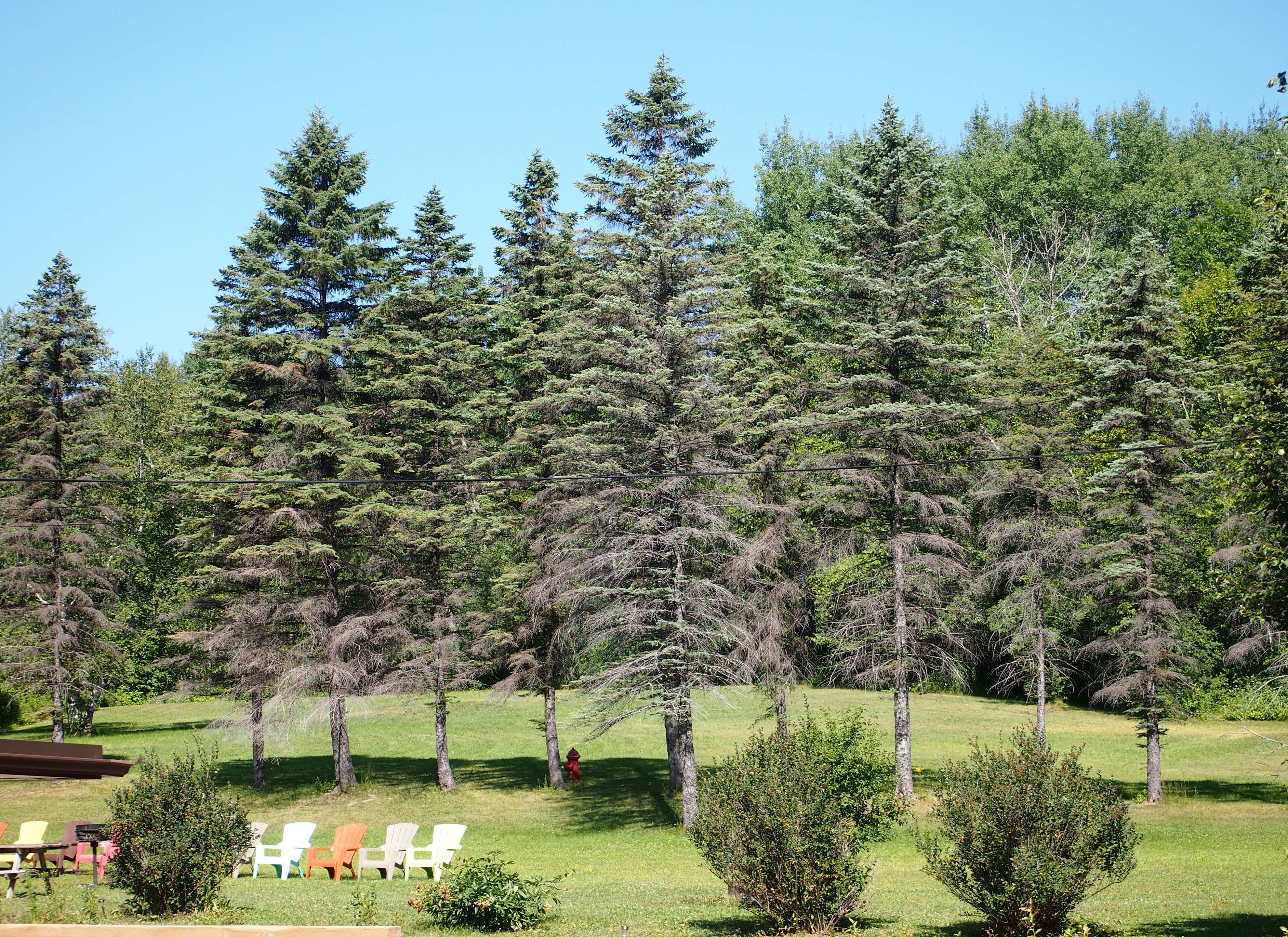
One morning I ate a rudimentary breakfast there as the girls slept. One night I went there on the thin hope that the northern lights would be visible. No dice.
I spent a few minutes tooling around Eau Claire, Wis., on the Saturday morning on the way up to Minnesota. One thing I saw in passing was the impressive Sacred Heart-St. Patrick Parish church.
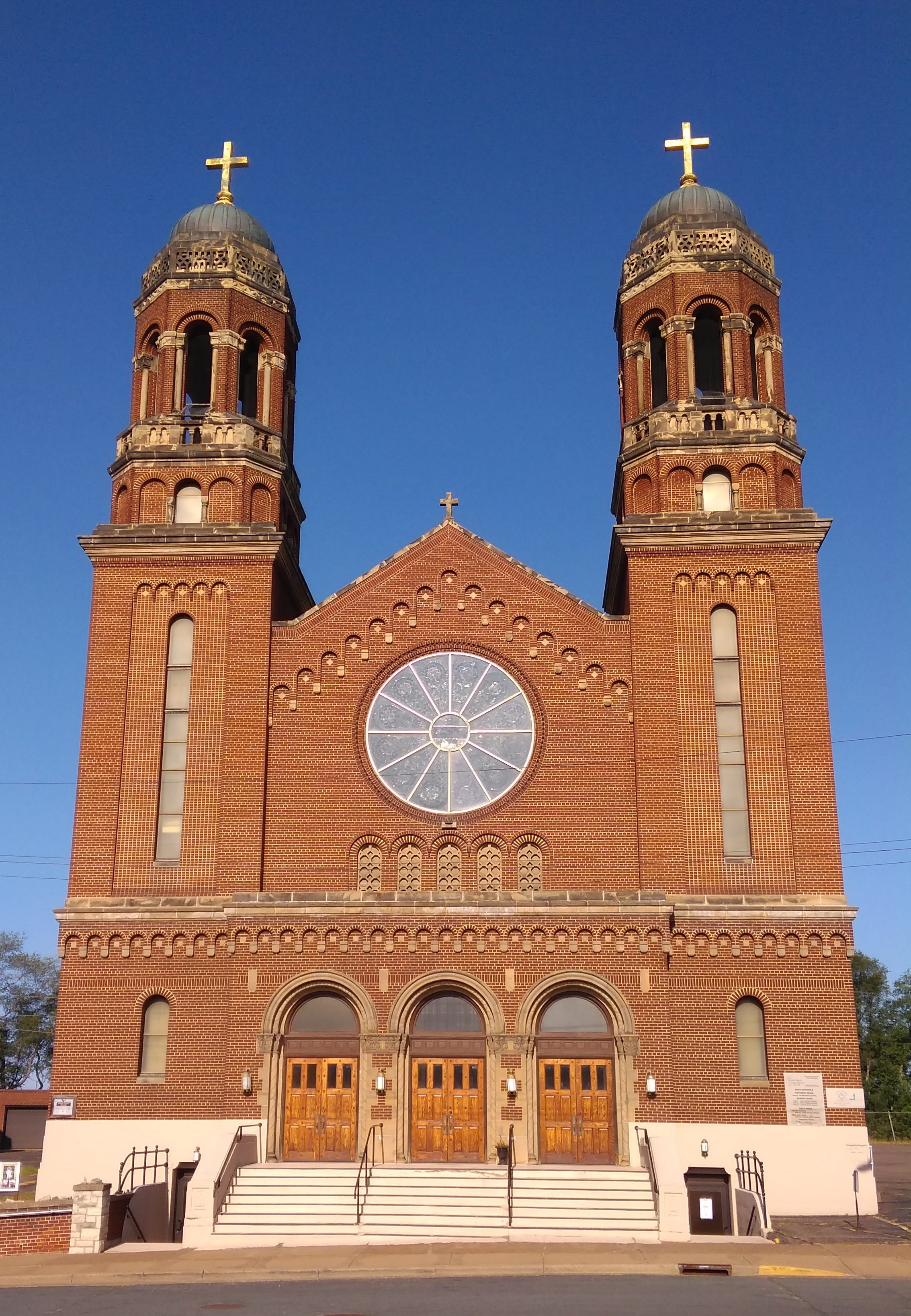 Unfortunately, the church was closed.
Unfortunately, the church was closed.
A little later that day we stopped at Leinenkugel Brewery in Chippewa Falls. The tourist-facing part of the operation is known as the Leinie Lodge®, which “is filled with historical photos, vintage brewing equipment and plenty of Leinie’s wearables and collectibles to take home,” notes the brewery web site. There’s also a bar. Guess what it serves.
Boy, the Leinie Lodge was crowded. That’s the result of years of clever advertising (autoplay) and what we get for going on a Saturday morning. But that wasn’t the irritating part, not really. Leinenkugel Brewery tours cost $10. Admission for a brewery tour?
I’ve been on brewery and vineyard and distillery tours all over the world, including a beer brewery in Denmark, a bourbon maker in Kentucky, a winery in Western Australia and a sake brewery in Japan, and that’s one thing I haven’t run across. Because, you know, the tour is marketing — building goodwill — introducing new customers to your product — not a damned revenue stream. For the birds, Leinenkugel, for the birds.
But I have to confess that Lilly wanted a Leinenkugel shirt, so I got her one. Her souvenir for the trip. I got a couple of postcards.
On the way back from Minnesota, as I’ve mentioned, we ate lunch in Madison, Wis., at the excellent Monty’s Blue Plate Diner.
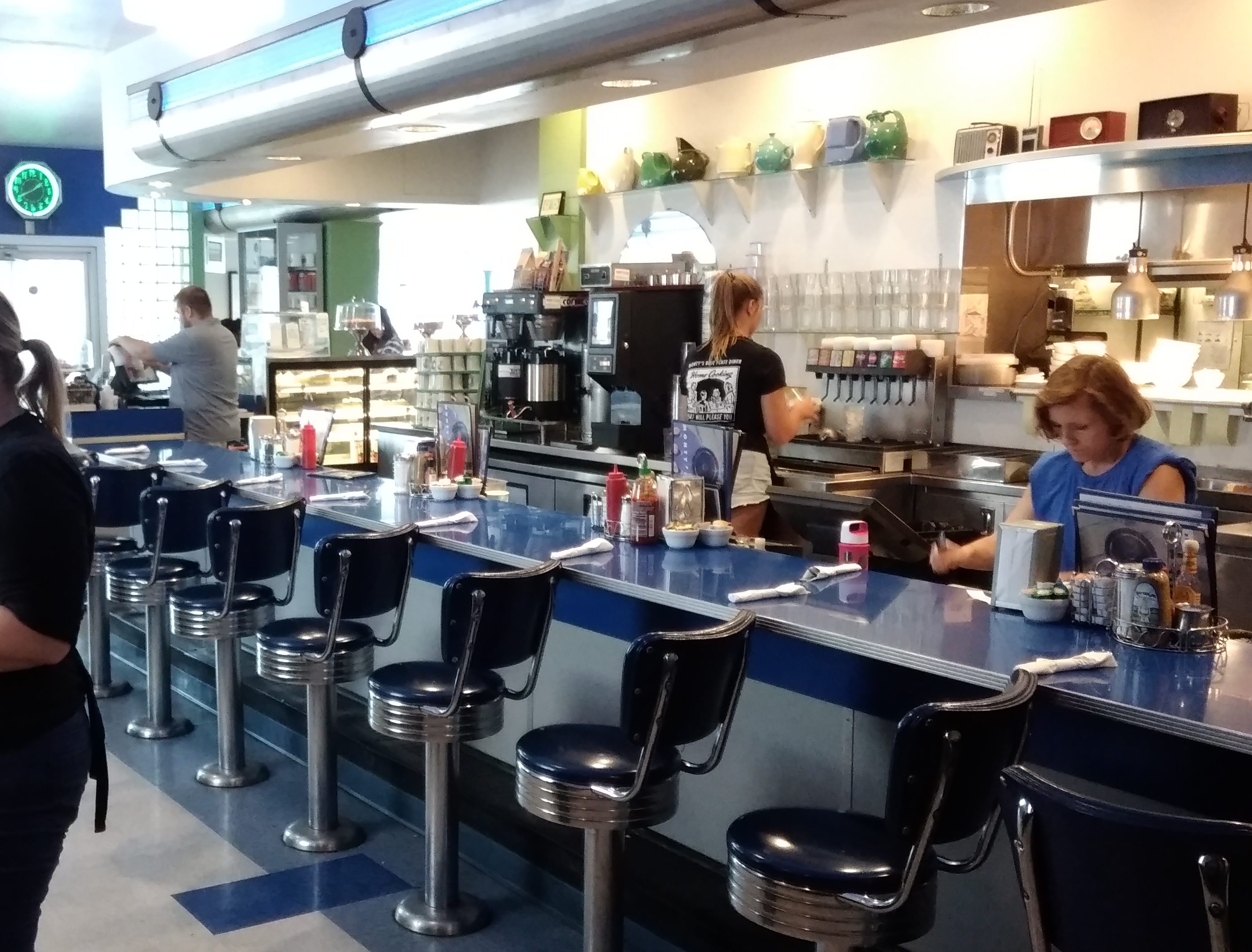
Across the street from Monty’s is the Barrymore Theatre. I like its looks.
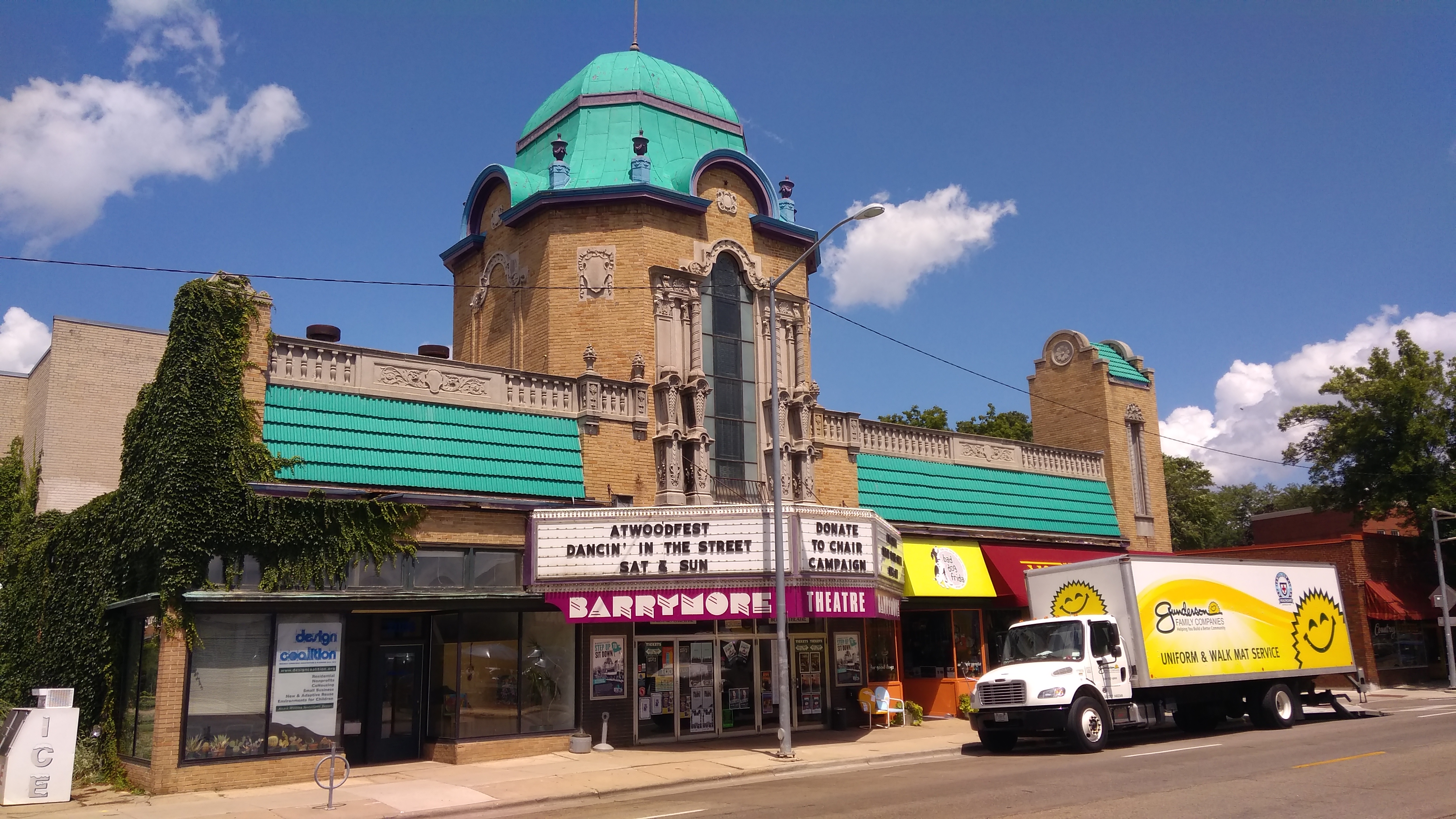
Various live acts play at the Barrymore. Looking at the upcoming list, I see that They Might Be Giants will be there in October after dates in the UK, Germany and Canada. Maybe I should see them again — it’s been almost 30 years now — but it’s a Tuesday show, so I don’t think I’ll make it.
One more thing. At a rest stop on I-94 near Black River Falls, Wis., there’s a state historical marker honoring, at some length, the passenger pigeon. Among other things, the marker says: “The largest nesting on record anywhere occurred in this area in 1871. The nesting ground covered 850 square miles with an estimated 136,000,000 pigeons.
“John Muir described the passenger pigeons in flight, ‘I have seen flocks streaming south in the fall so large that they were flowing from horizon to horizon in an almost continuous stream all day long.’ “
Wow. 136 million pigeons more or less in the same place? A marvel to behold, I’m sure. That and an amazing amount of noise and a monumental torrent of droppings.
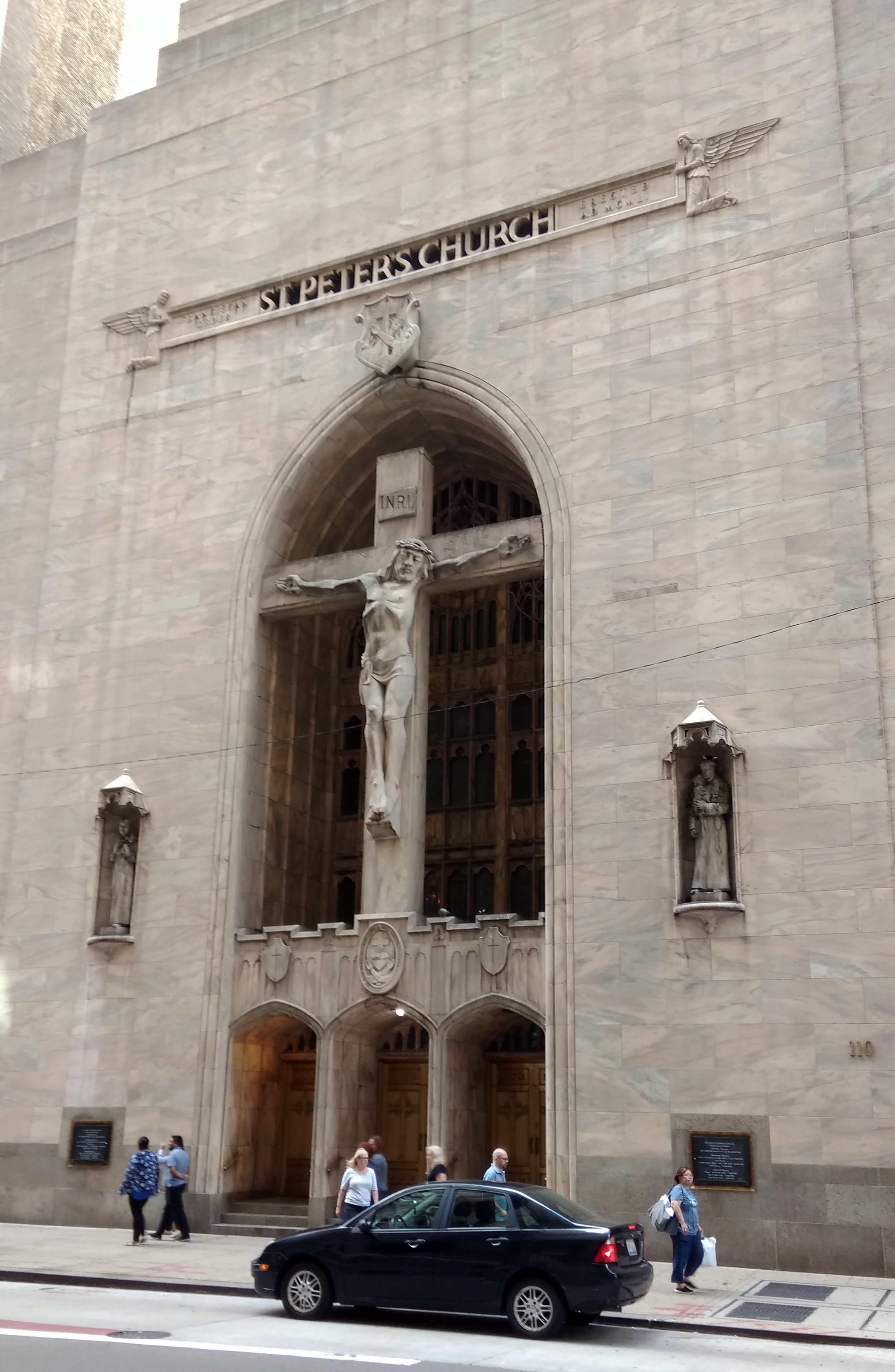 The enormous crucifix is by Latvian artist Arvid Strauss. The building dates from 1953. According to Heavenly City: The Architectural Tradition of Catholic Chicago by Denis McNamara, “the stepped-back roof profile of the exterior recalls the Art Deco skyscapers [architects Vitzthum and Burns] had designed and gave the church a modern sensibility, but the facade retained the sign value of churchliness with Gothic decorative elements, pink Georgia marble, and [the] monumental exterior cruxifix…”
The enormous crucifix is by Latvian artist Arvid Strauss. The building dates from 1953. According to Heavenly City: The Architectural Tradition of Catholic Chicago by Denis McNamara, “the stepped-back roof profile of the exterior recalls the Art Deco skyscapers [architects Vitzthum and Burns] had designed and gave the church a modern sensibility, but the facade retained the sign value of churchliness with Gothic decorative elements, pink Georgia marble, and [the] monumental exterior cruxifix…”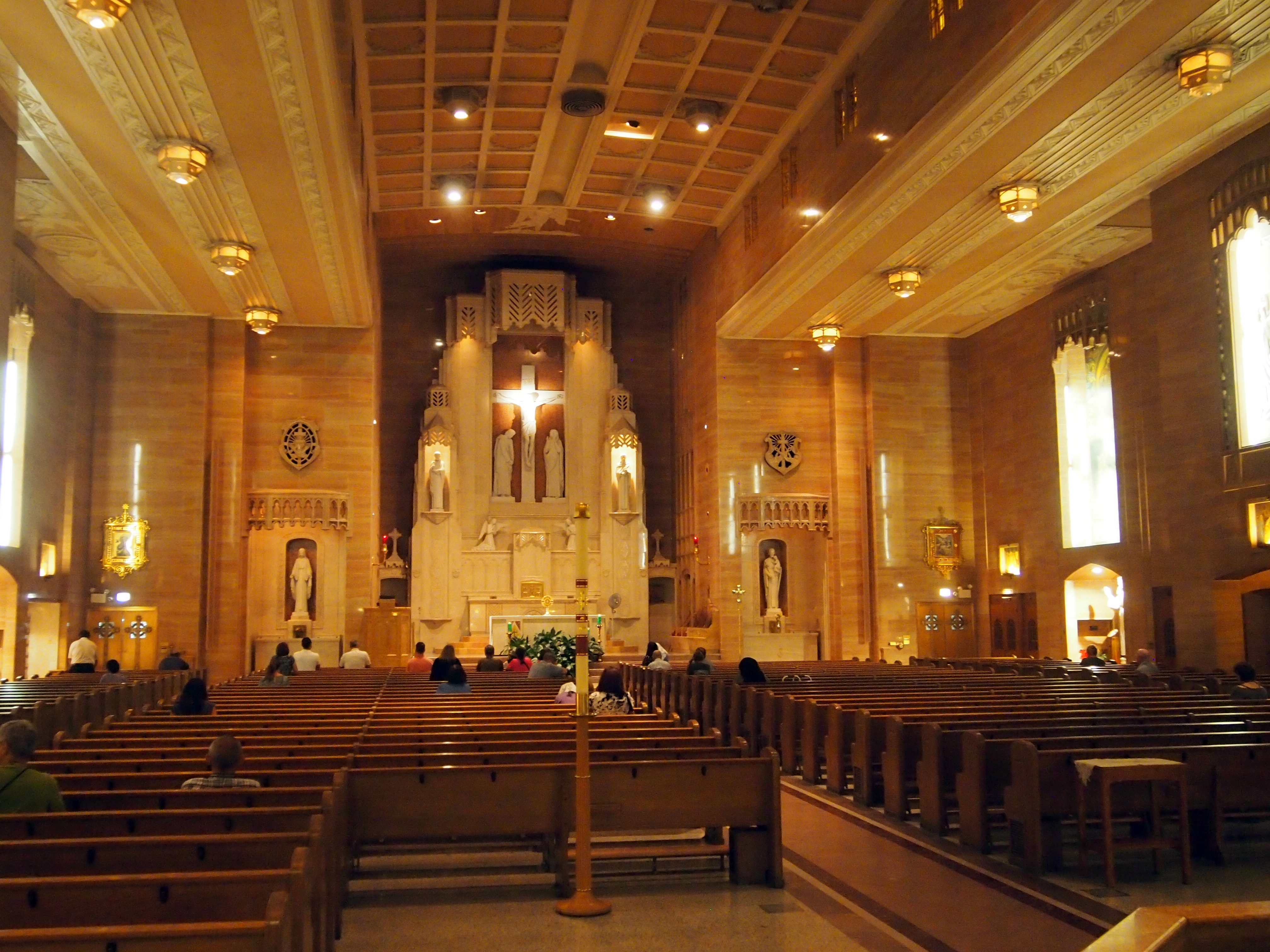 The building is more just the sanctuary. Tucked away in the structure, hidden from casual visitors like me, are an auditorium, library, offices, meeting rooms and friary completed with living quarters, kitchen and a chapel for the Franciscans who run the place.
The building is more just the sanctuary. Tucked away in the structure, hidden from casual visitors like me, are an auditorium, library, offices, meeting rooms and friary completed with living quarters, kitchen and a chapel for the Franciscans who run the place.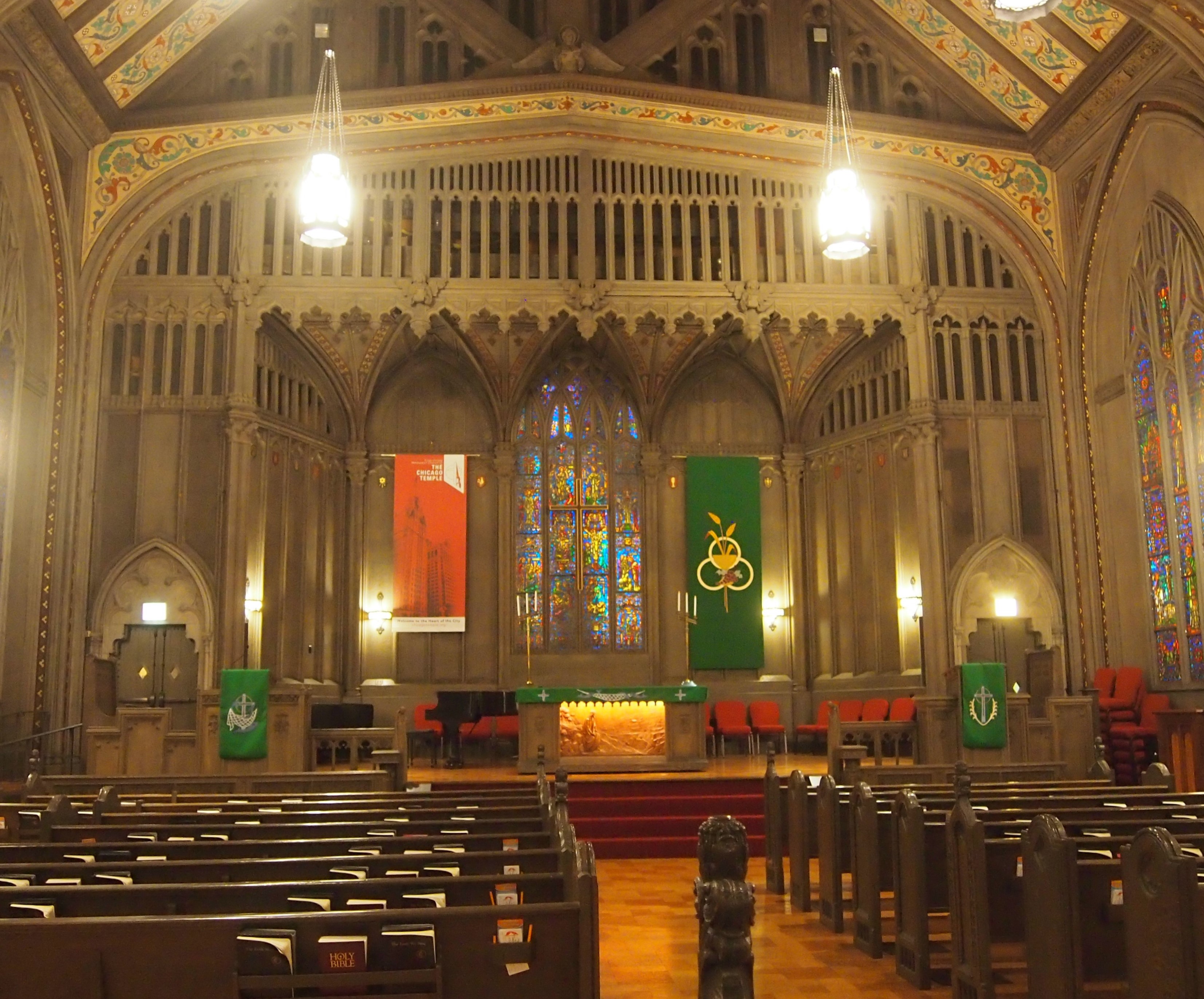 With fine stained glass.
With fine stained glass.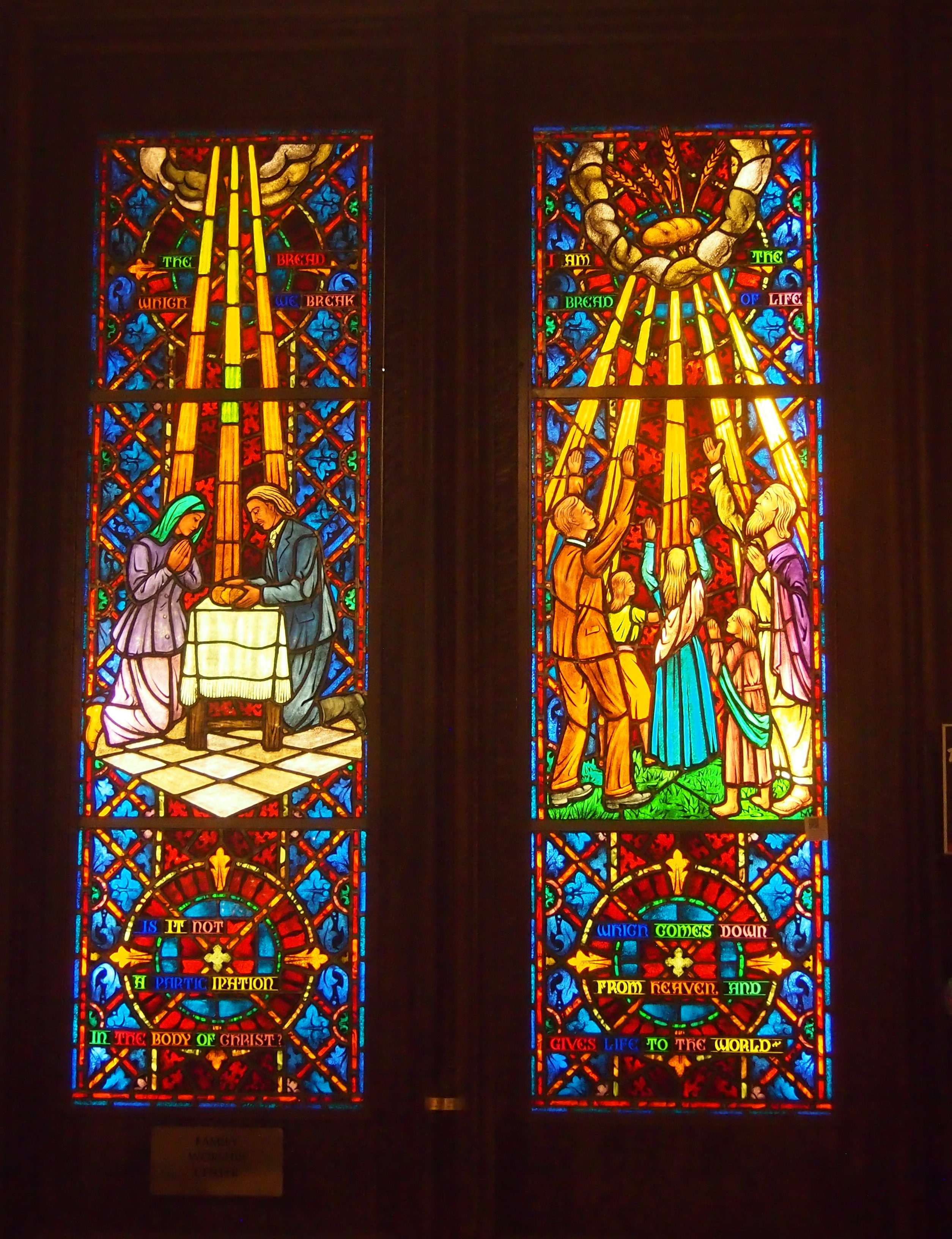
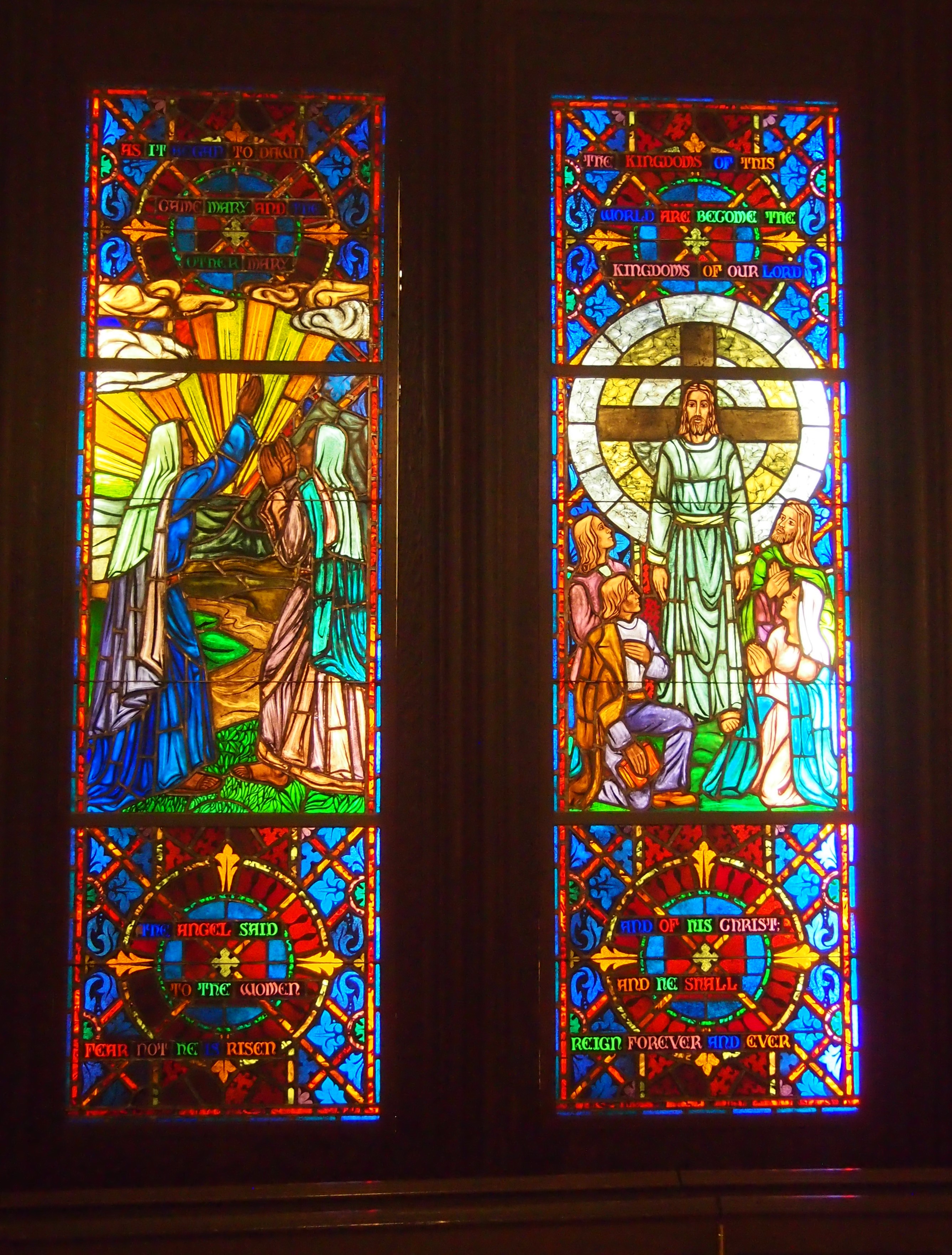 I had no time to tour the Sky Chapel again — I visited ca. 2002 — which is at top of the building and open every day at 2 p.m. It’s a sacred space unlike any other I know.
I had no time to tour the Sky Chapel again — I visited ca. 2002 — which is at top of the building and open every day at 2 p.m. It’s a sacred space unlike any other I know.


 Unfortunately, the church was closed.
Unfortunately, the church was closed.

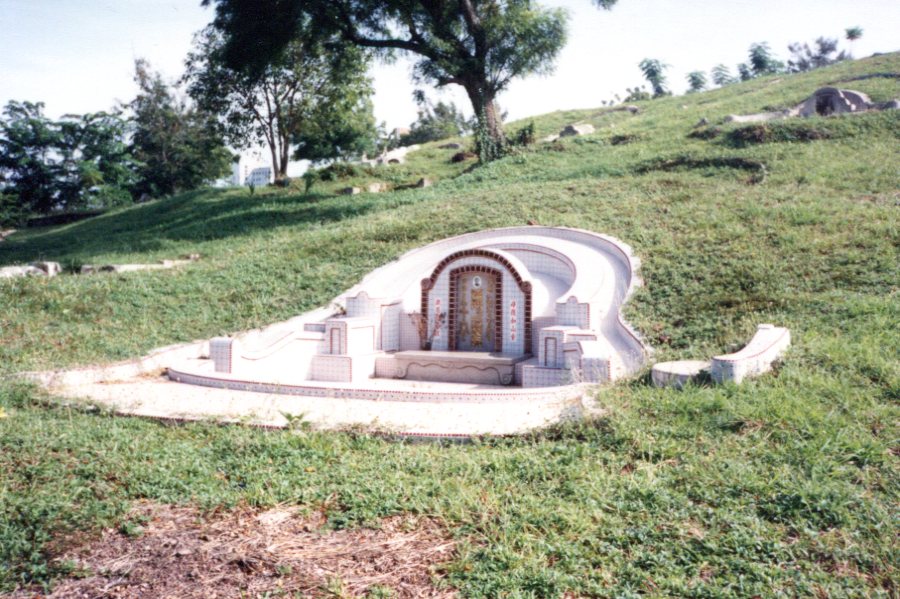
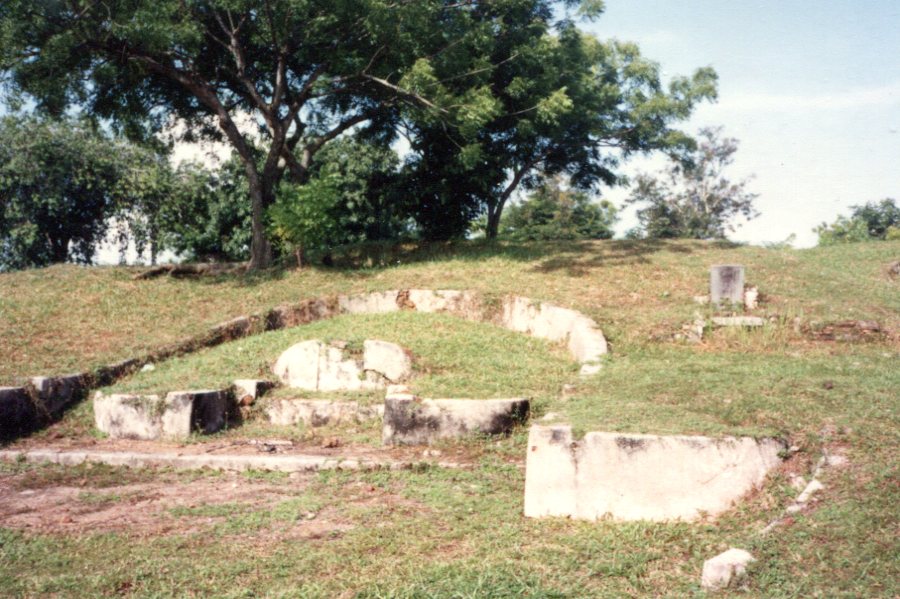
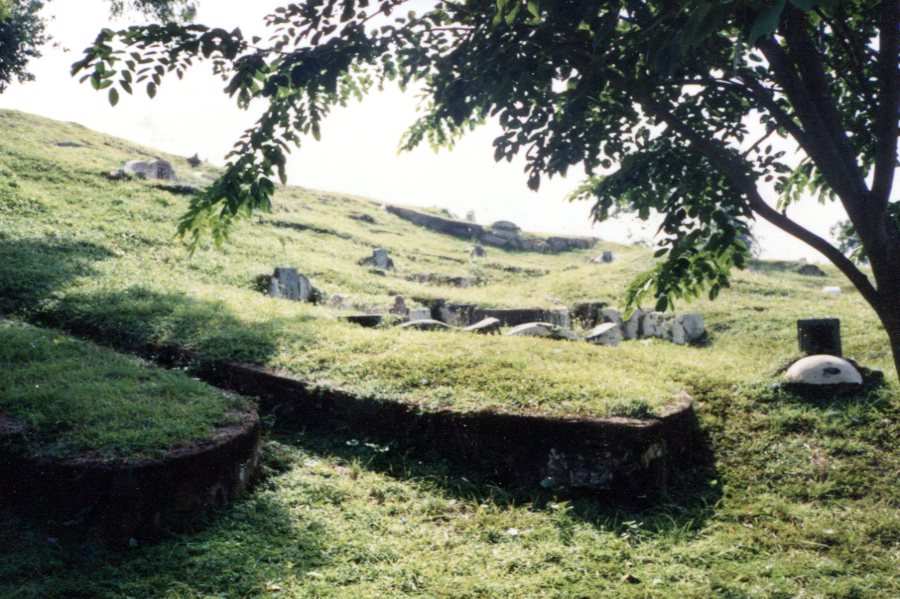
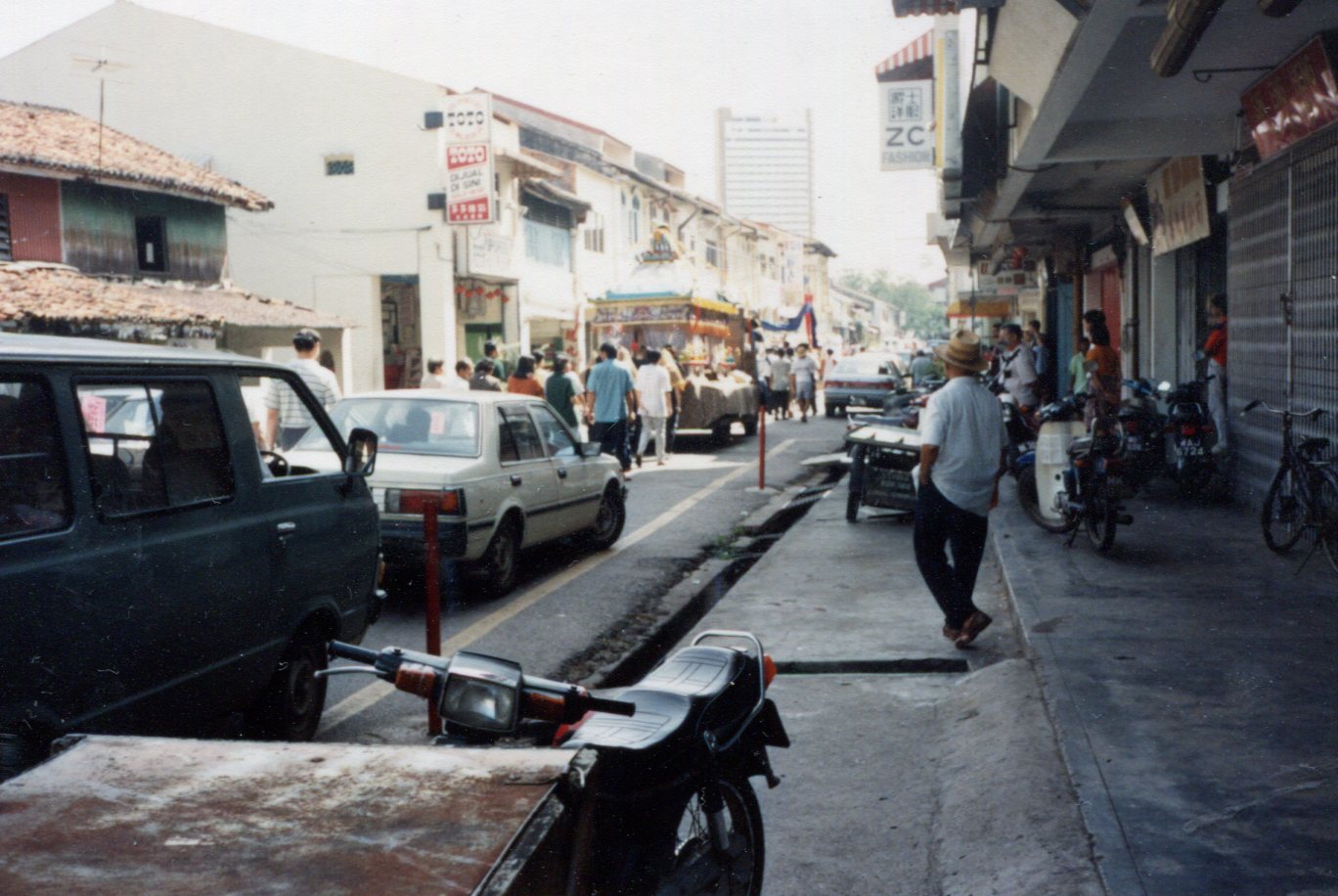

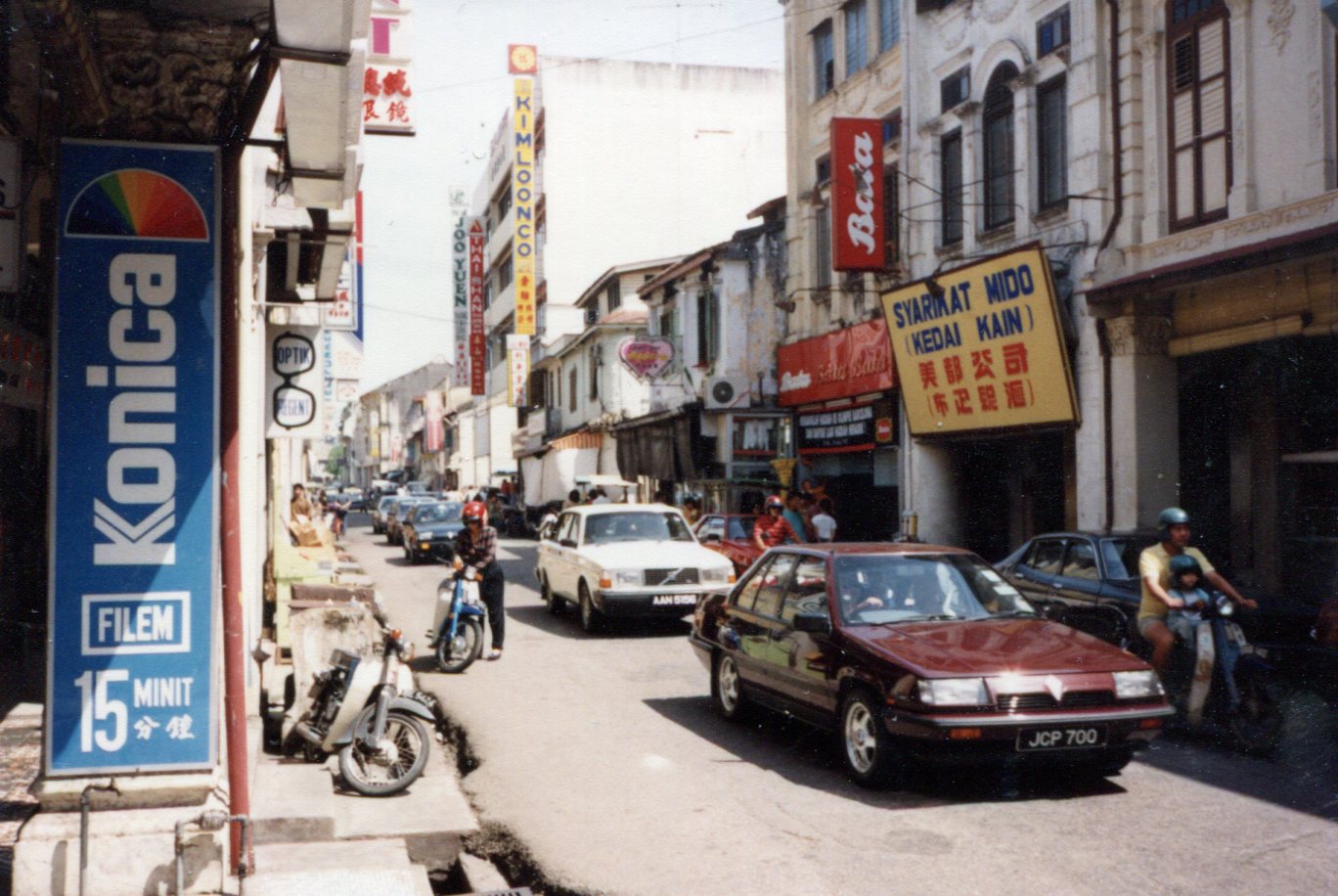
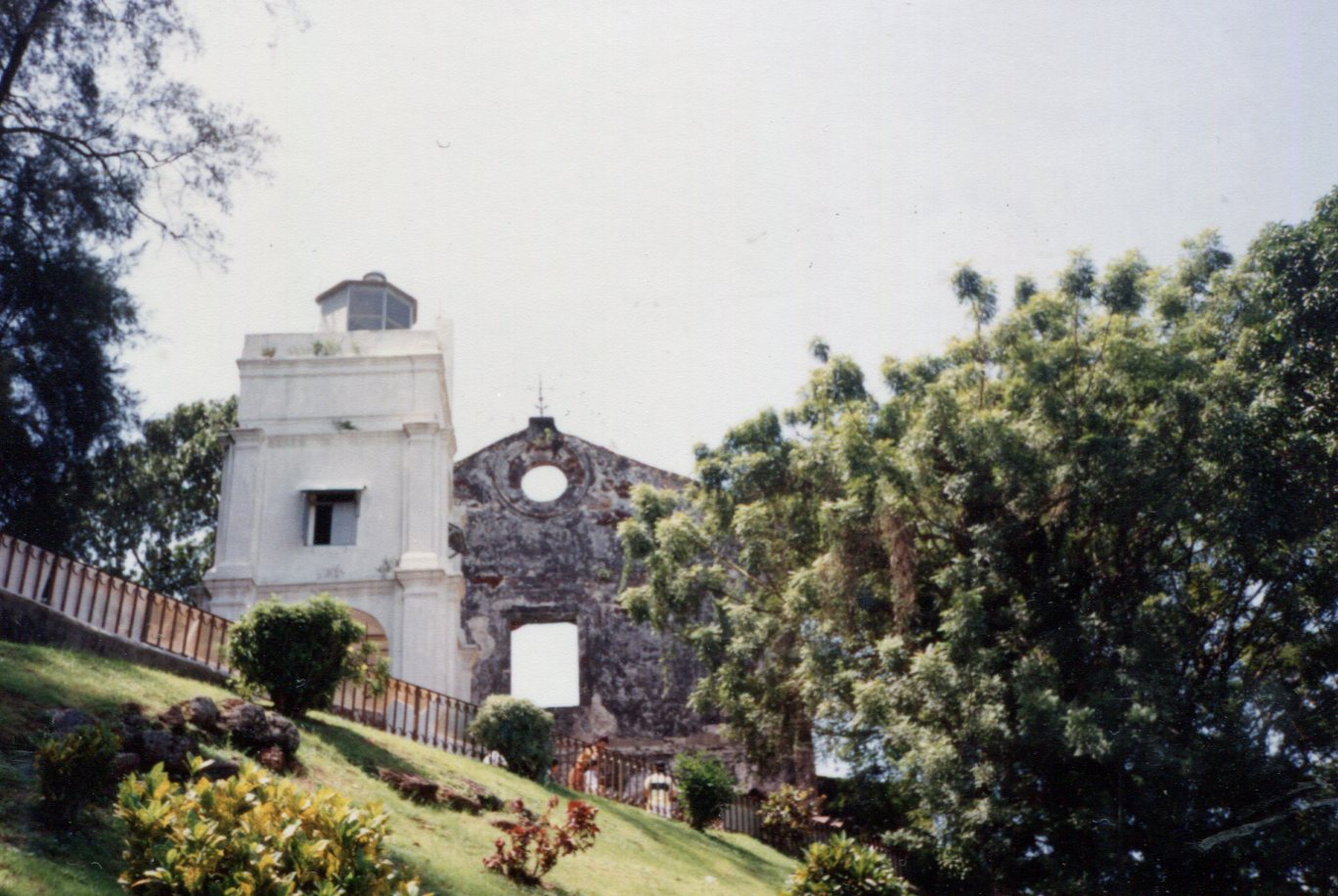
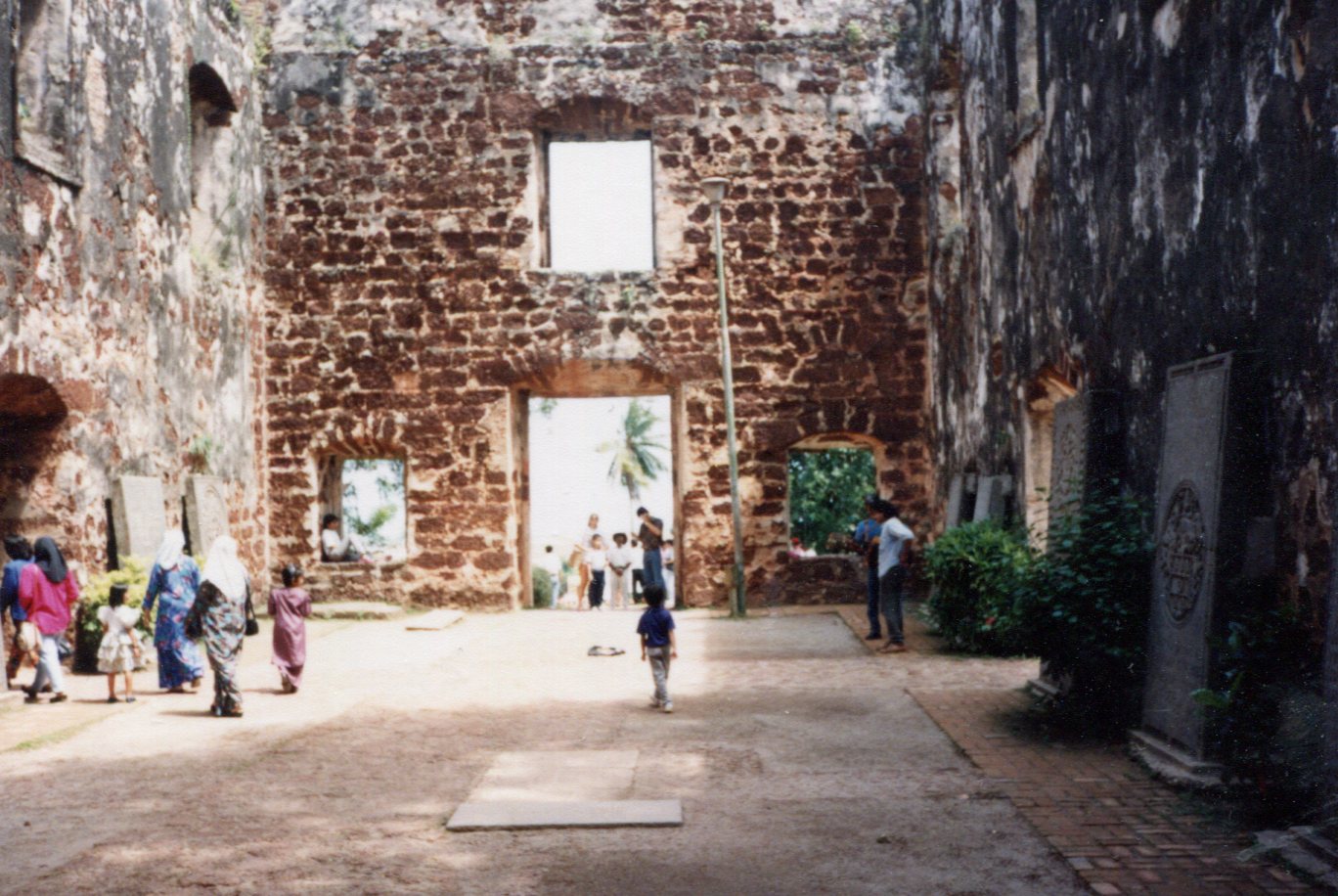
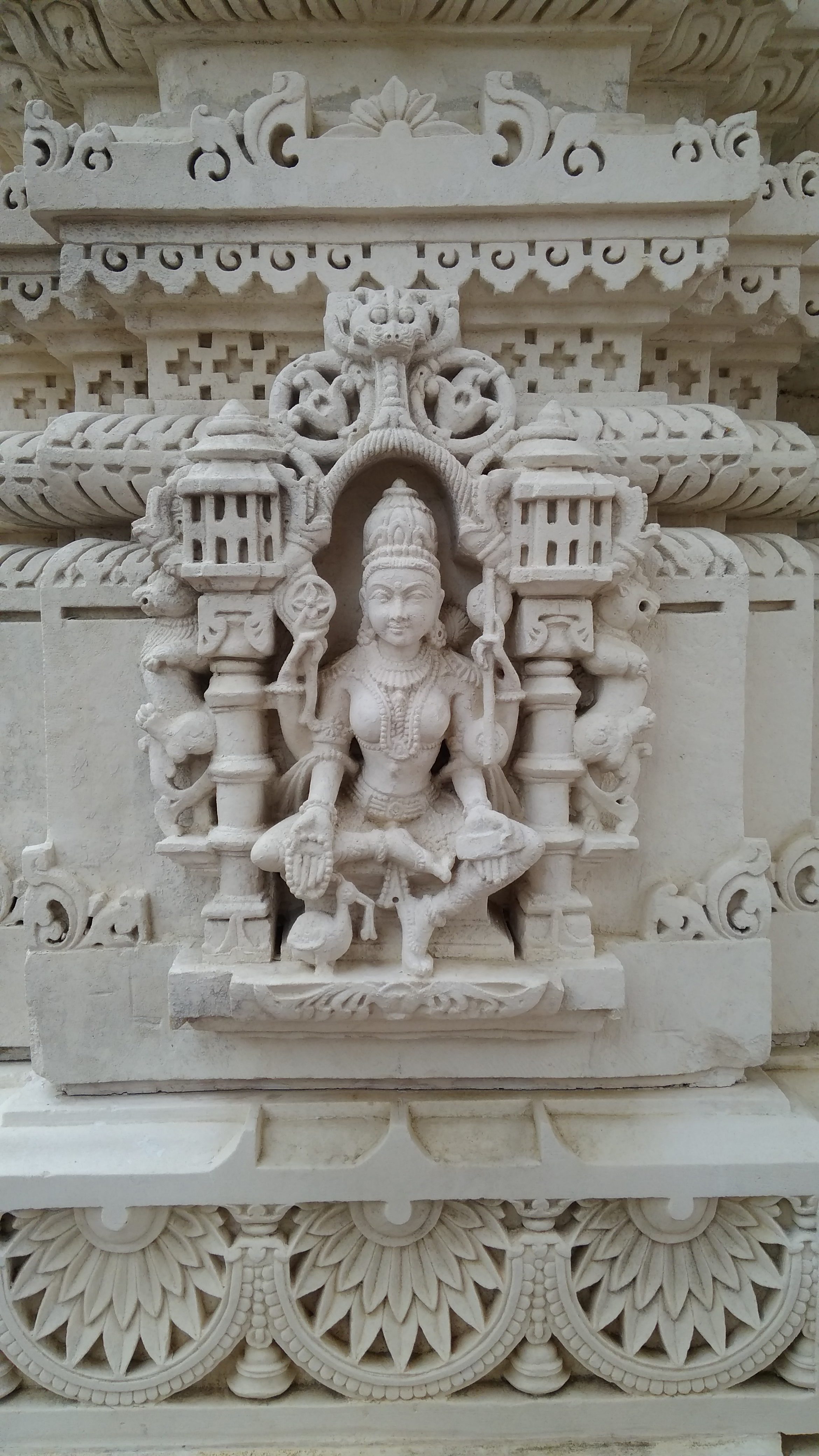
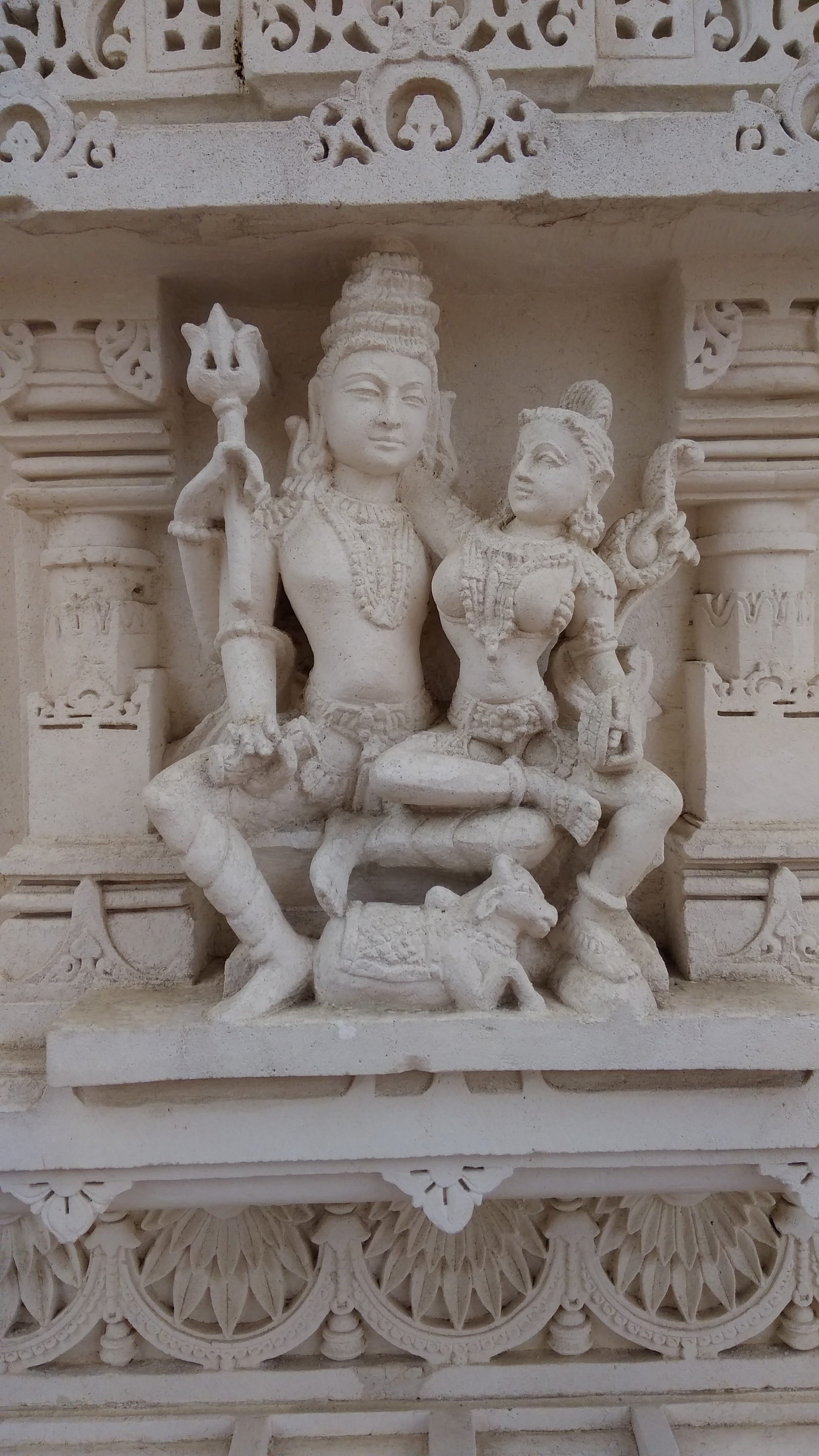
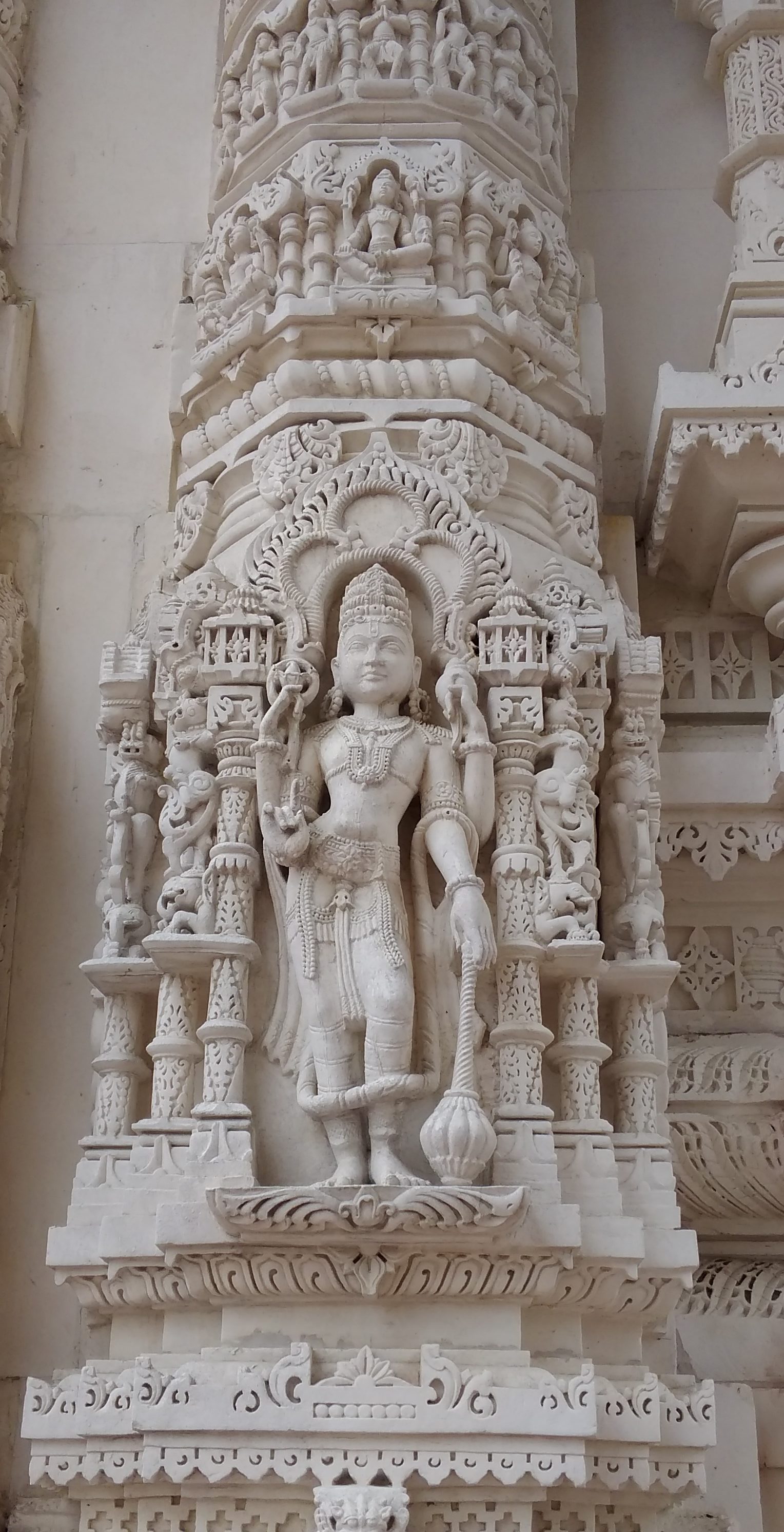
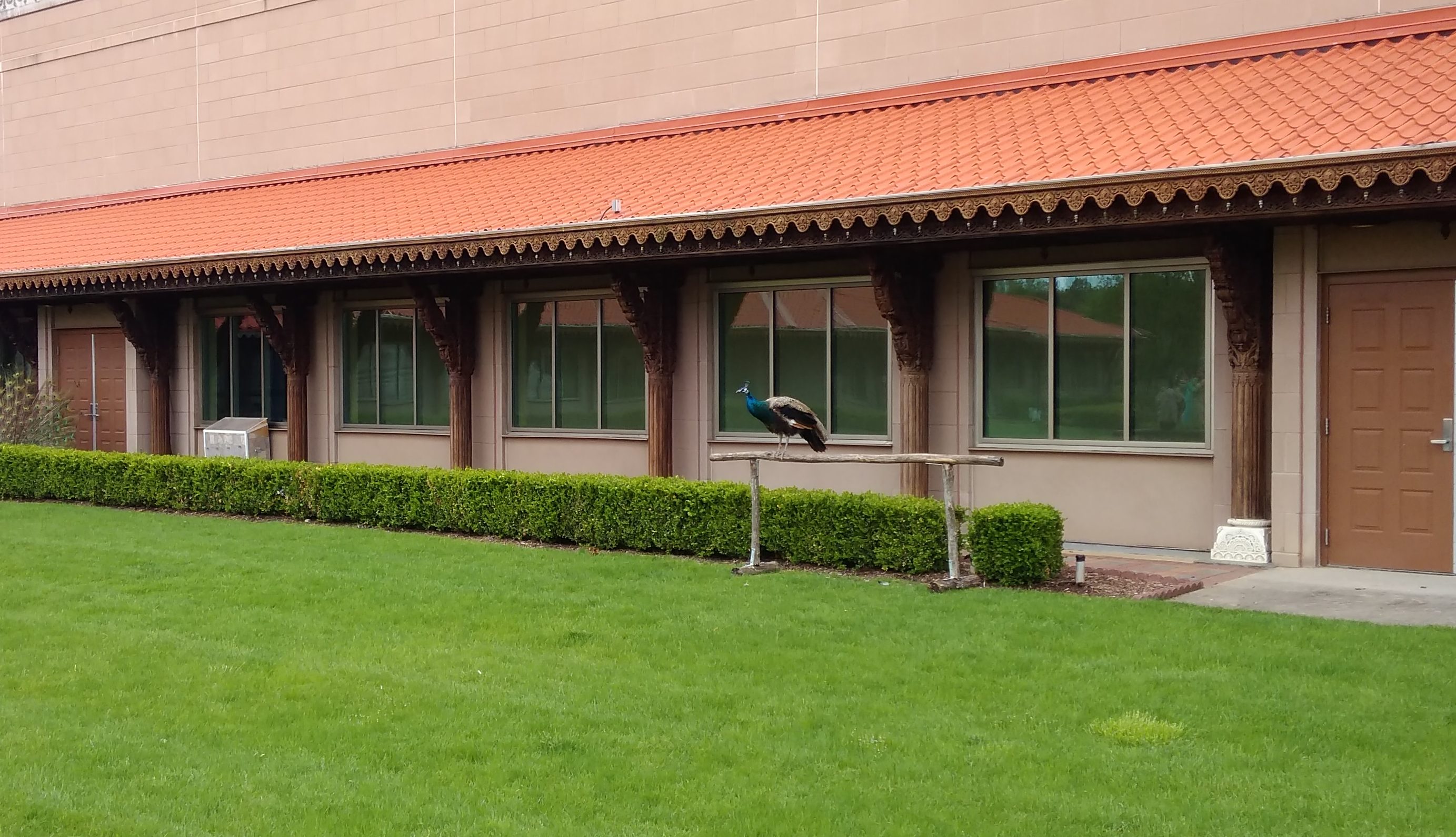
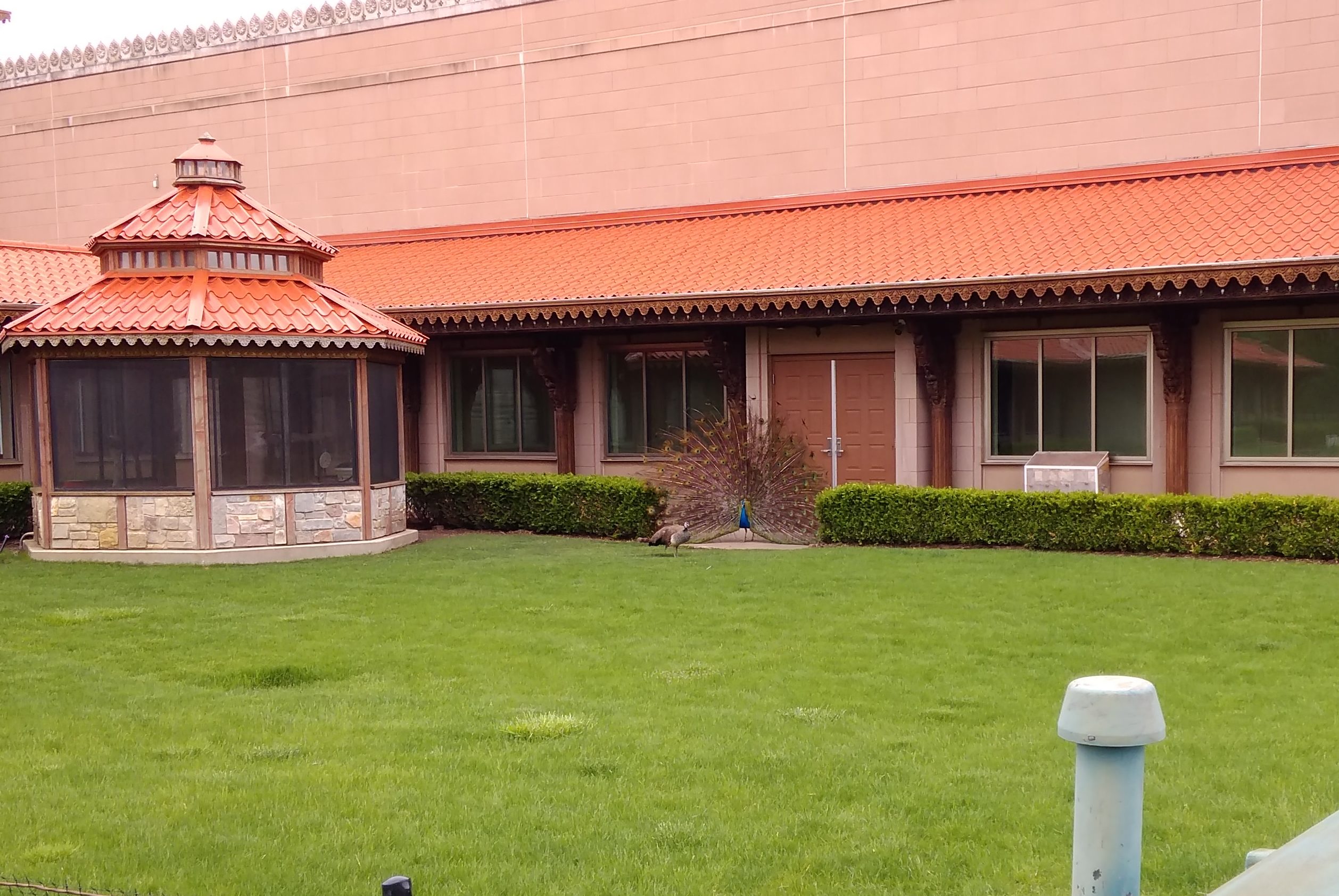
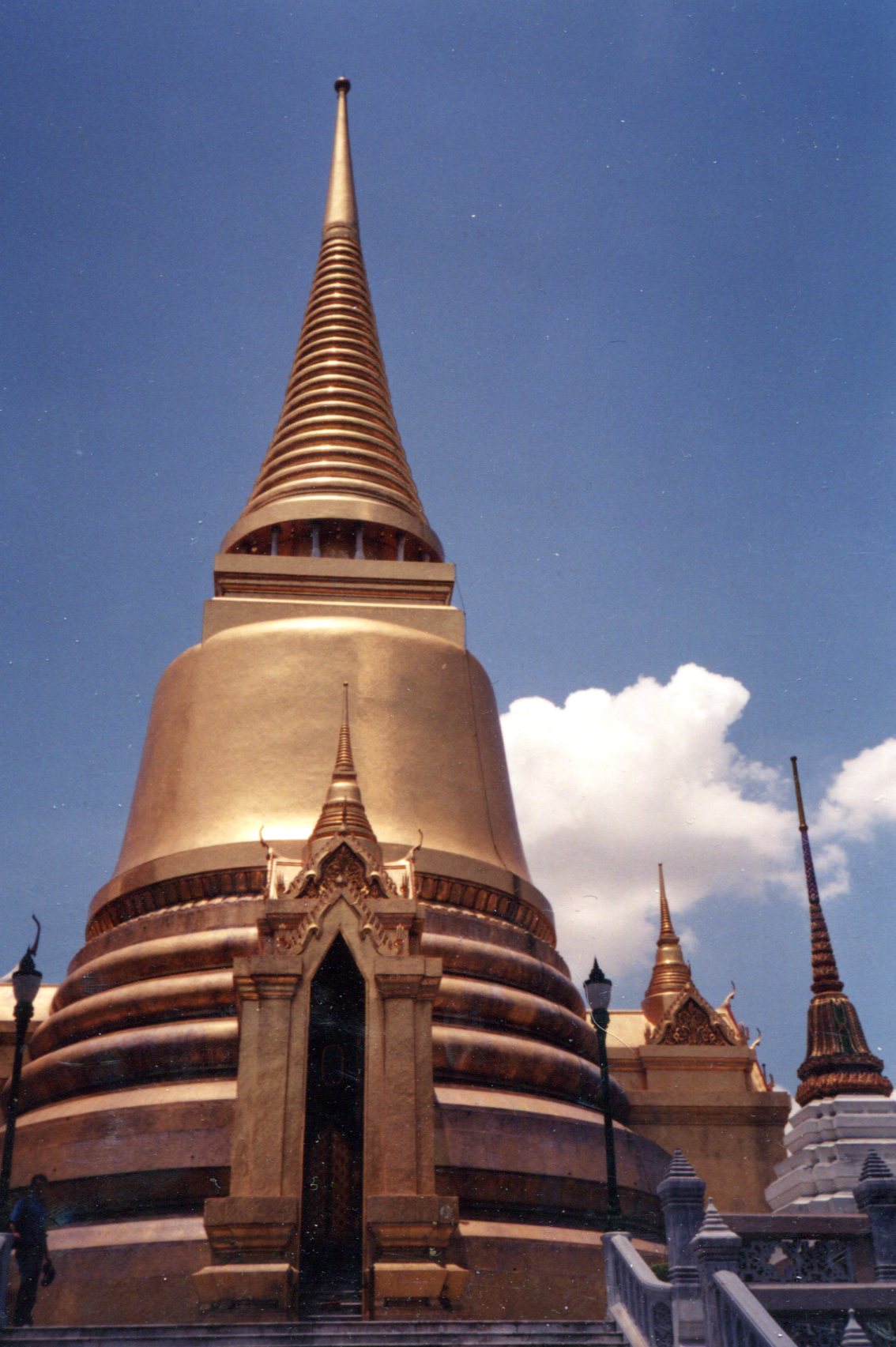
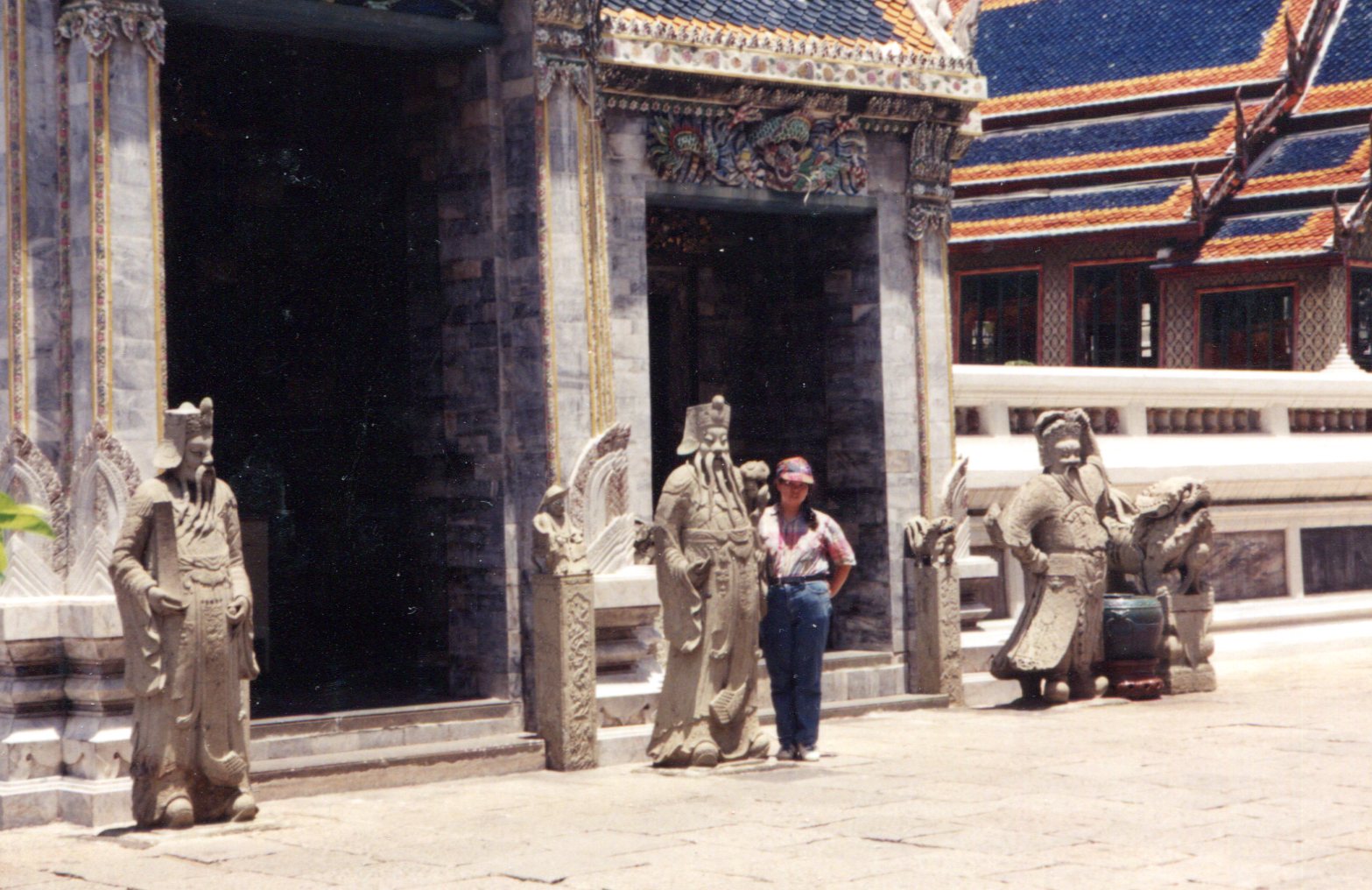
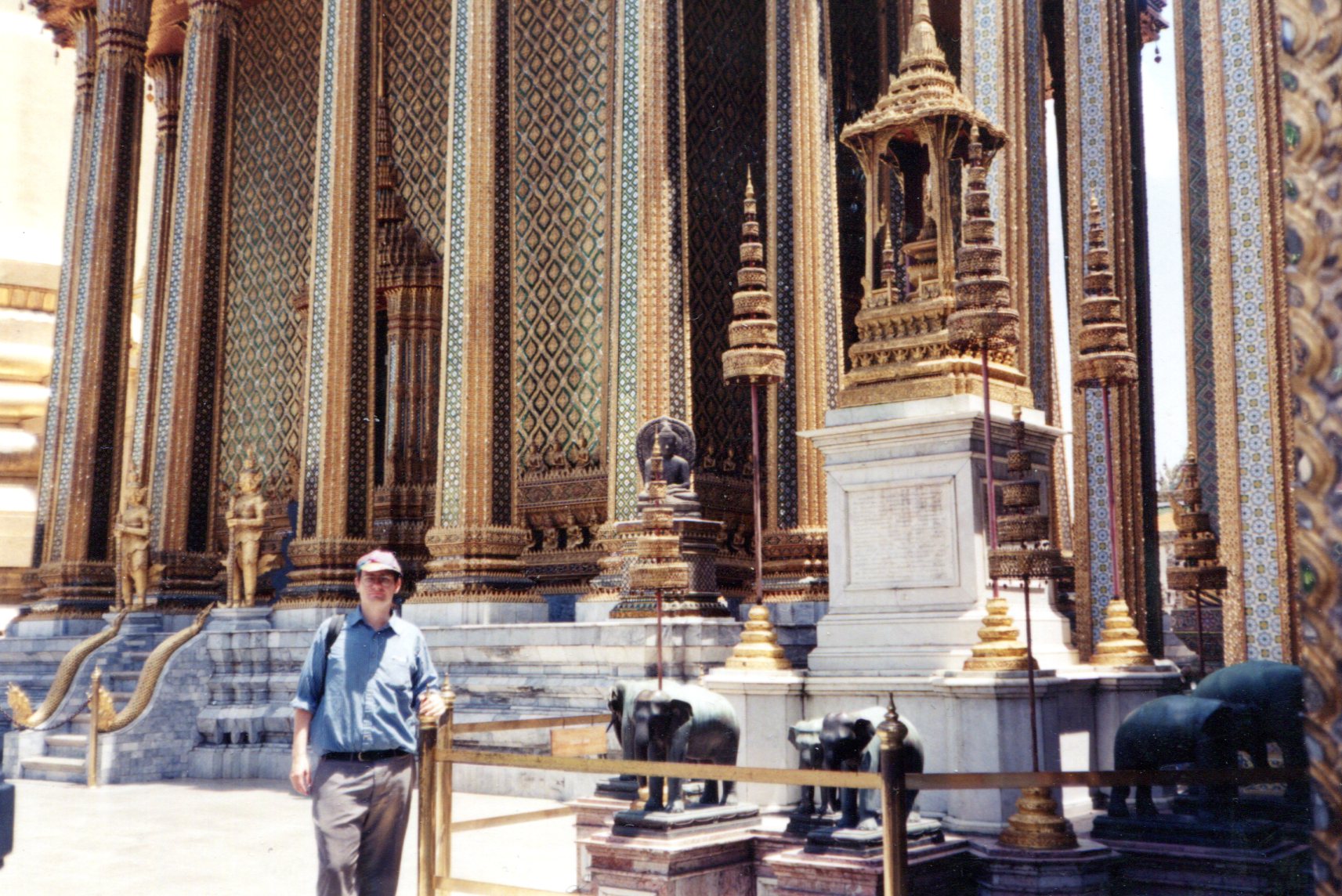
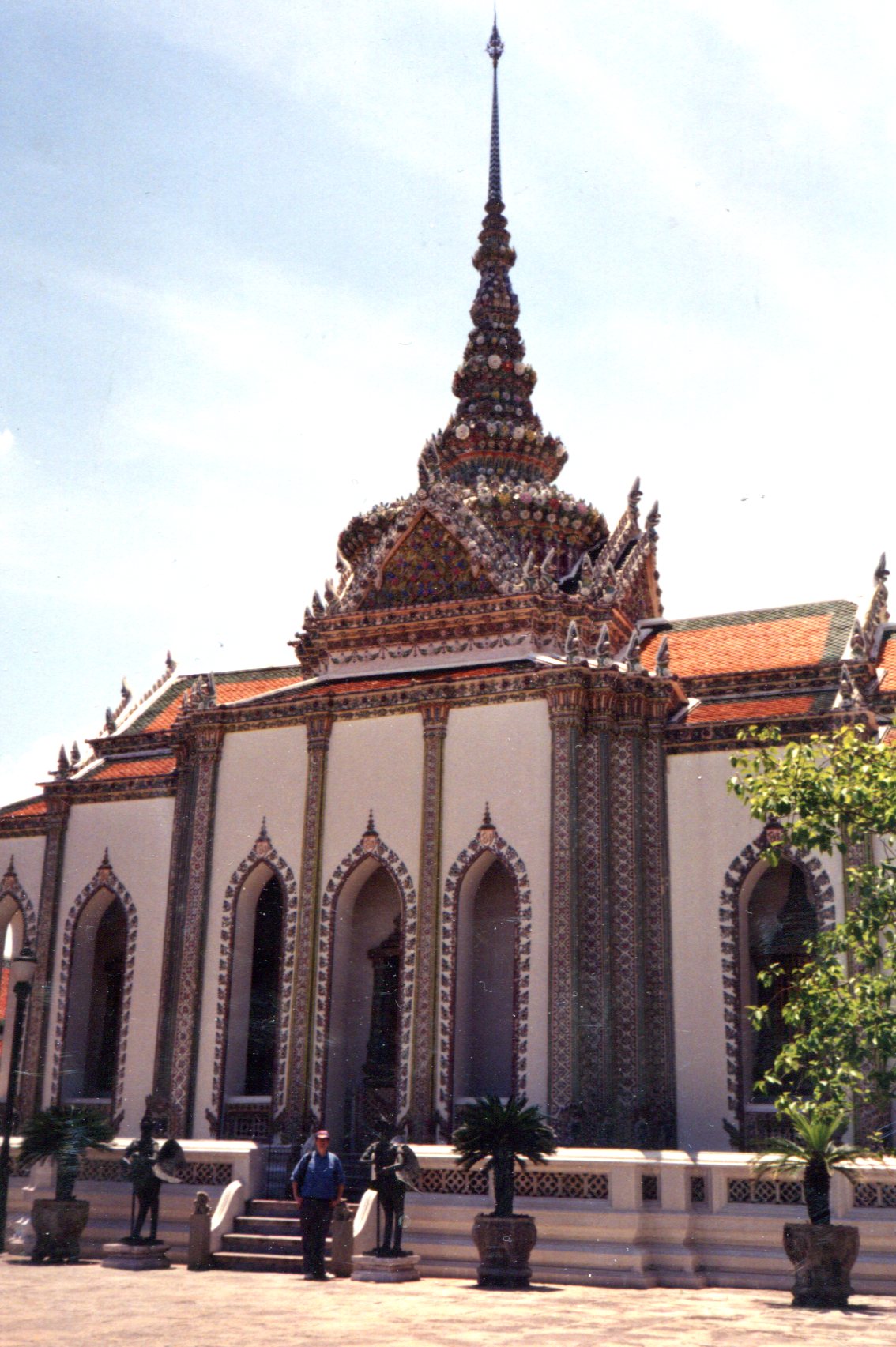
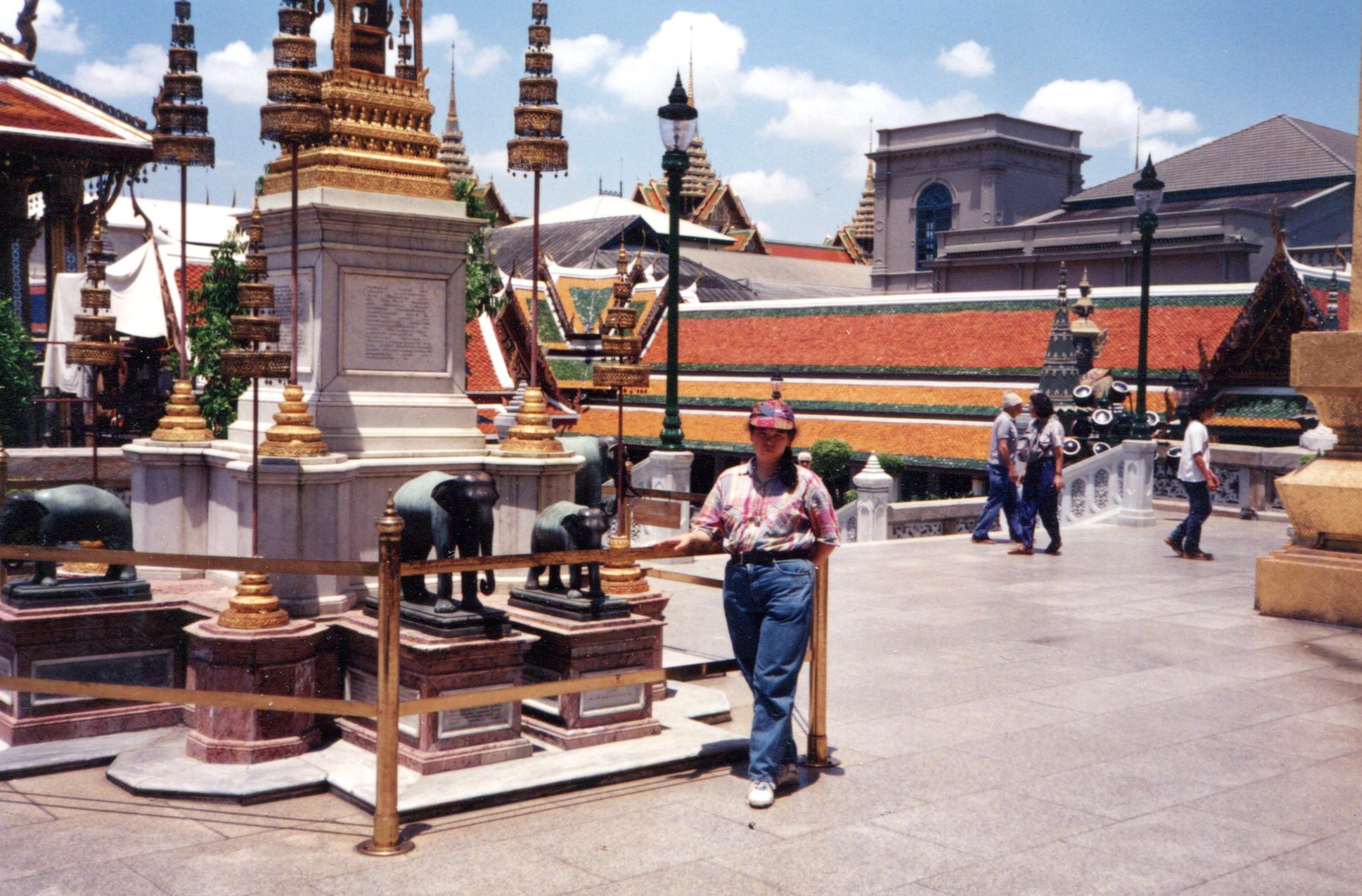
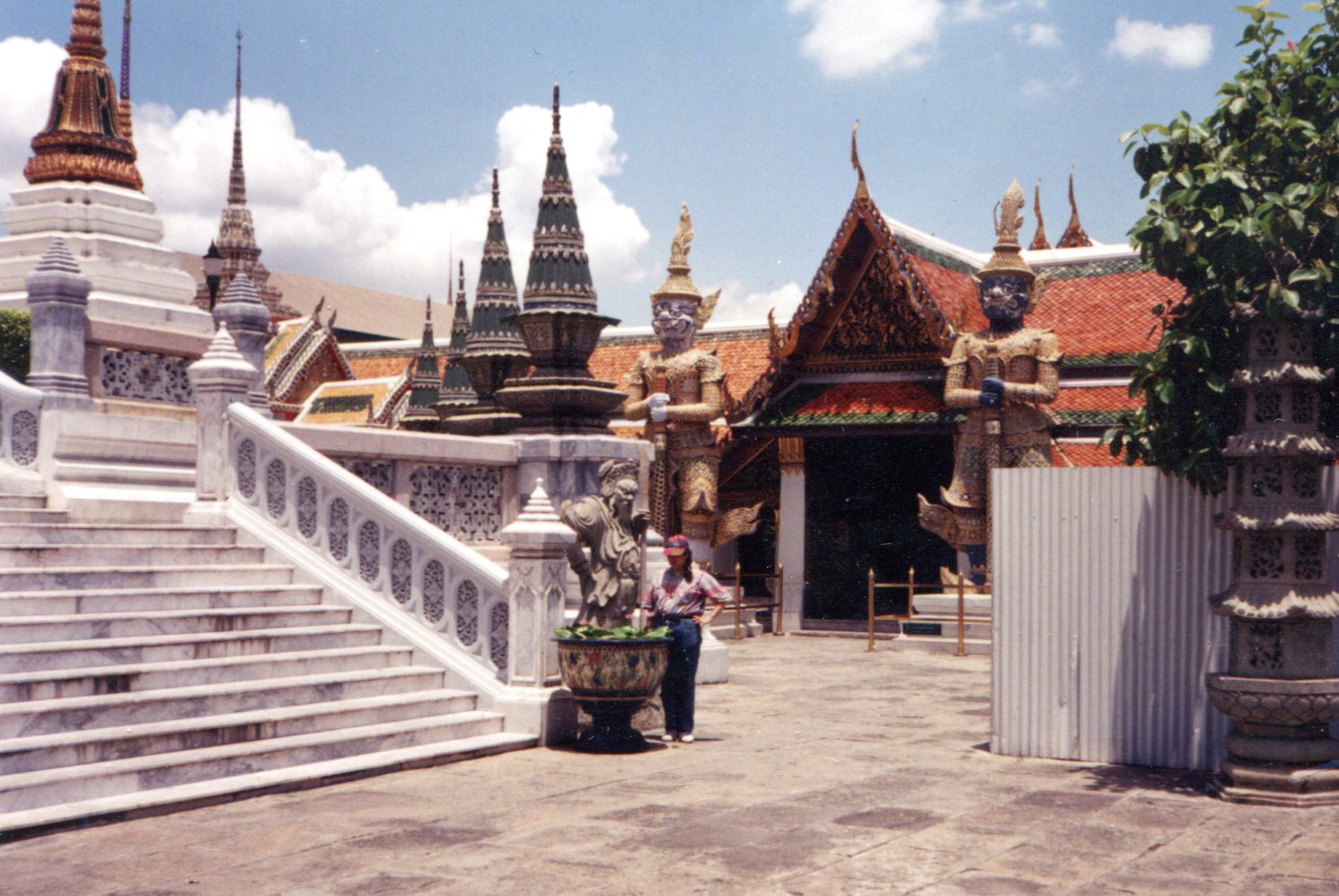
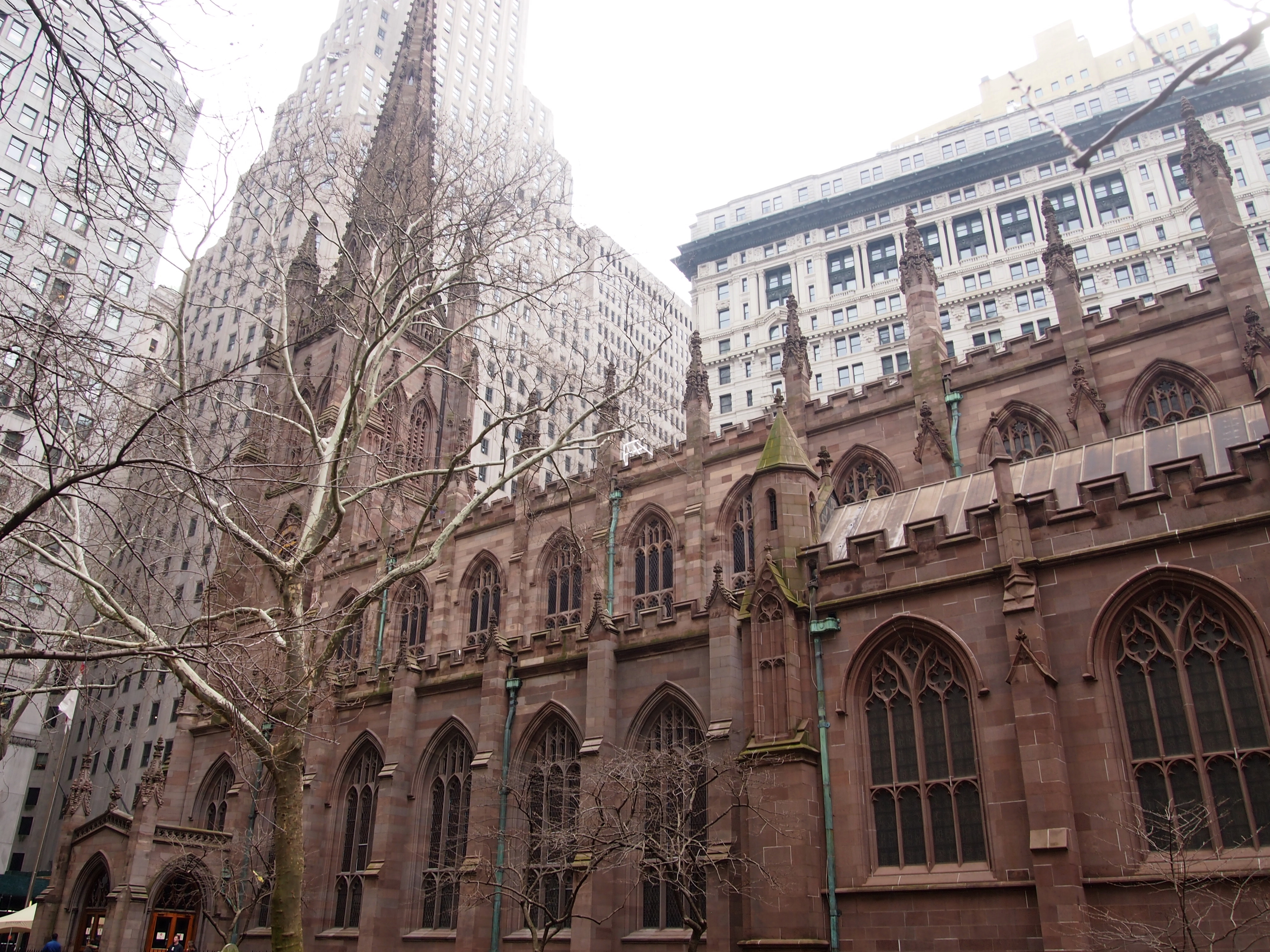
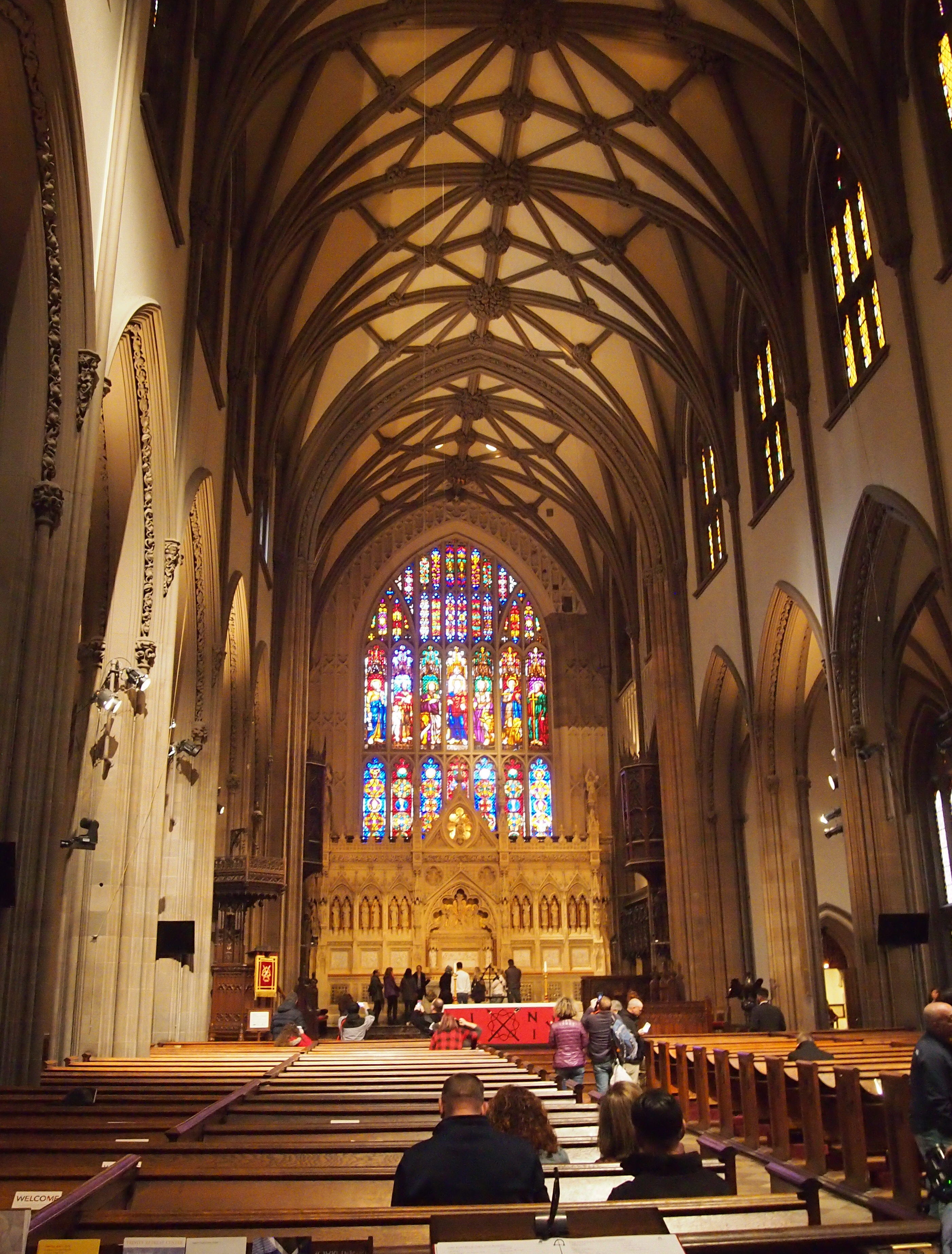
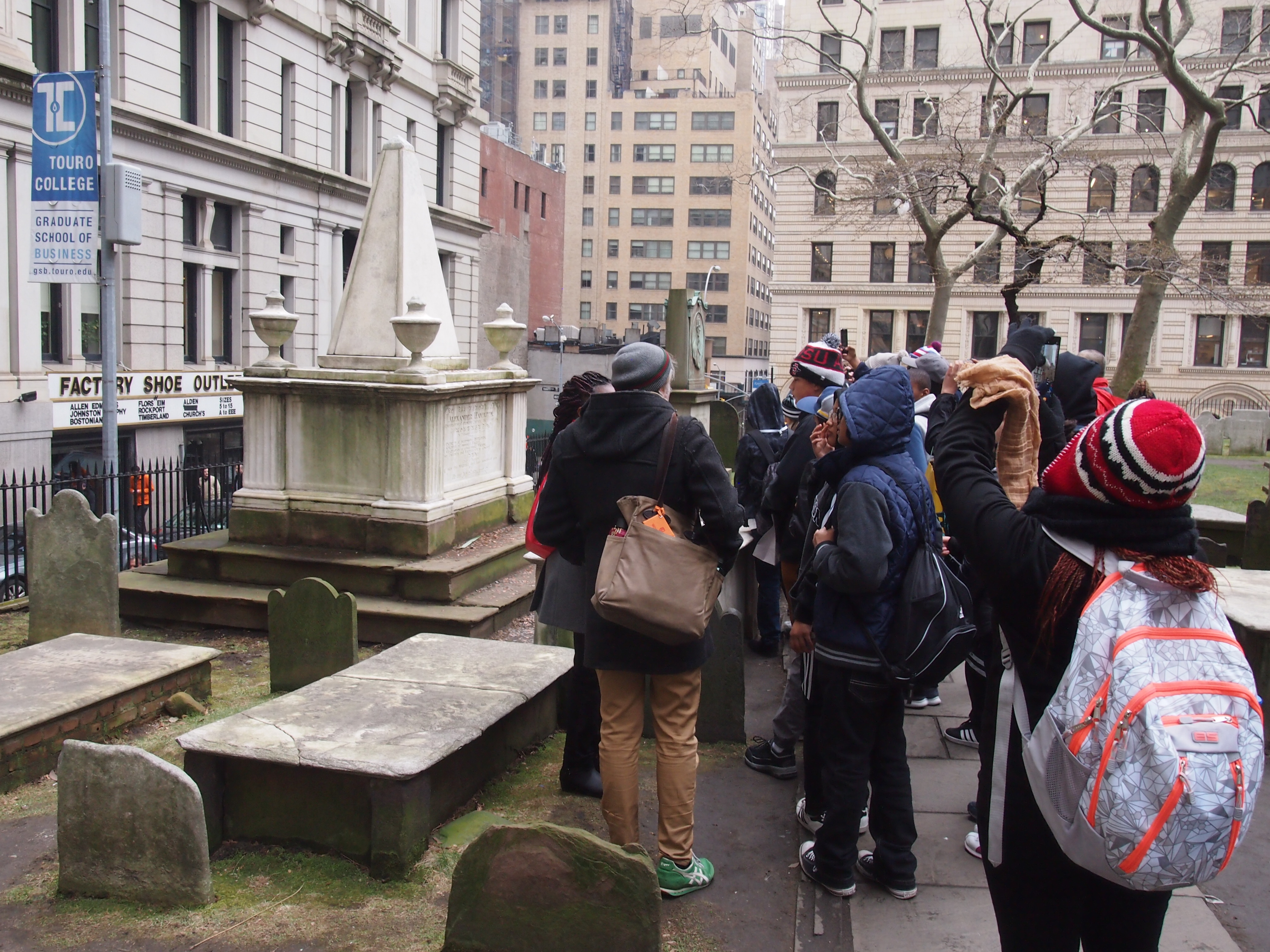
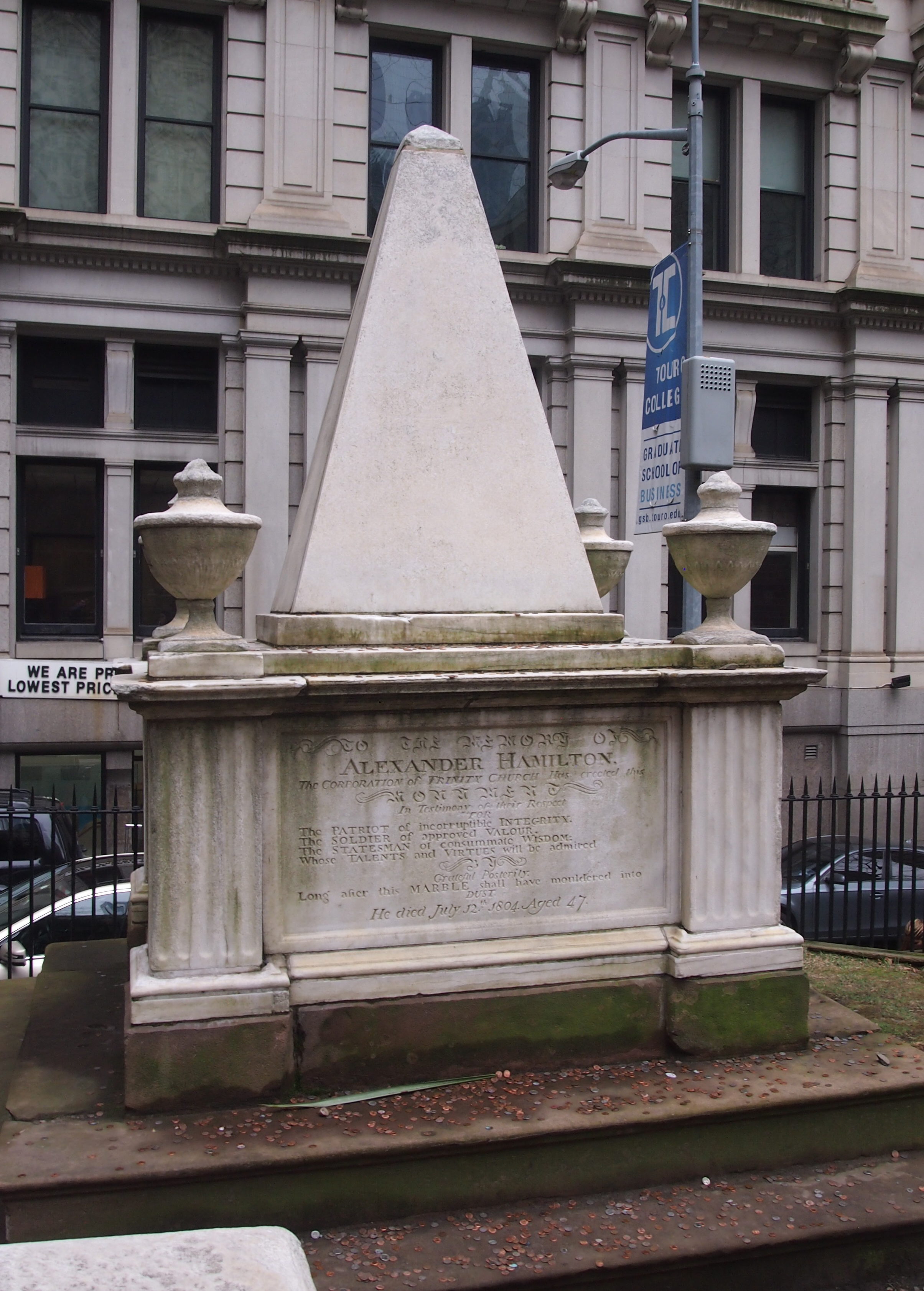 I have to admit that I either didn’t know, or had forgotten, that he is buried at Trinity. In a way, that was a good thing, since it was a nice surprise.
I have to admit that I either didn’t know, or had forgotten, that he is buried at Trinity. In a way, that was a good thing, since it was a nice surprise.